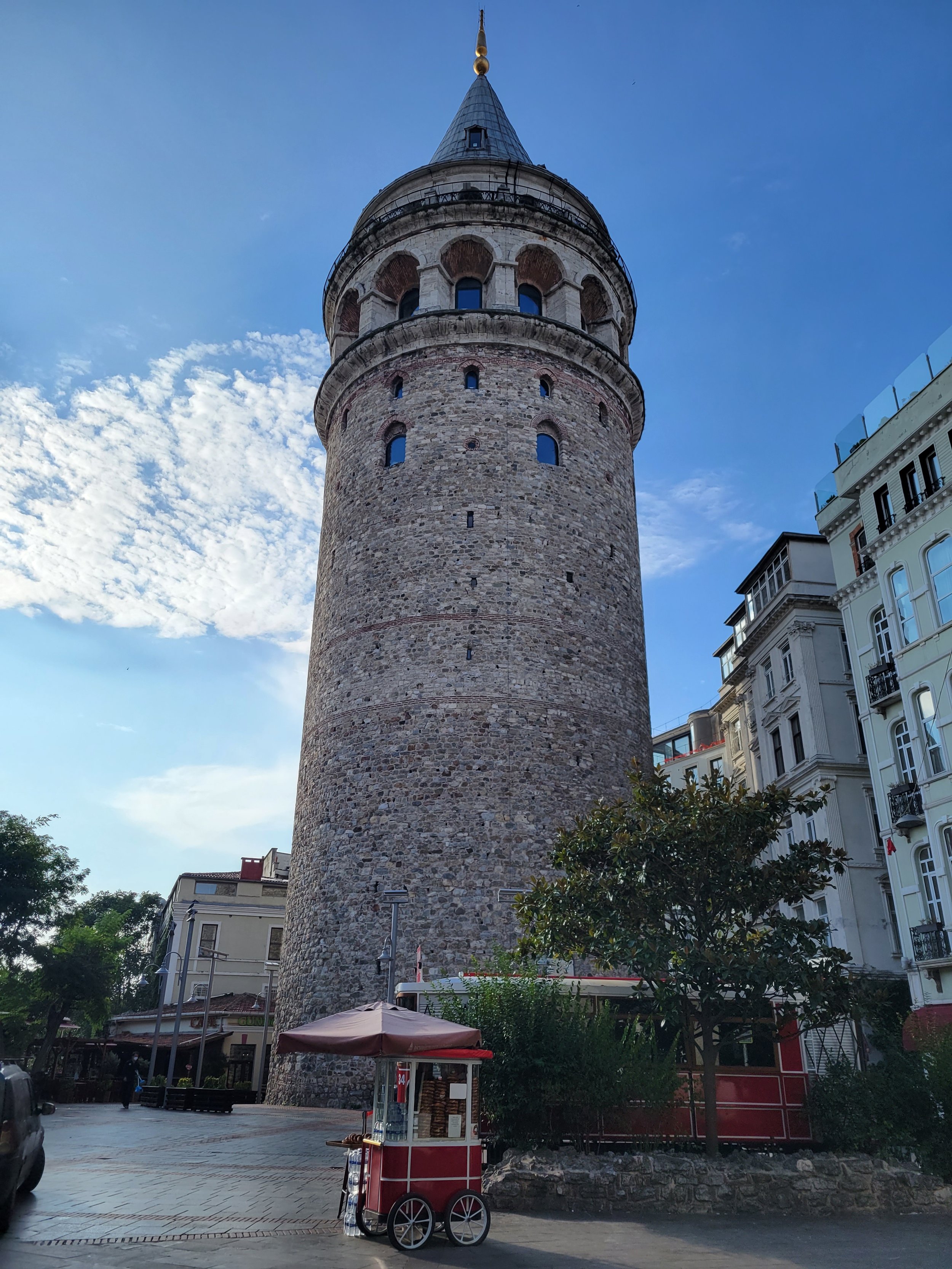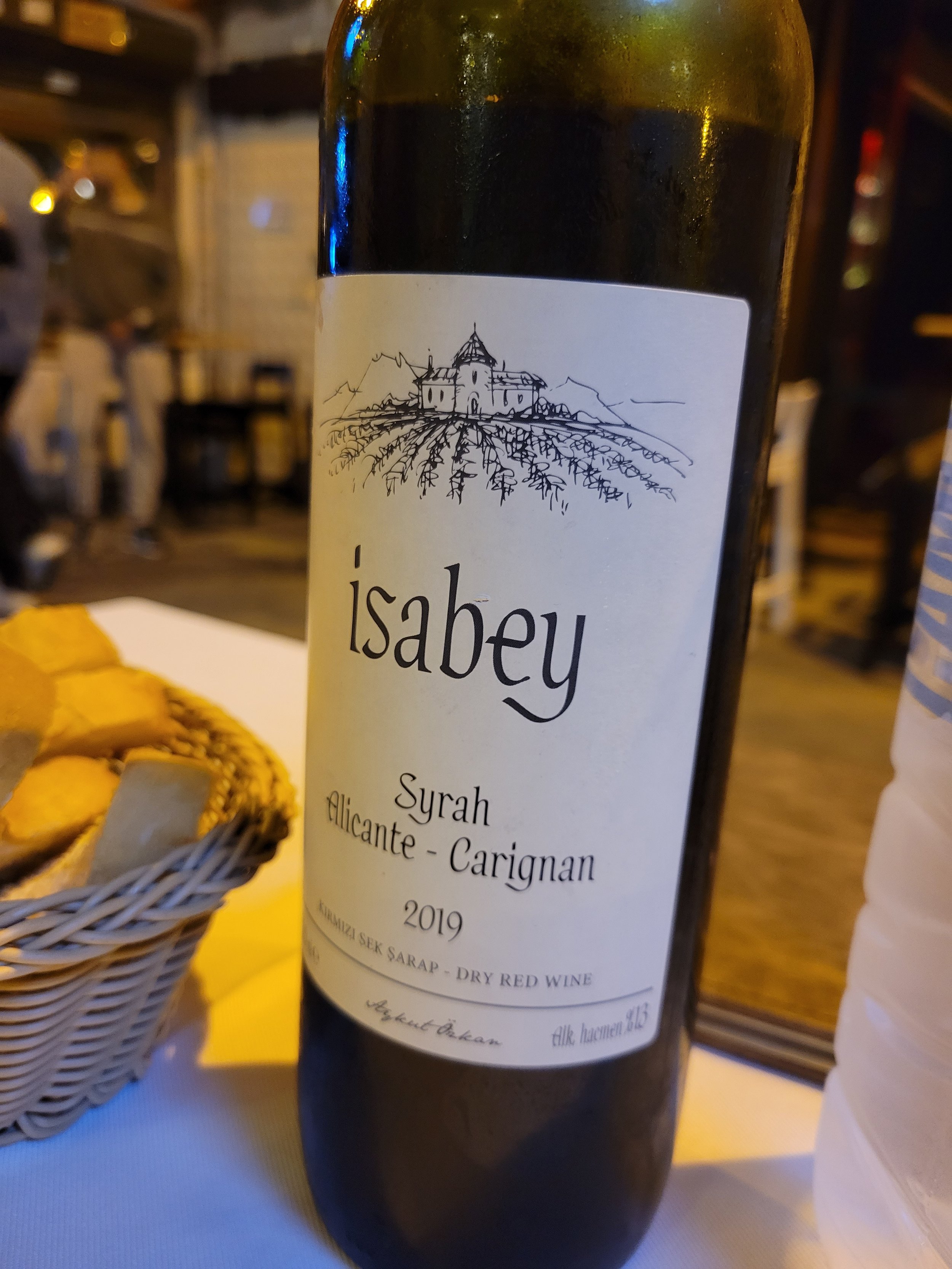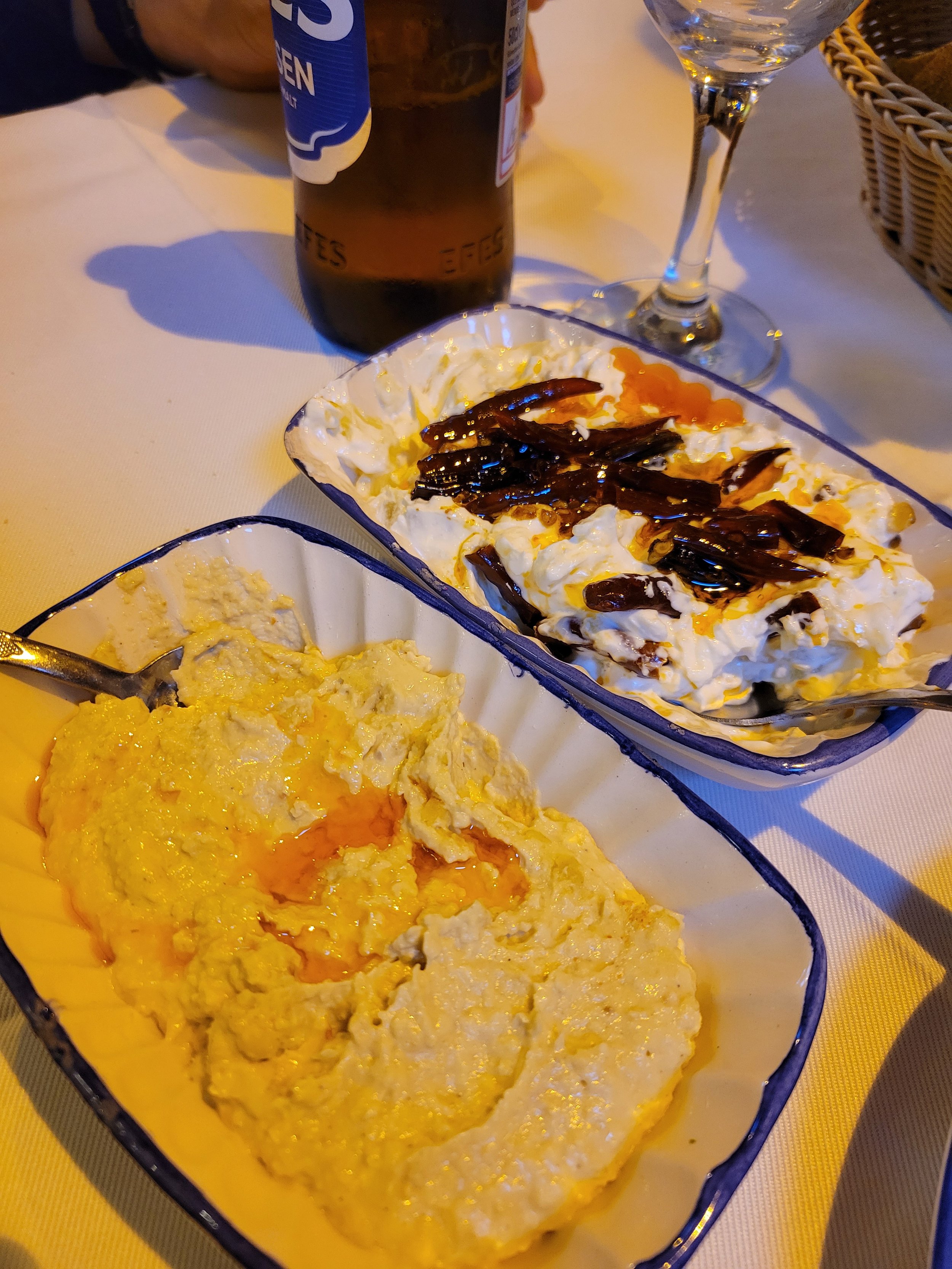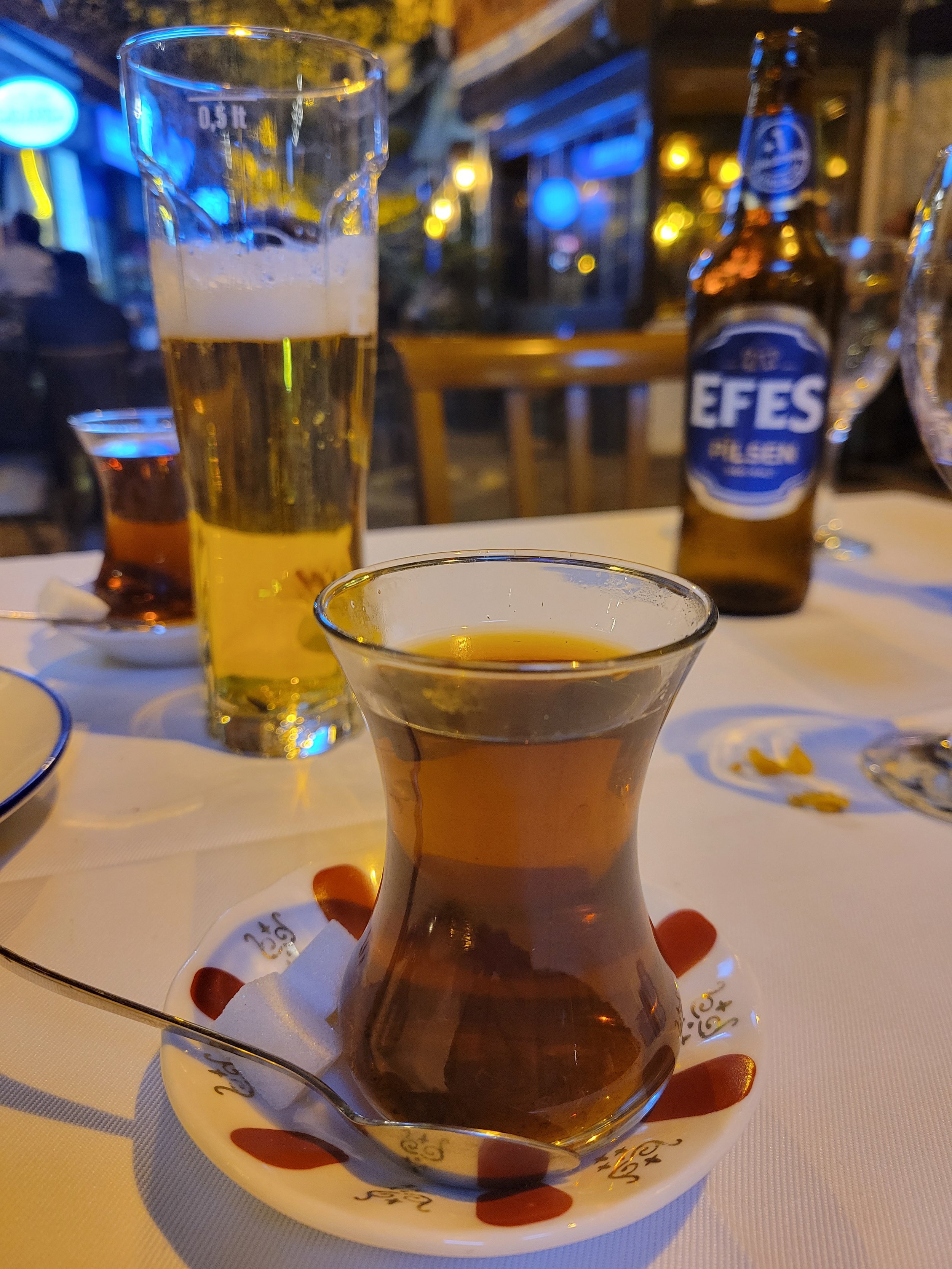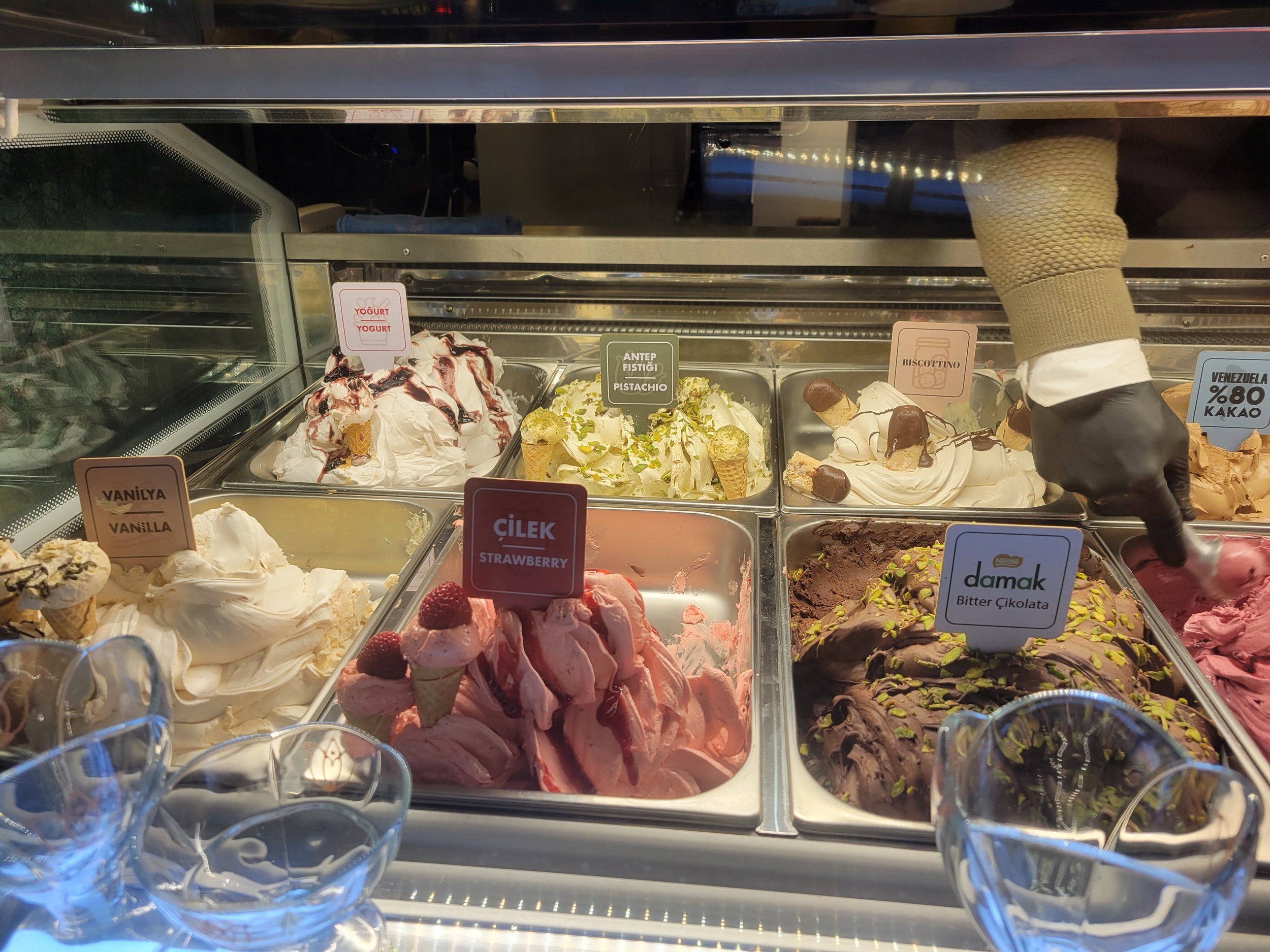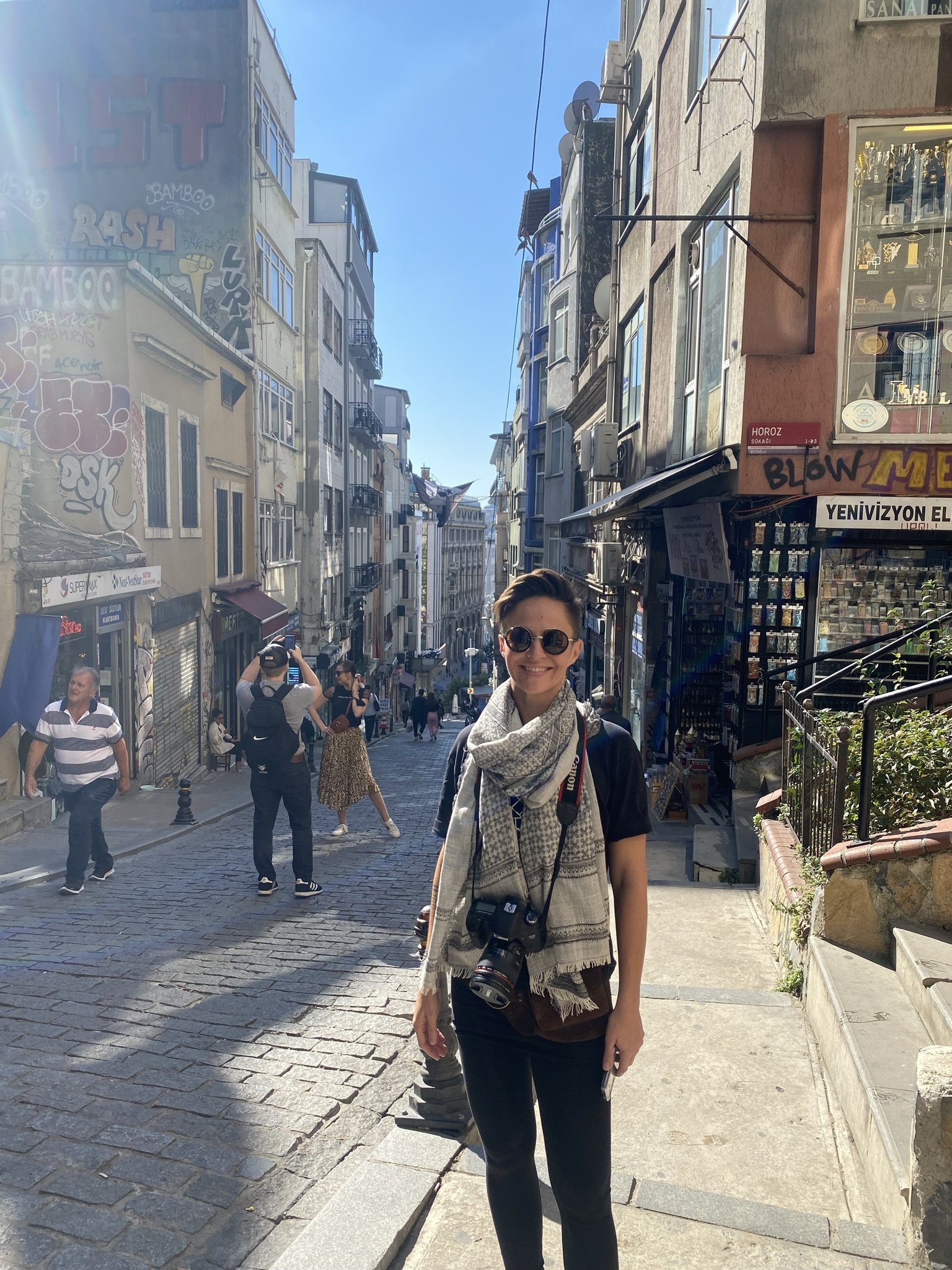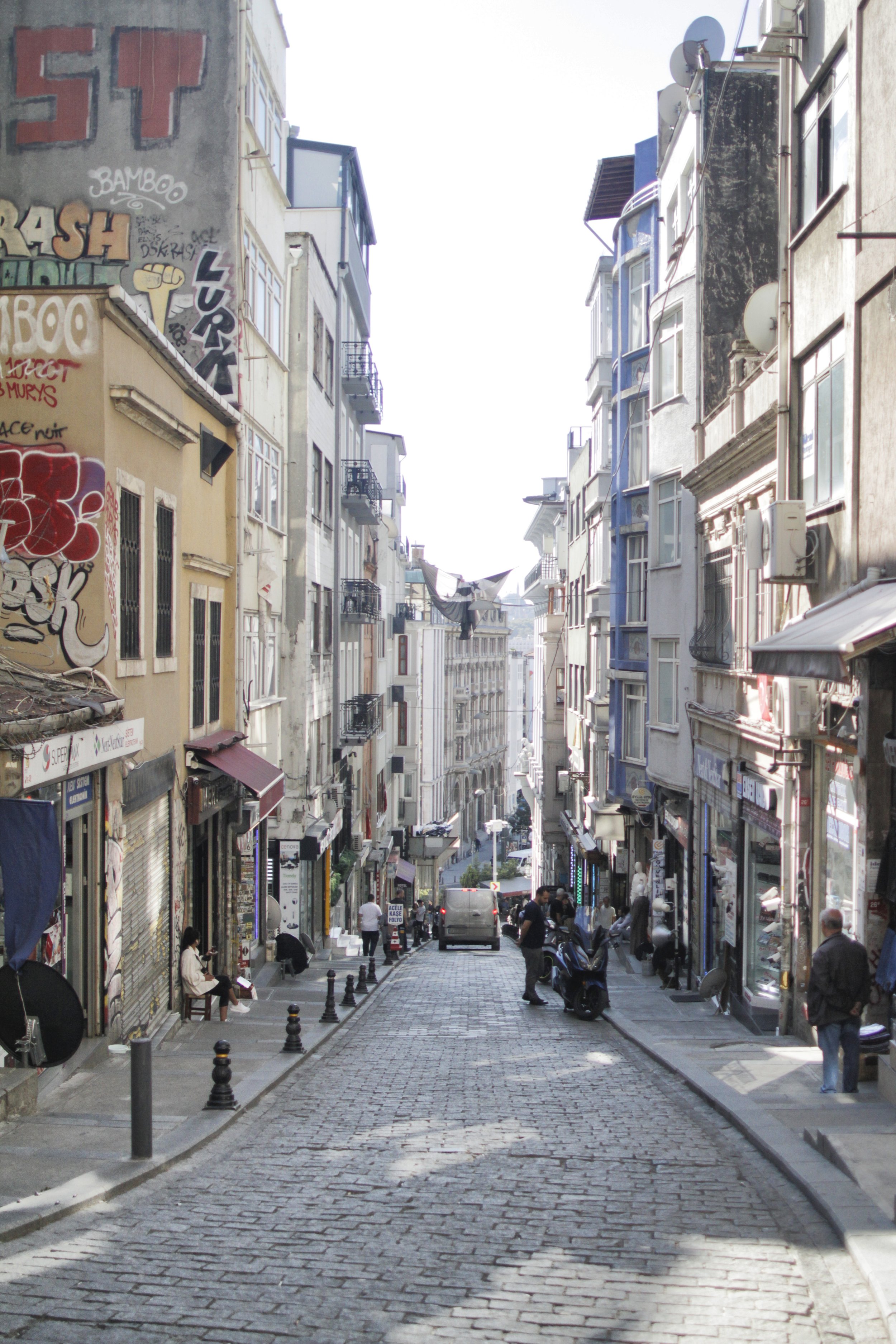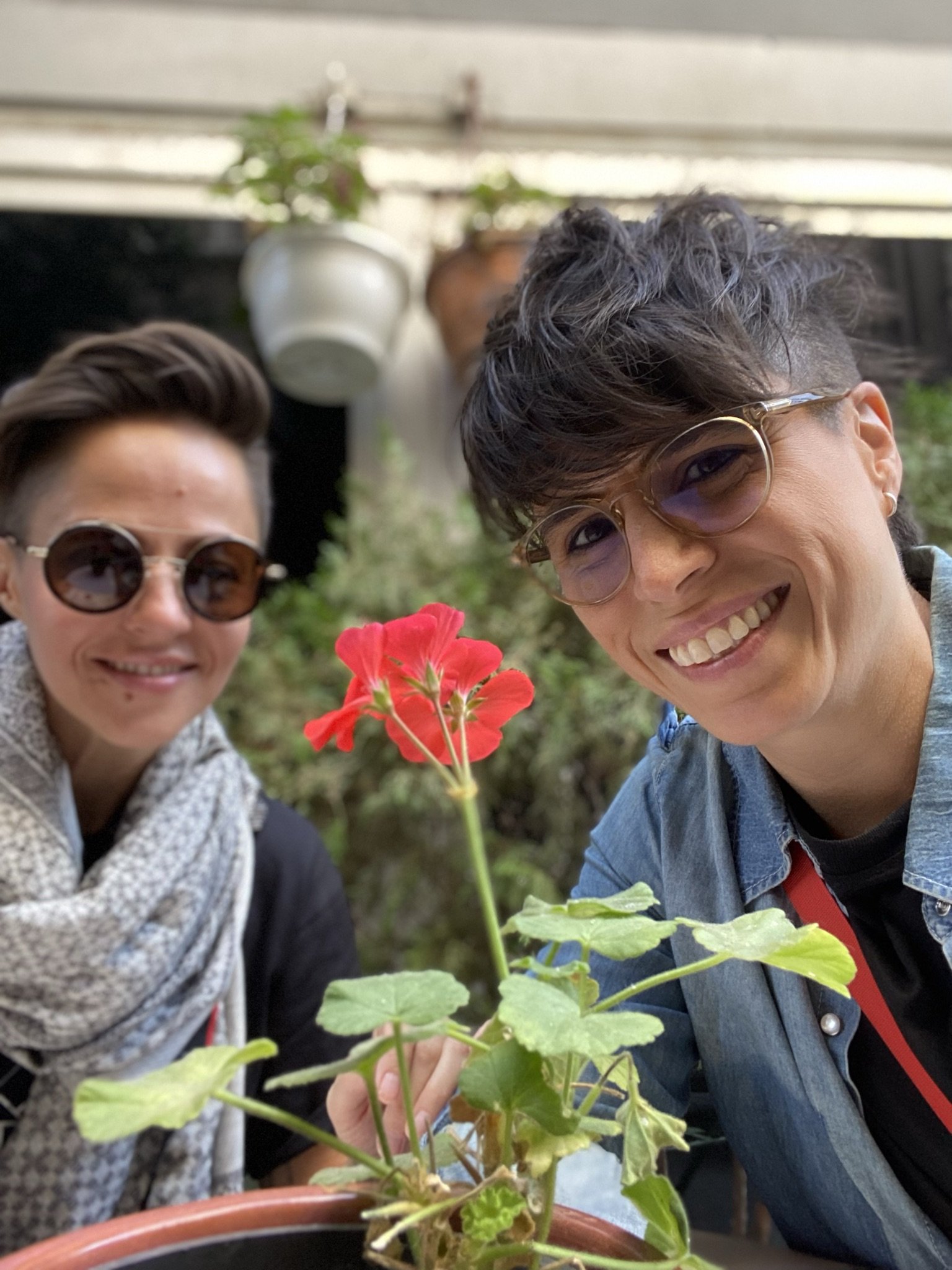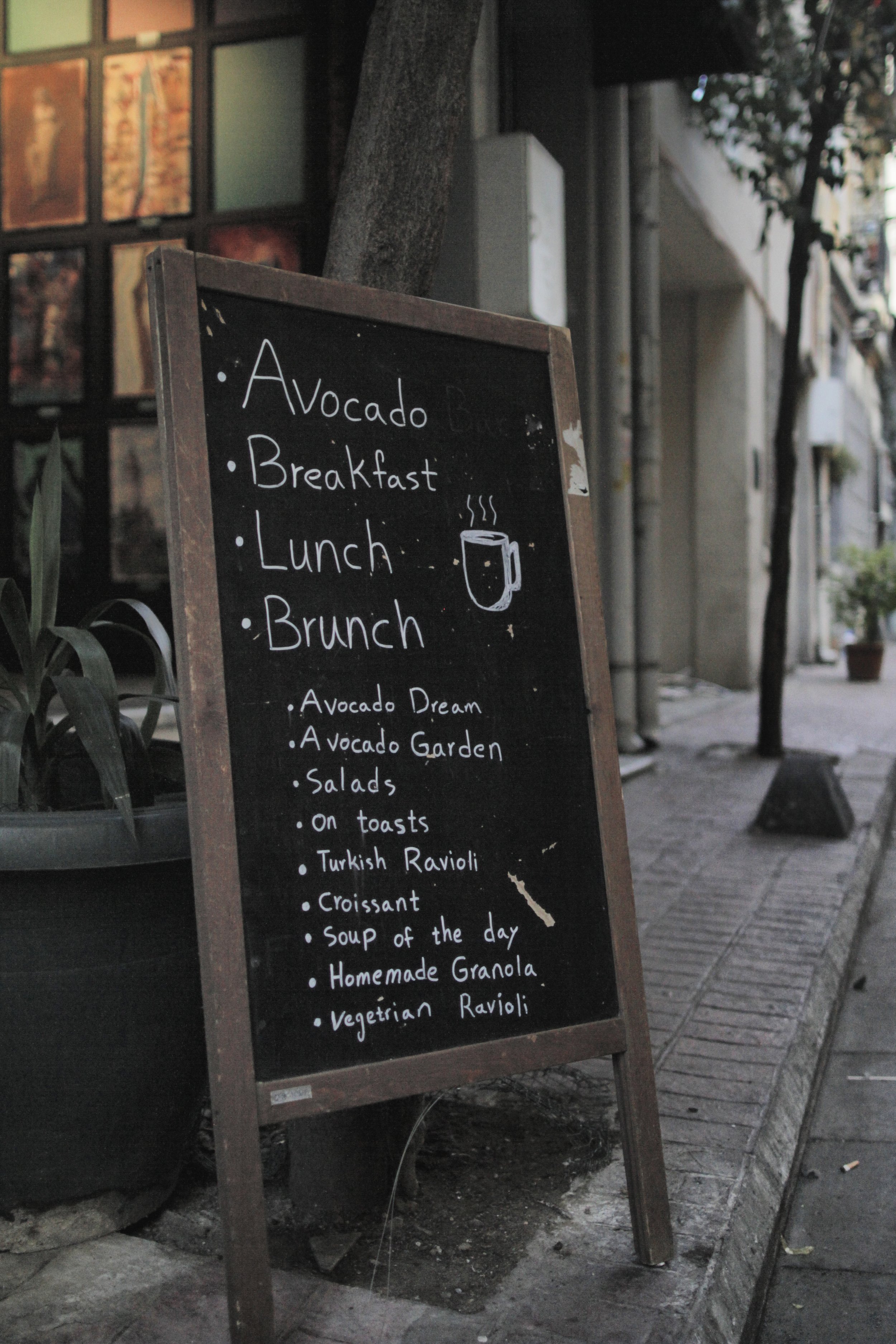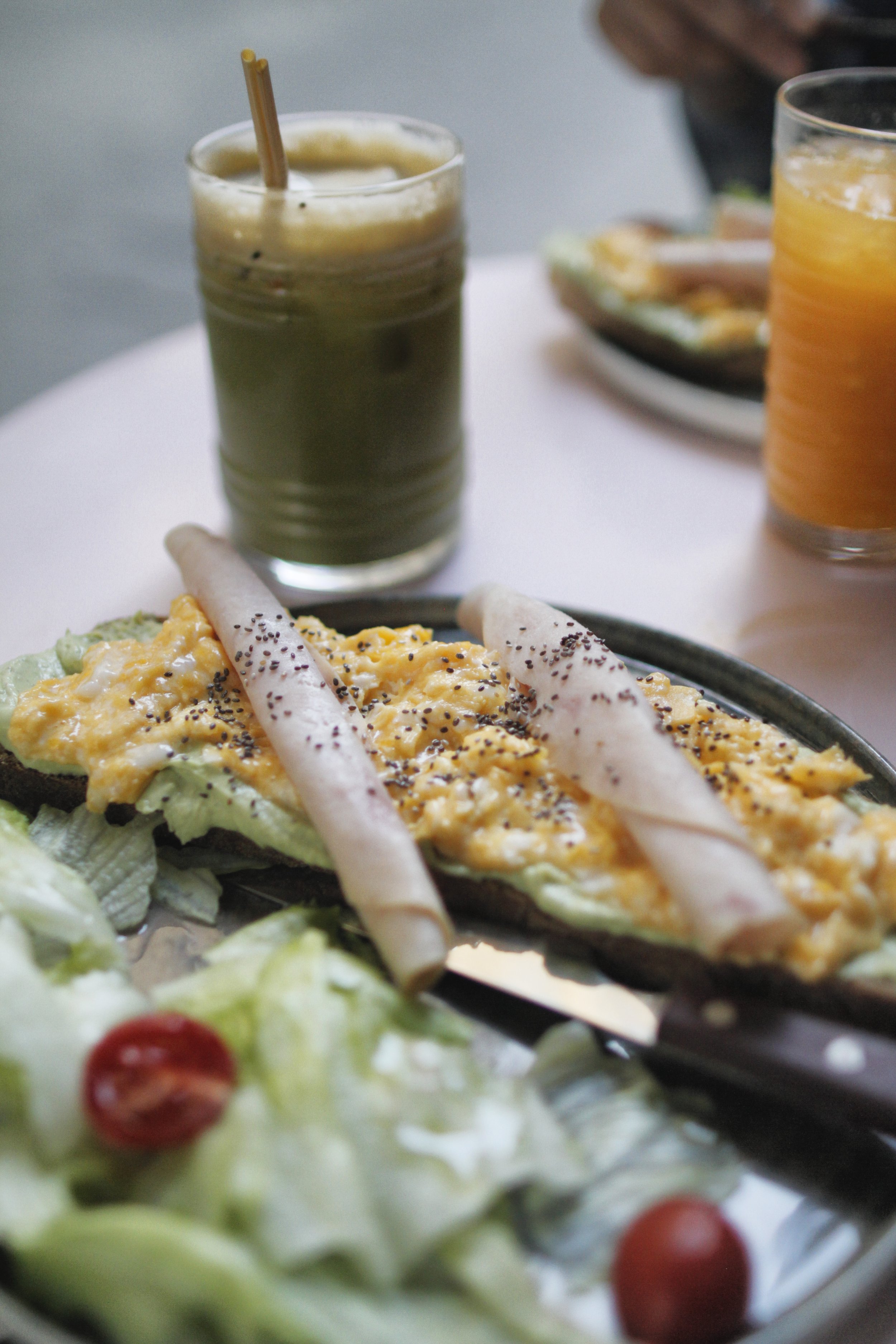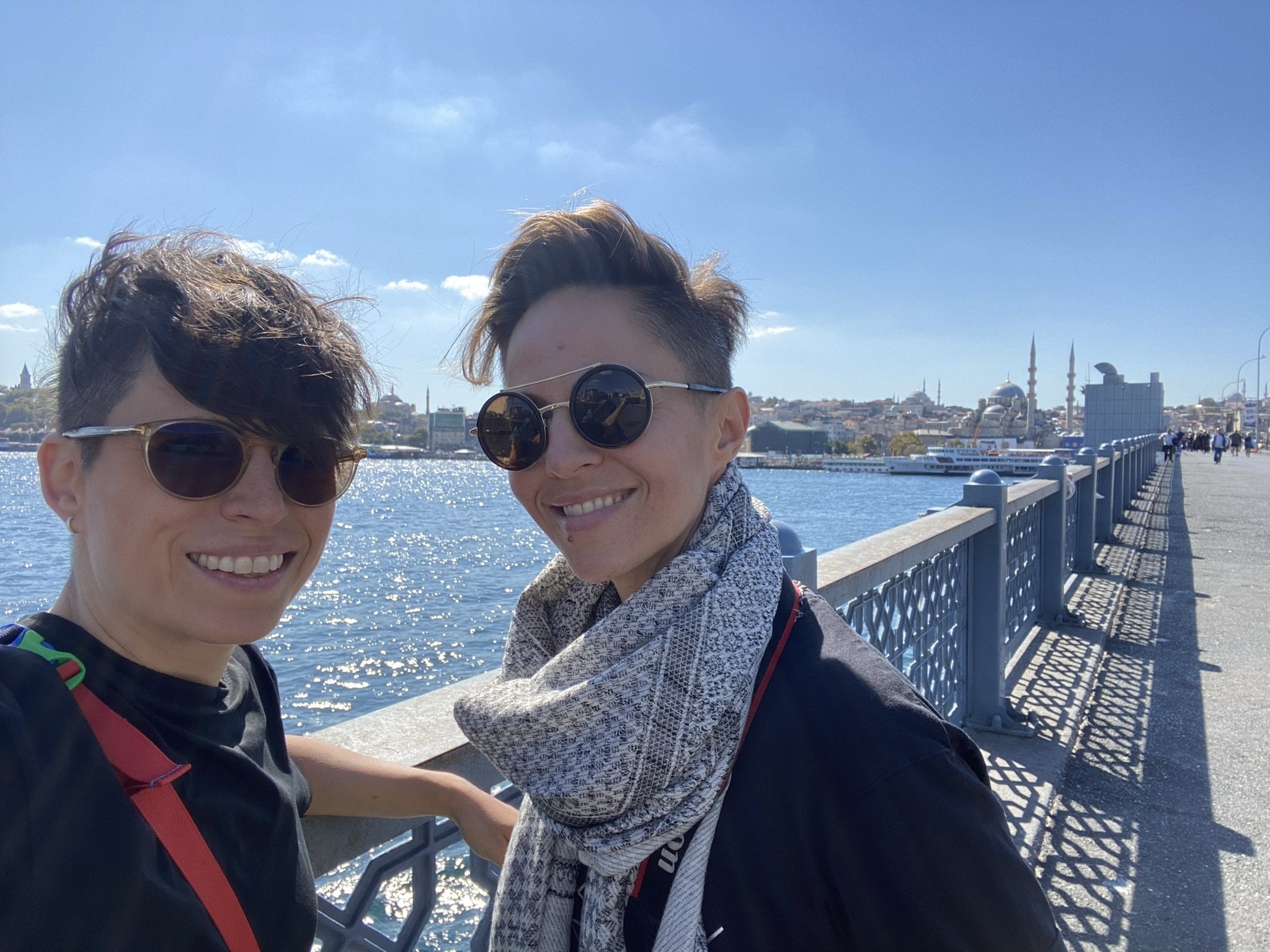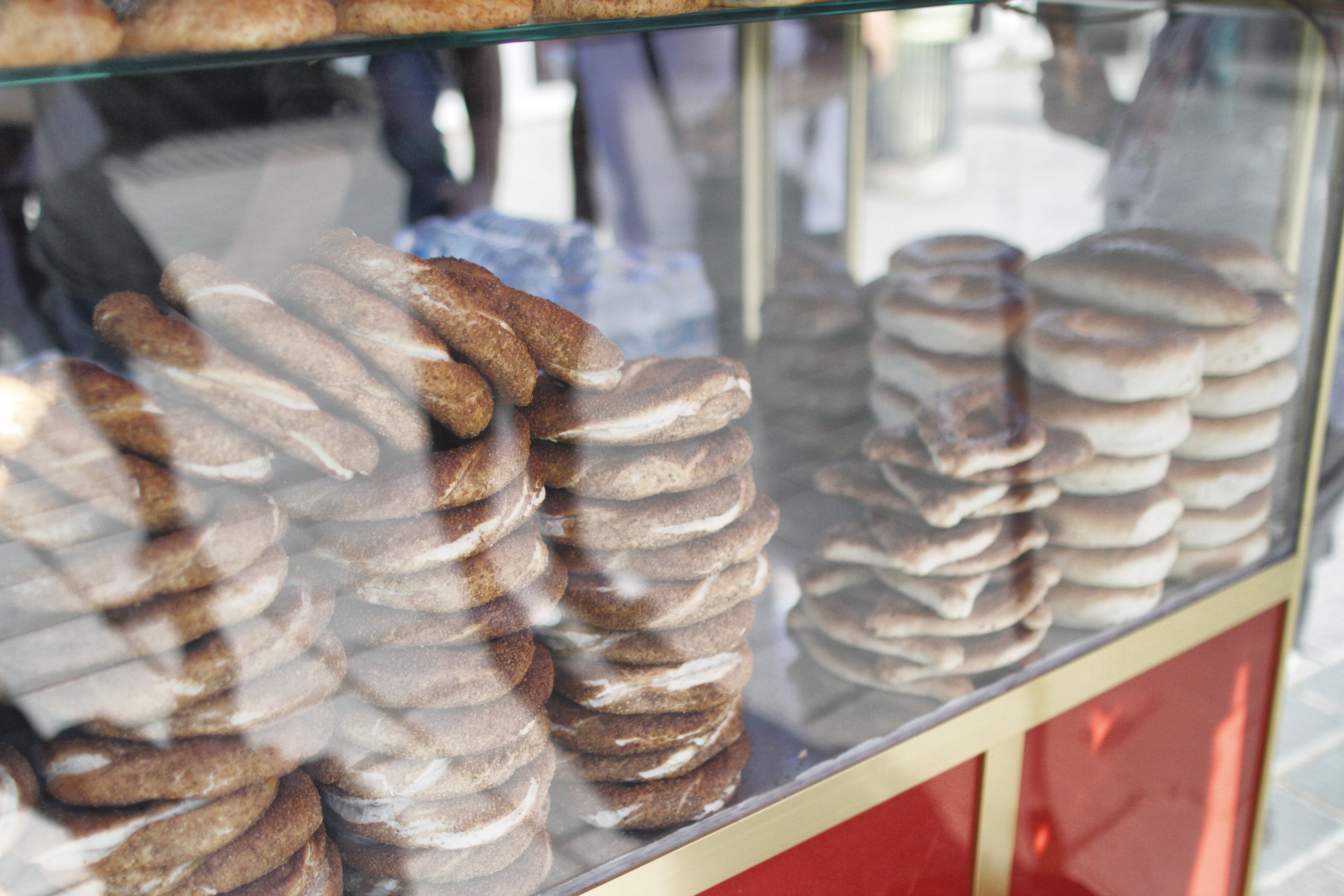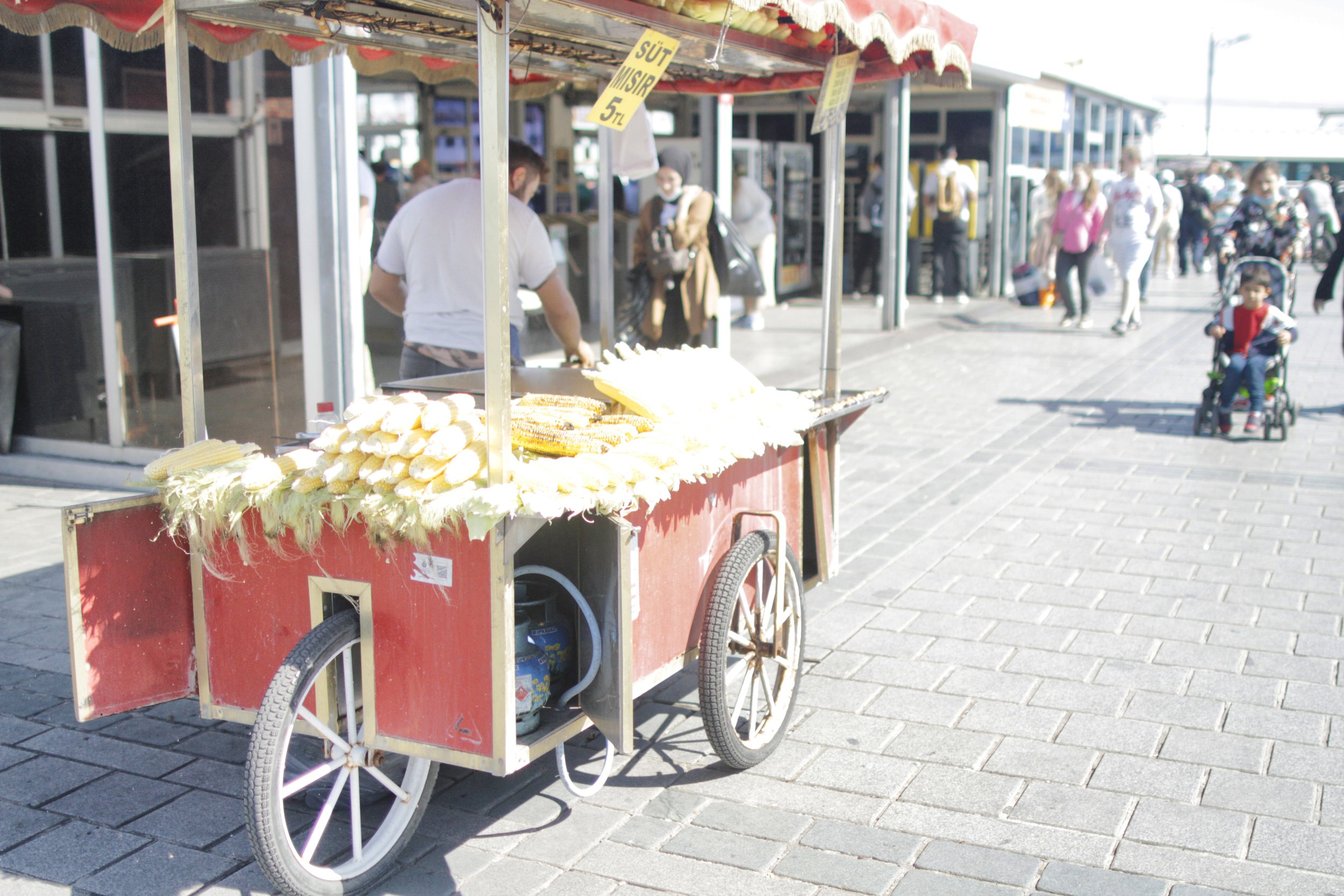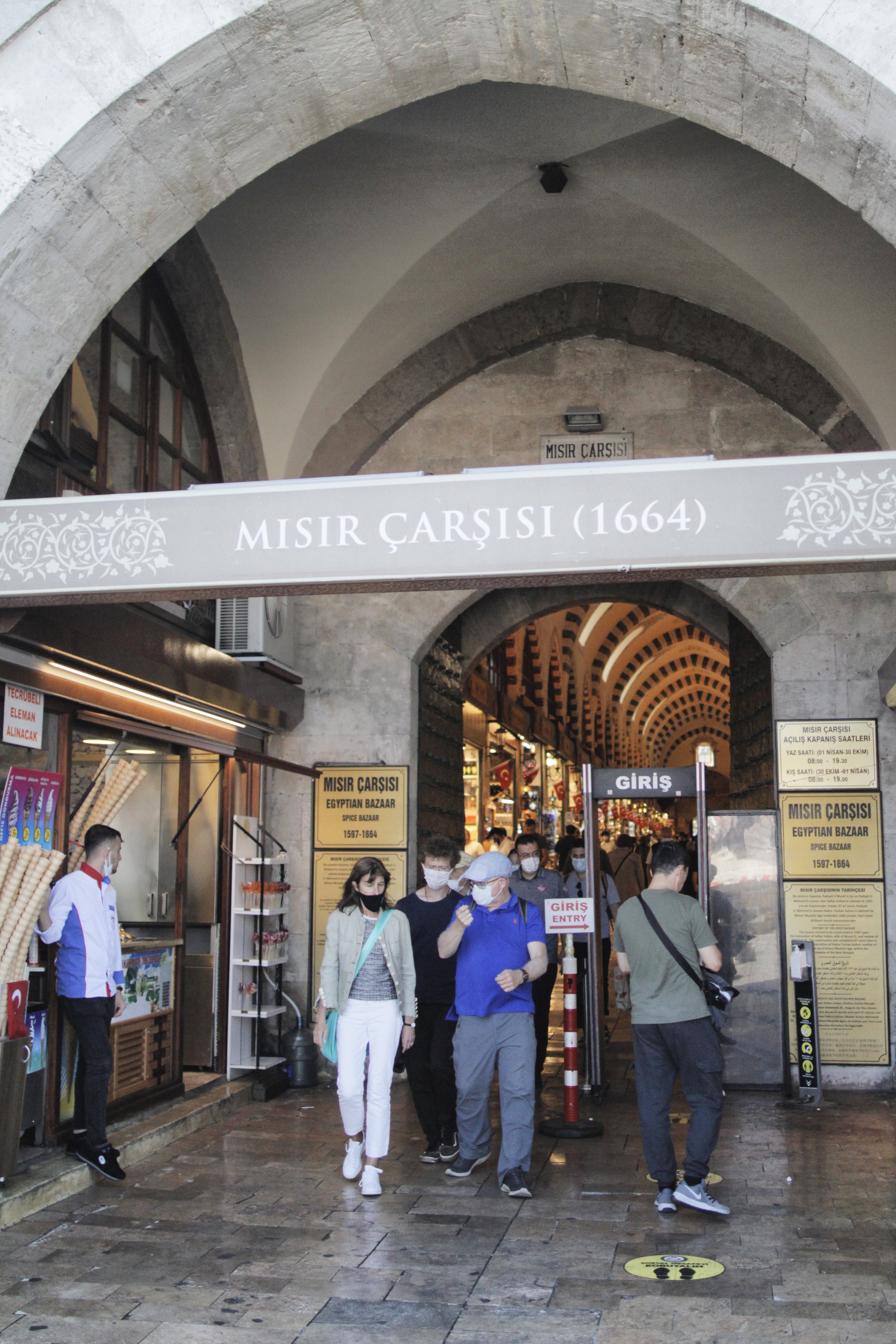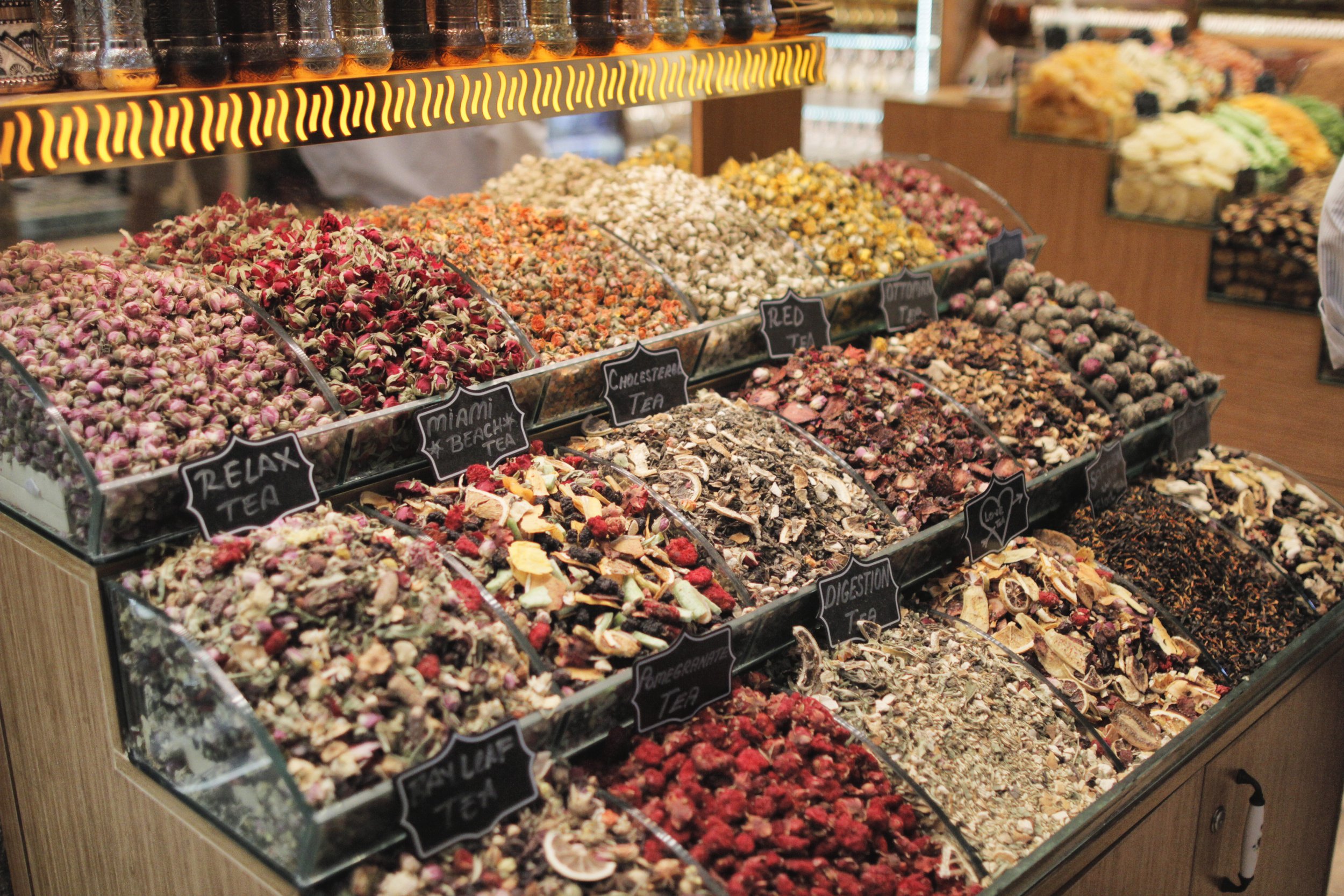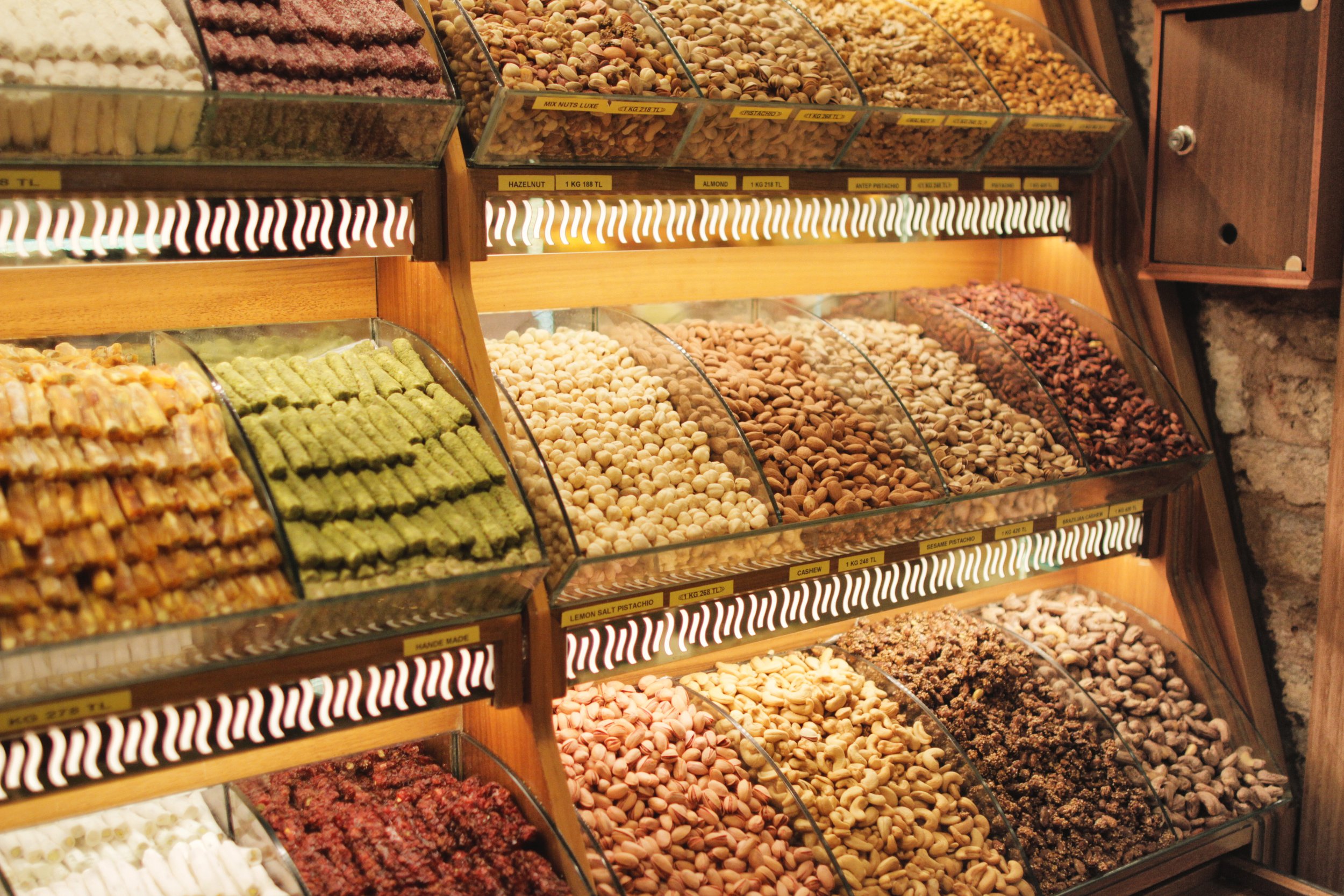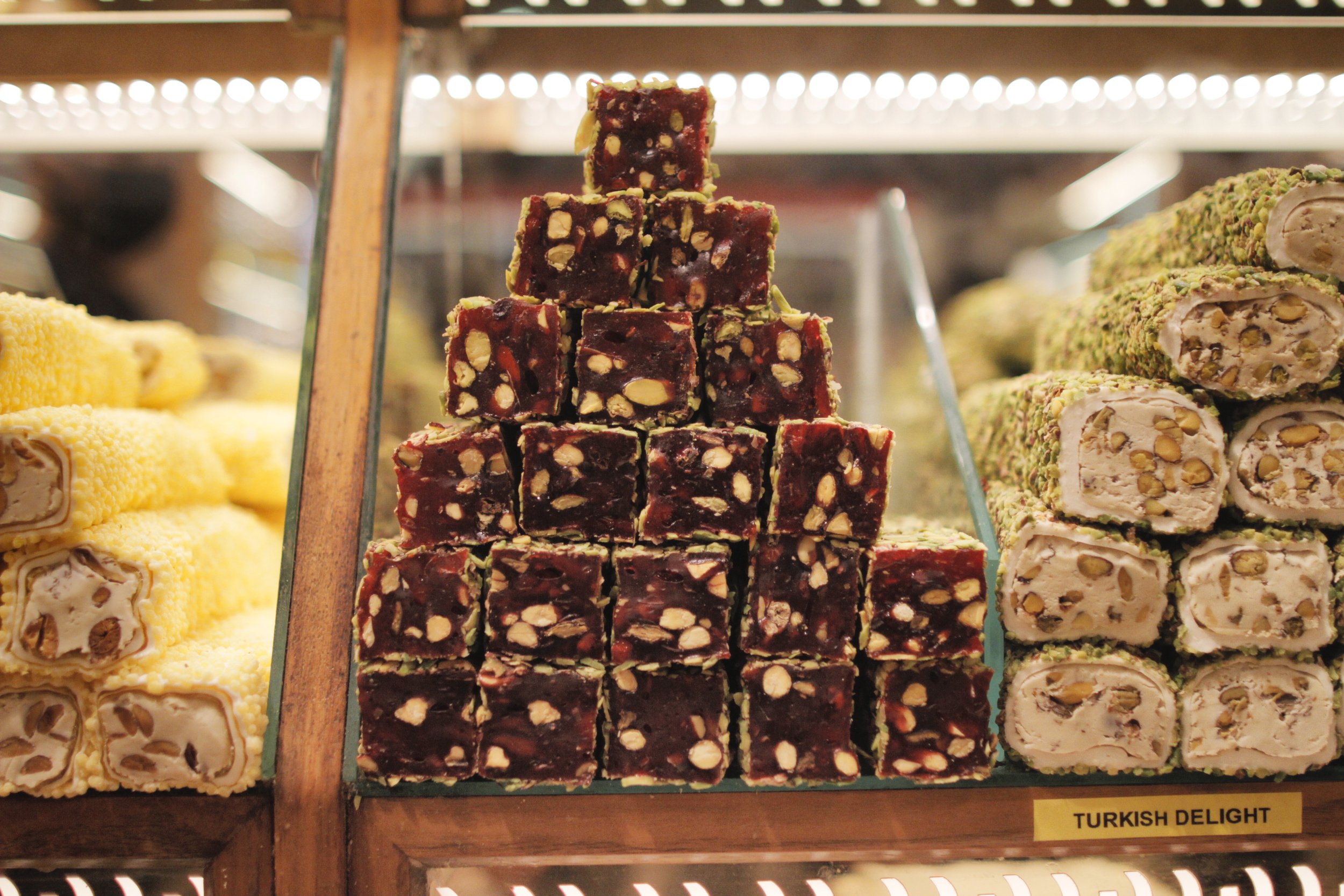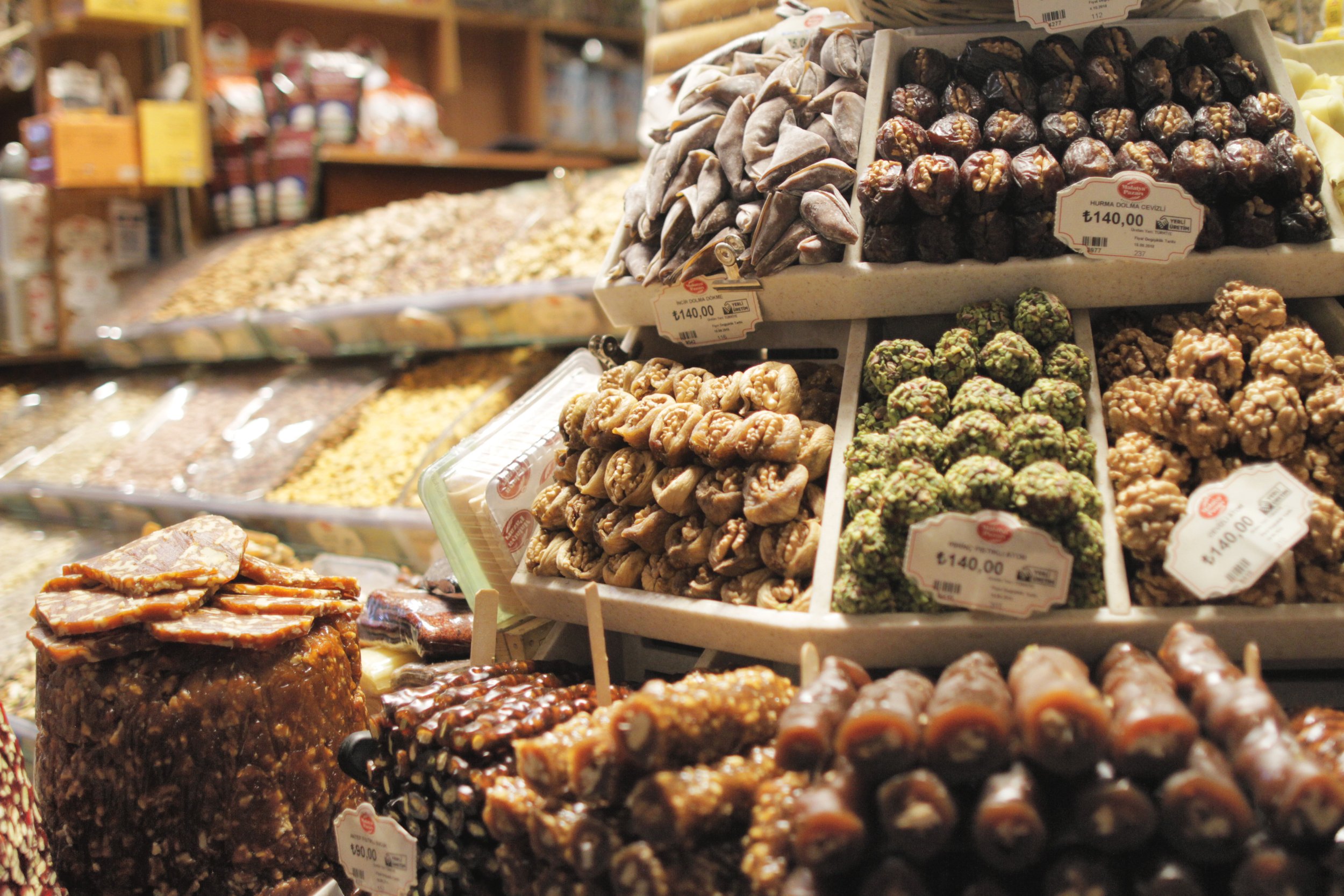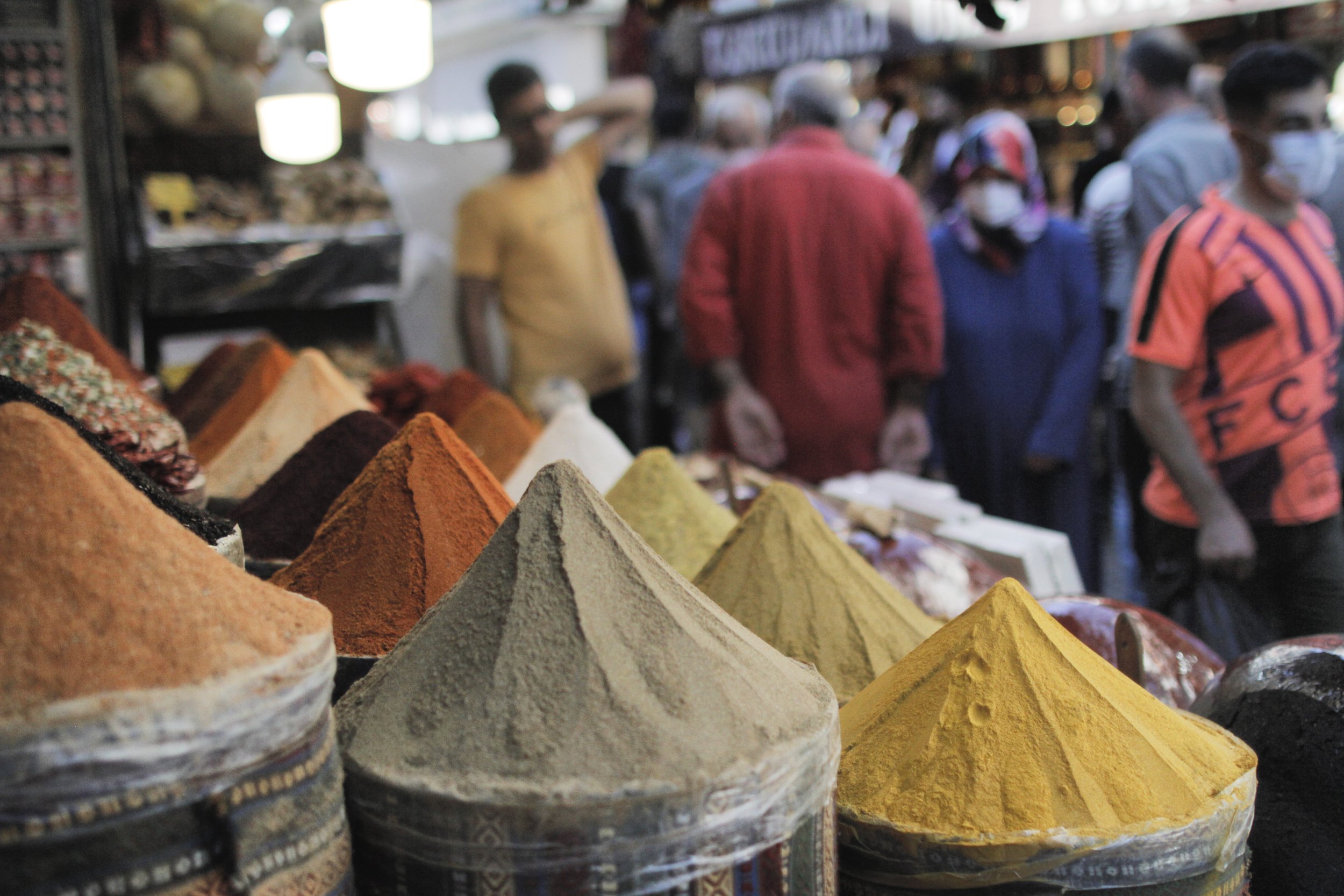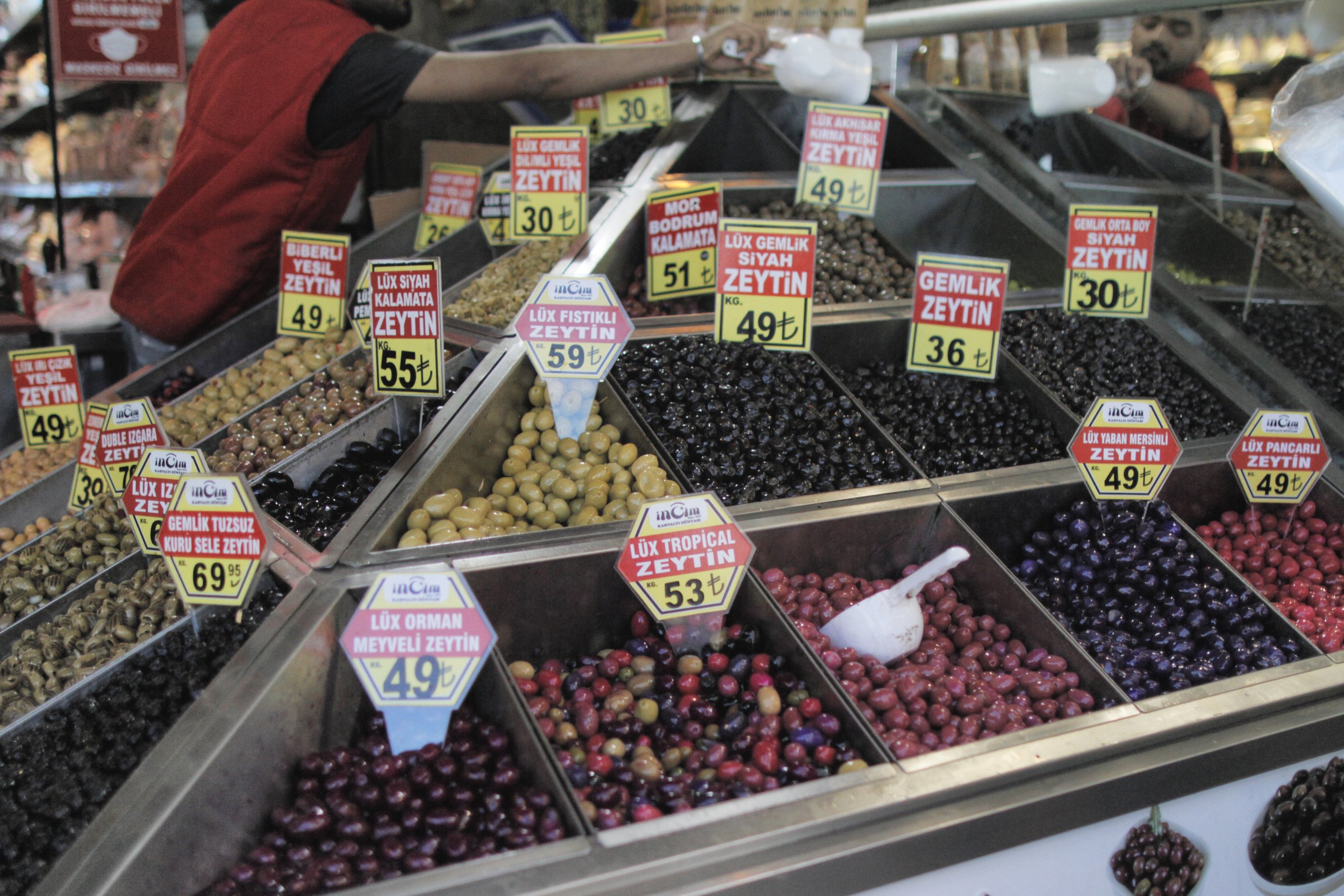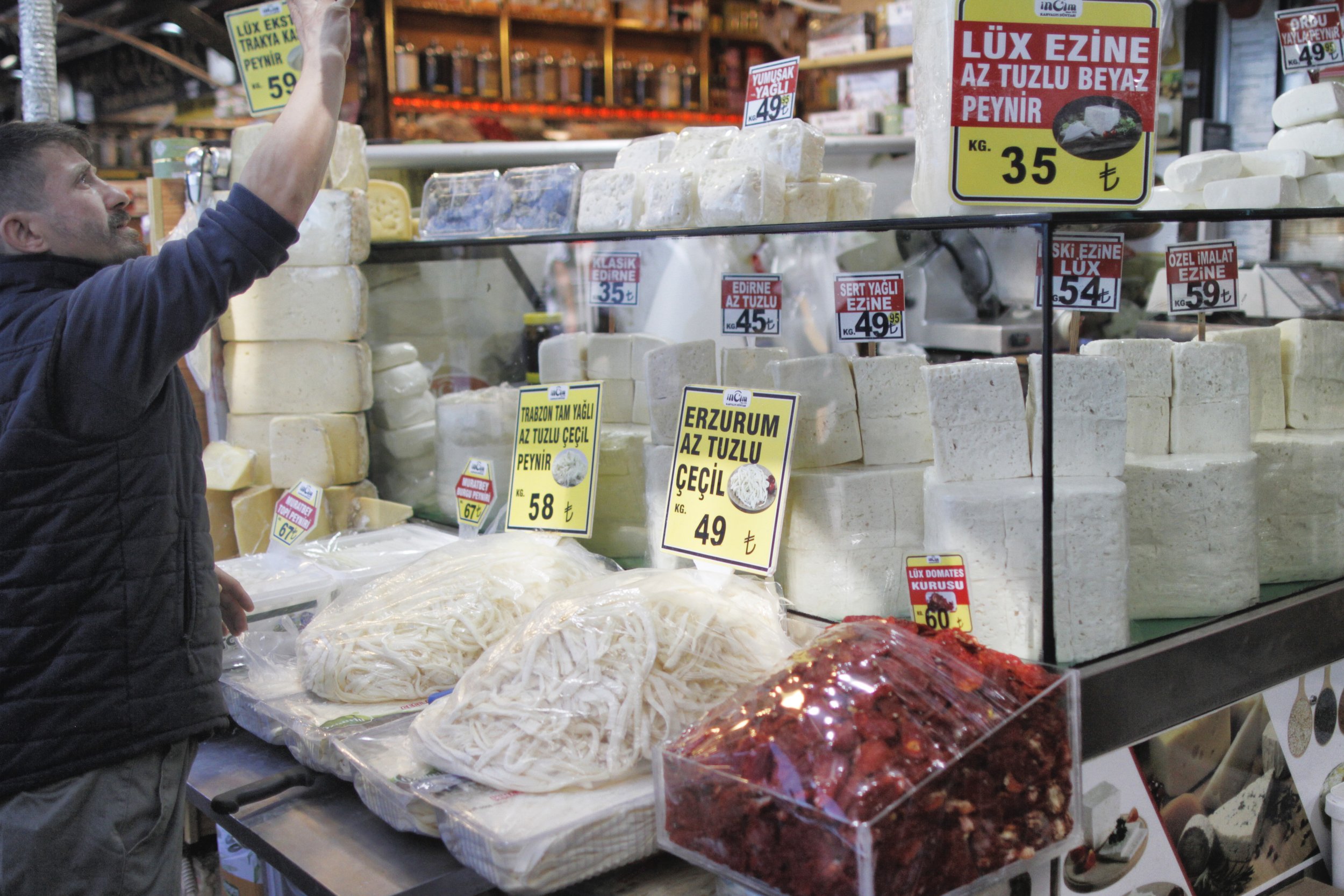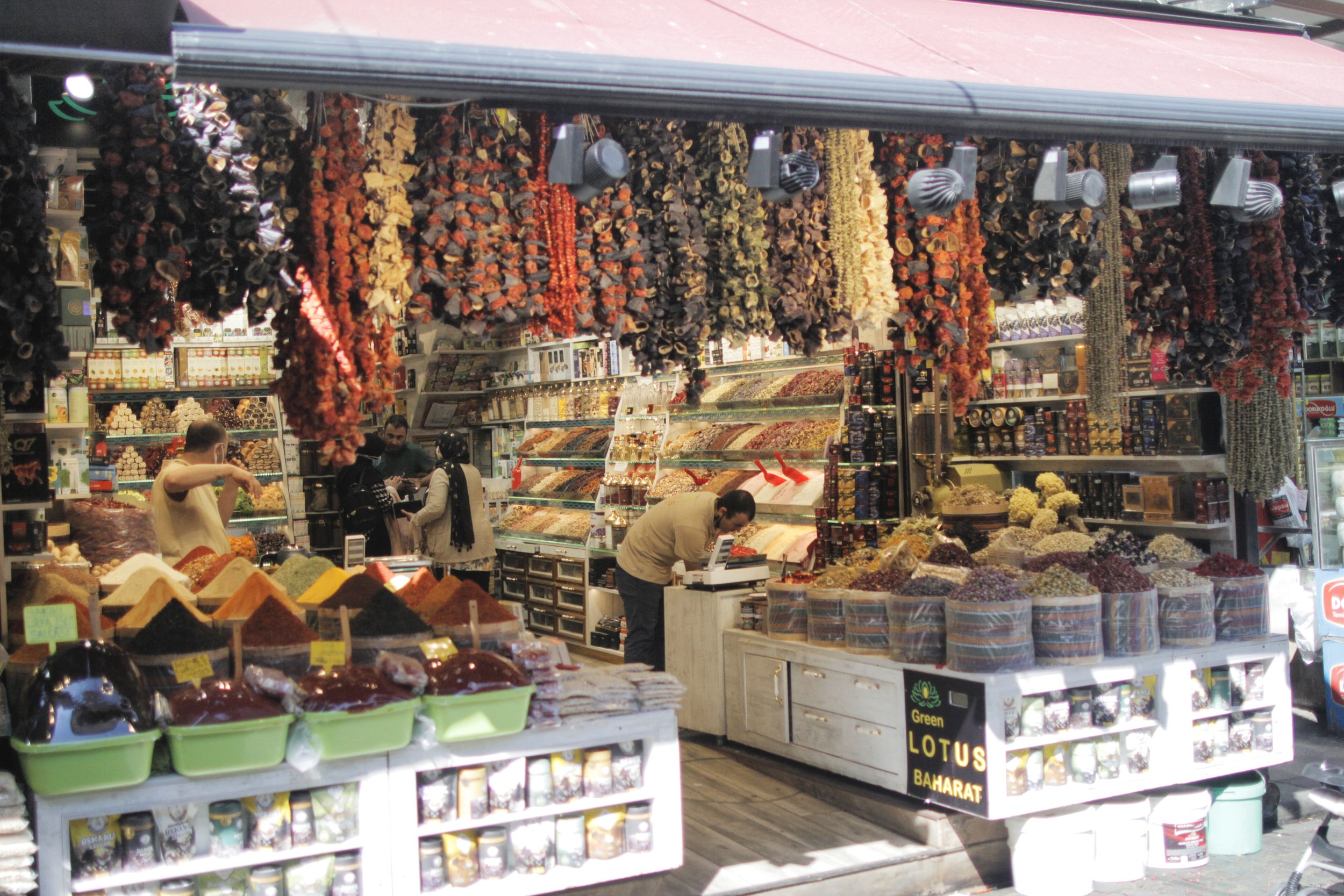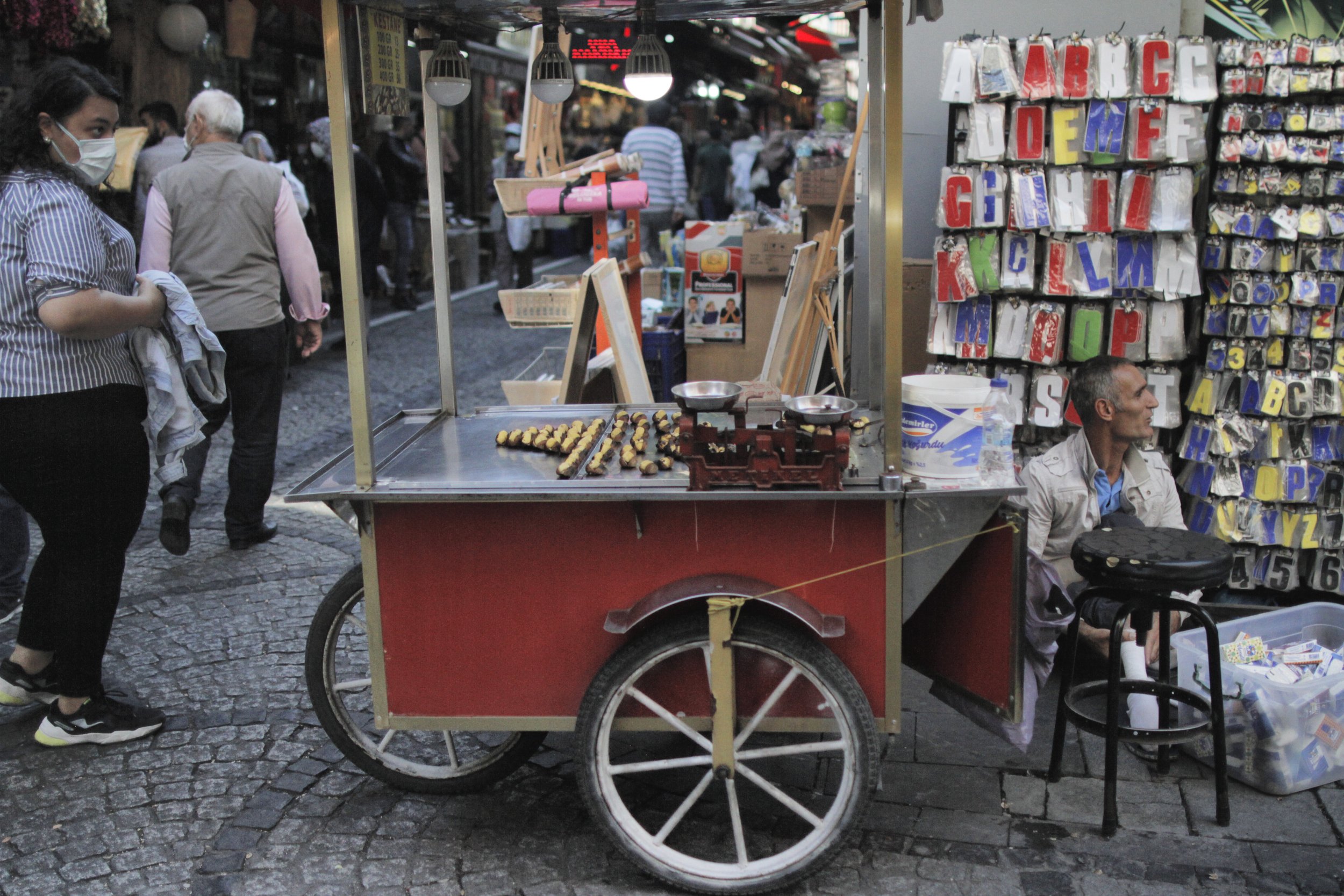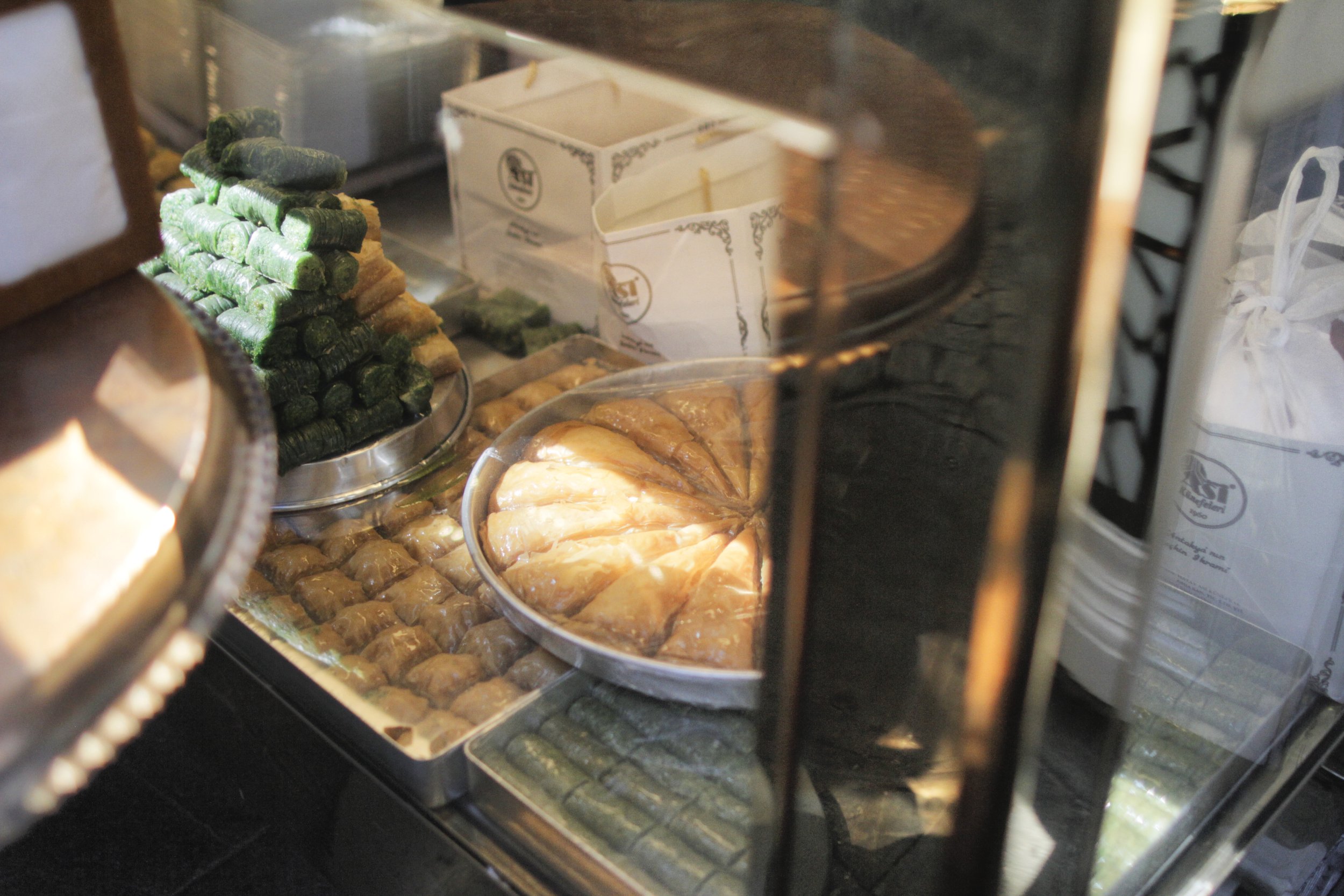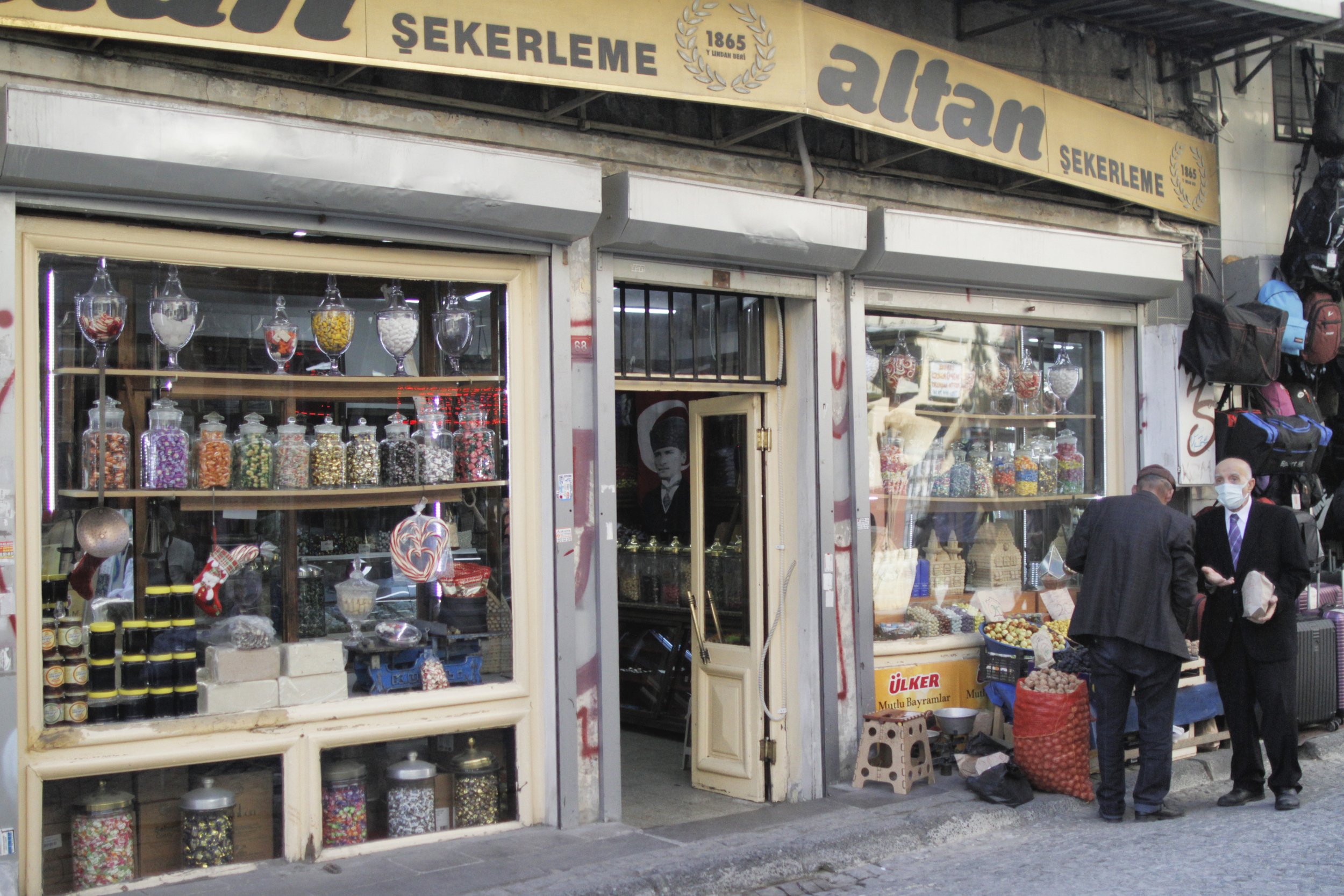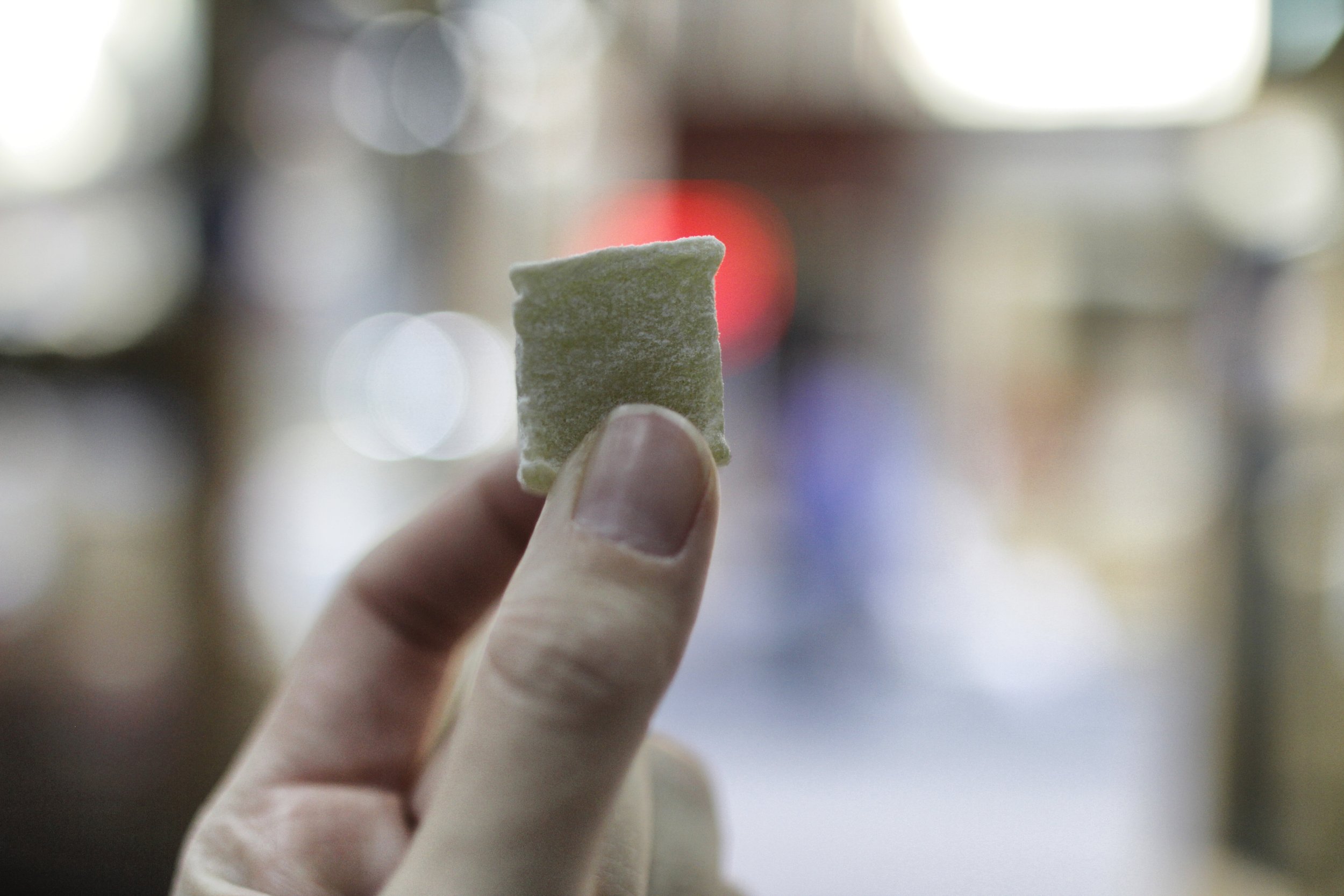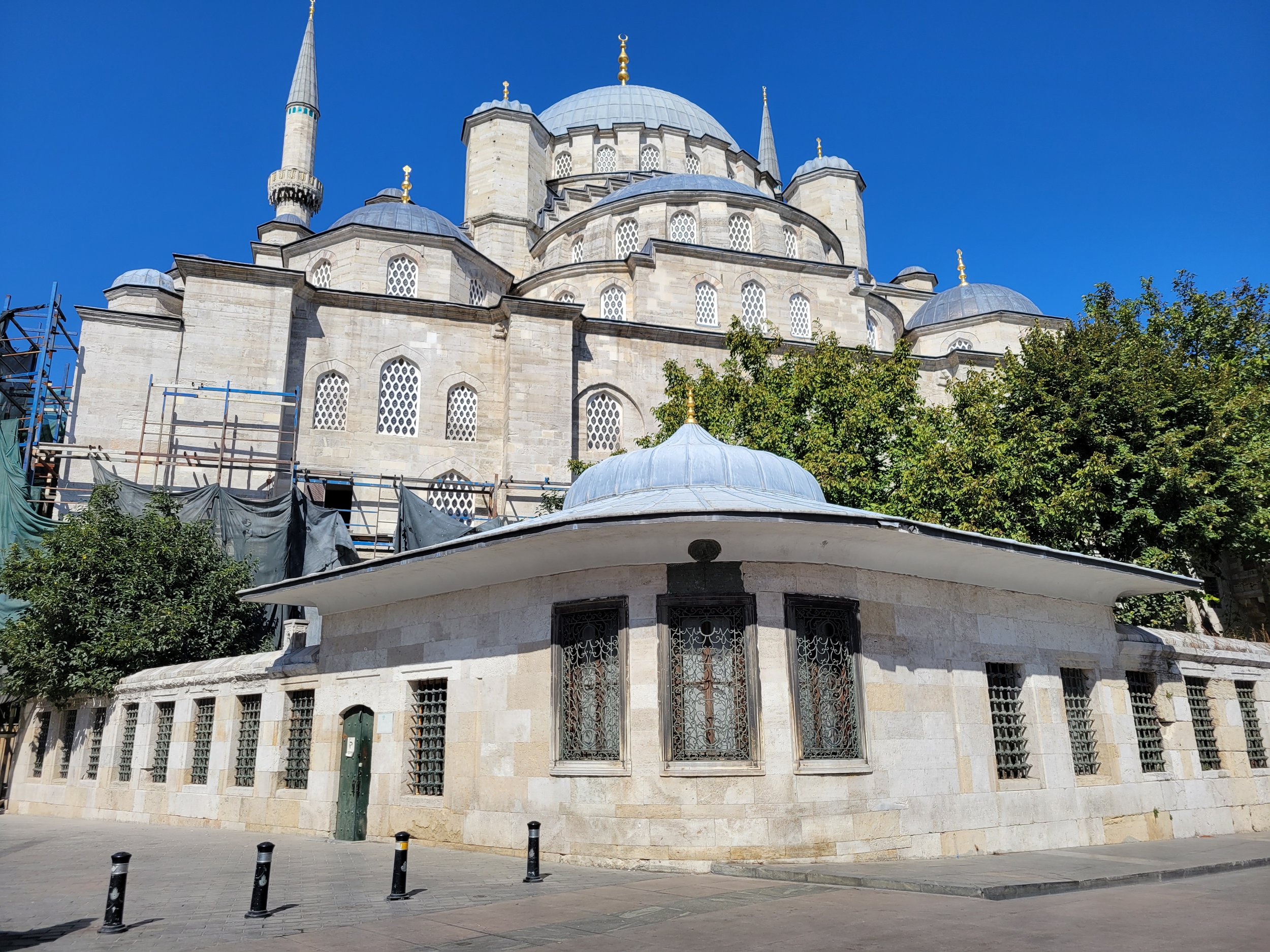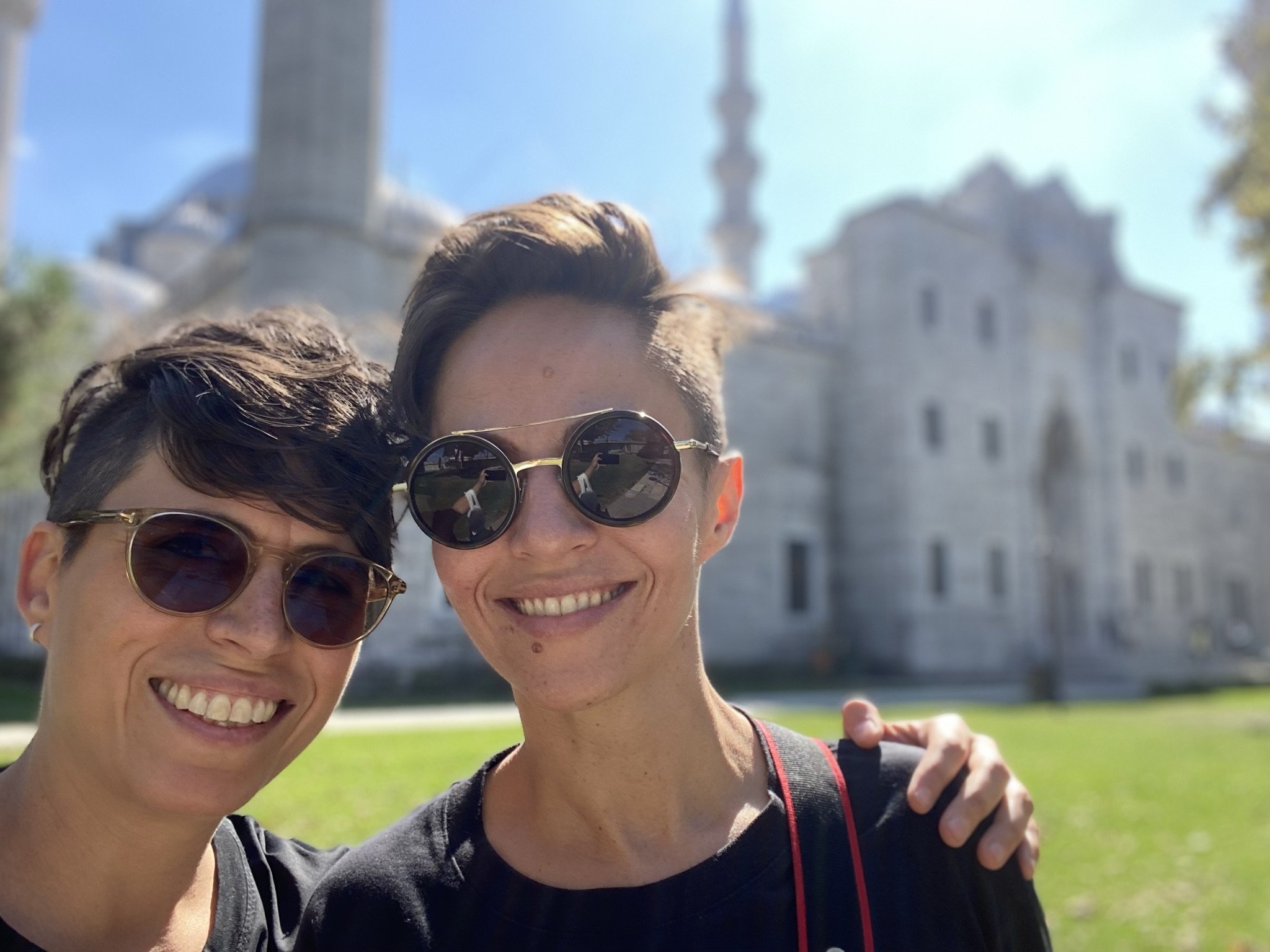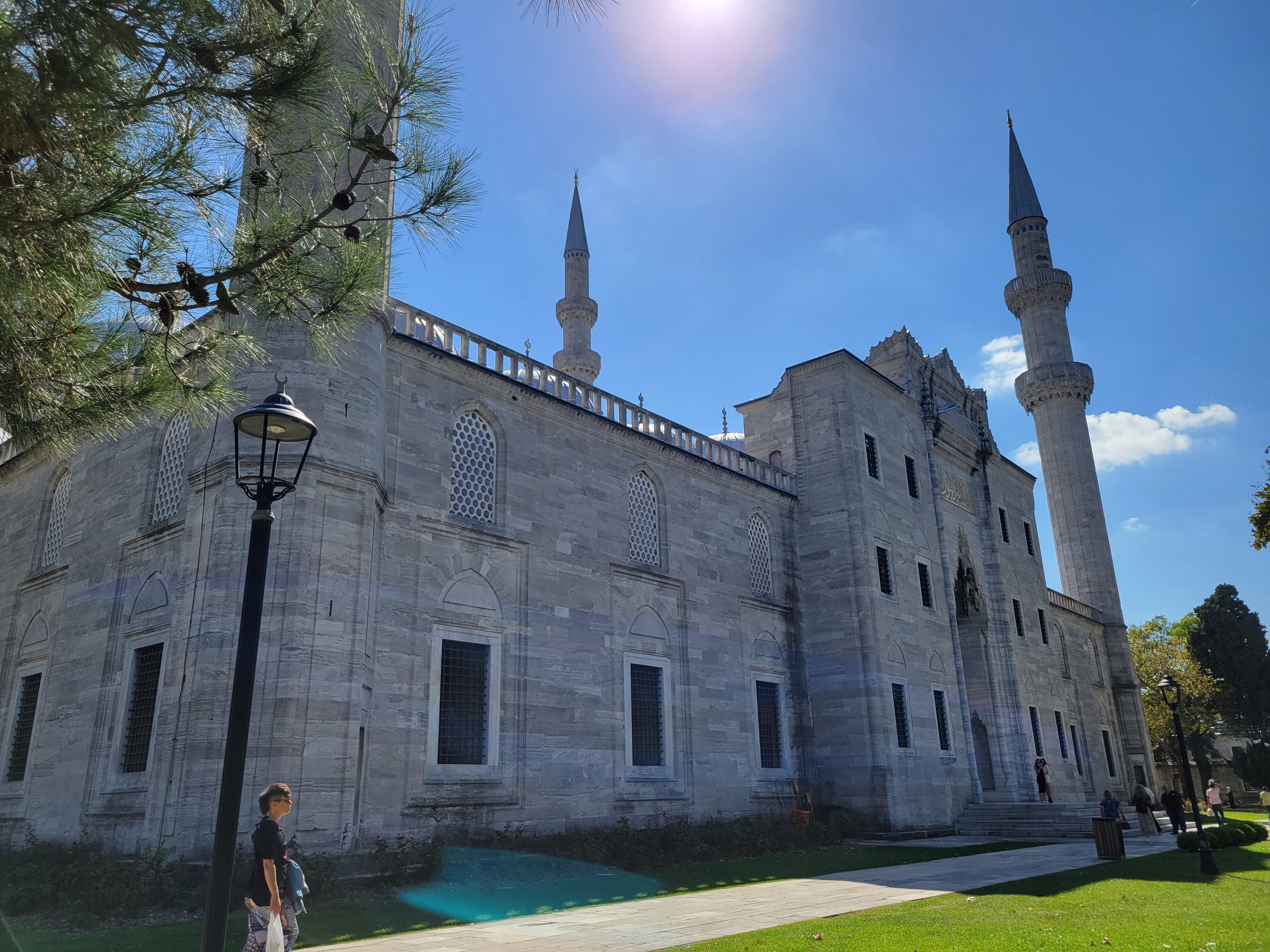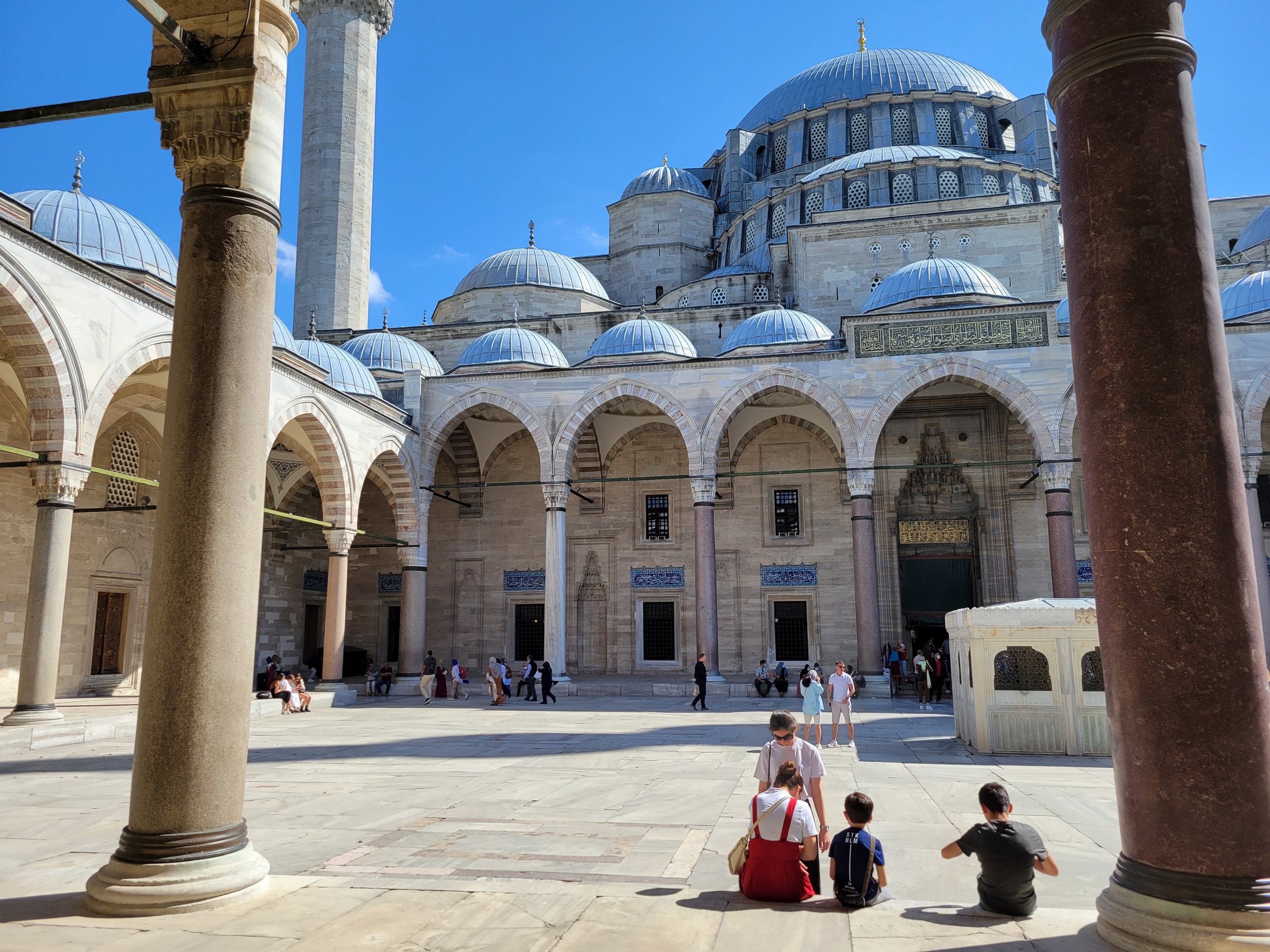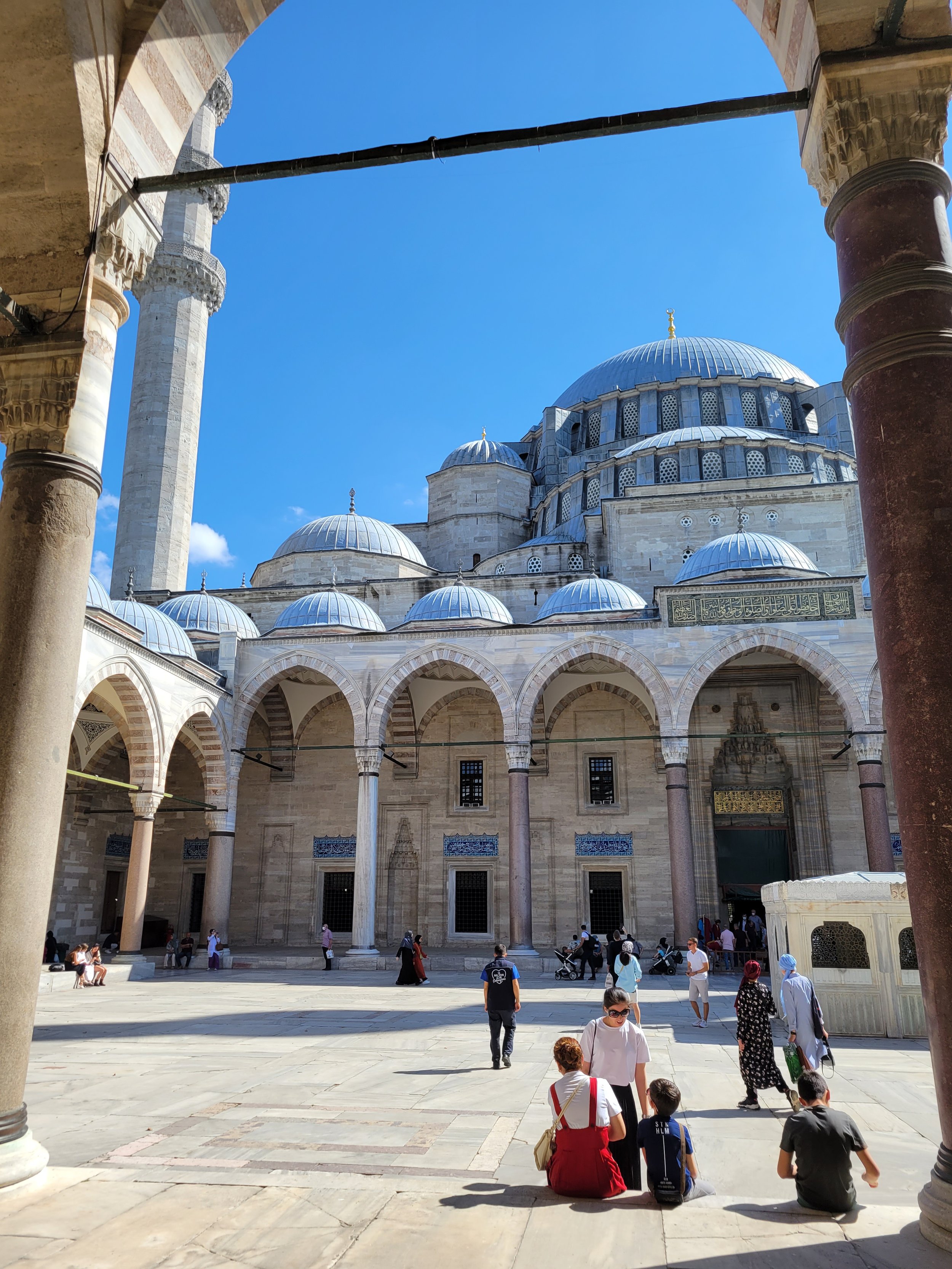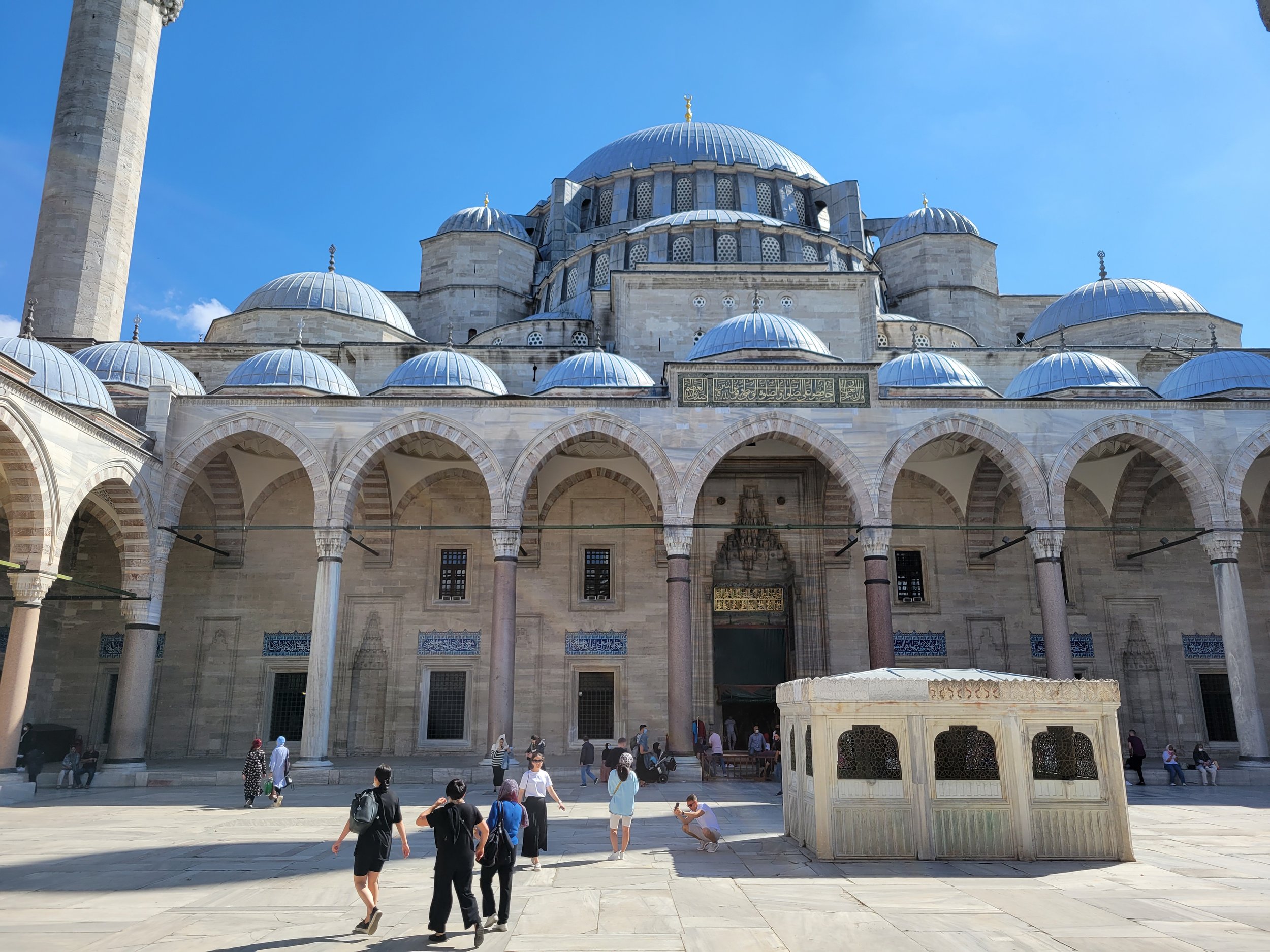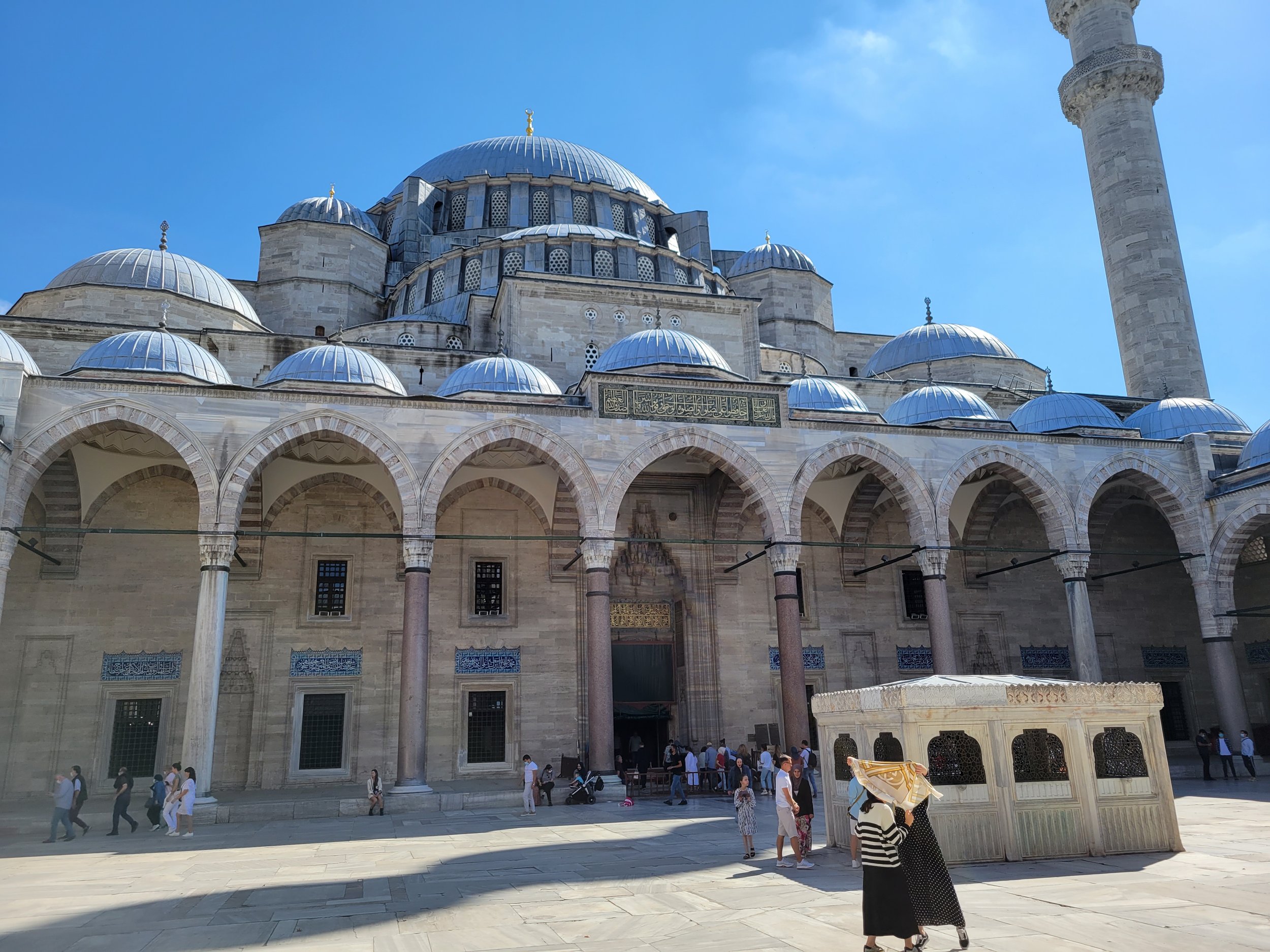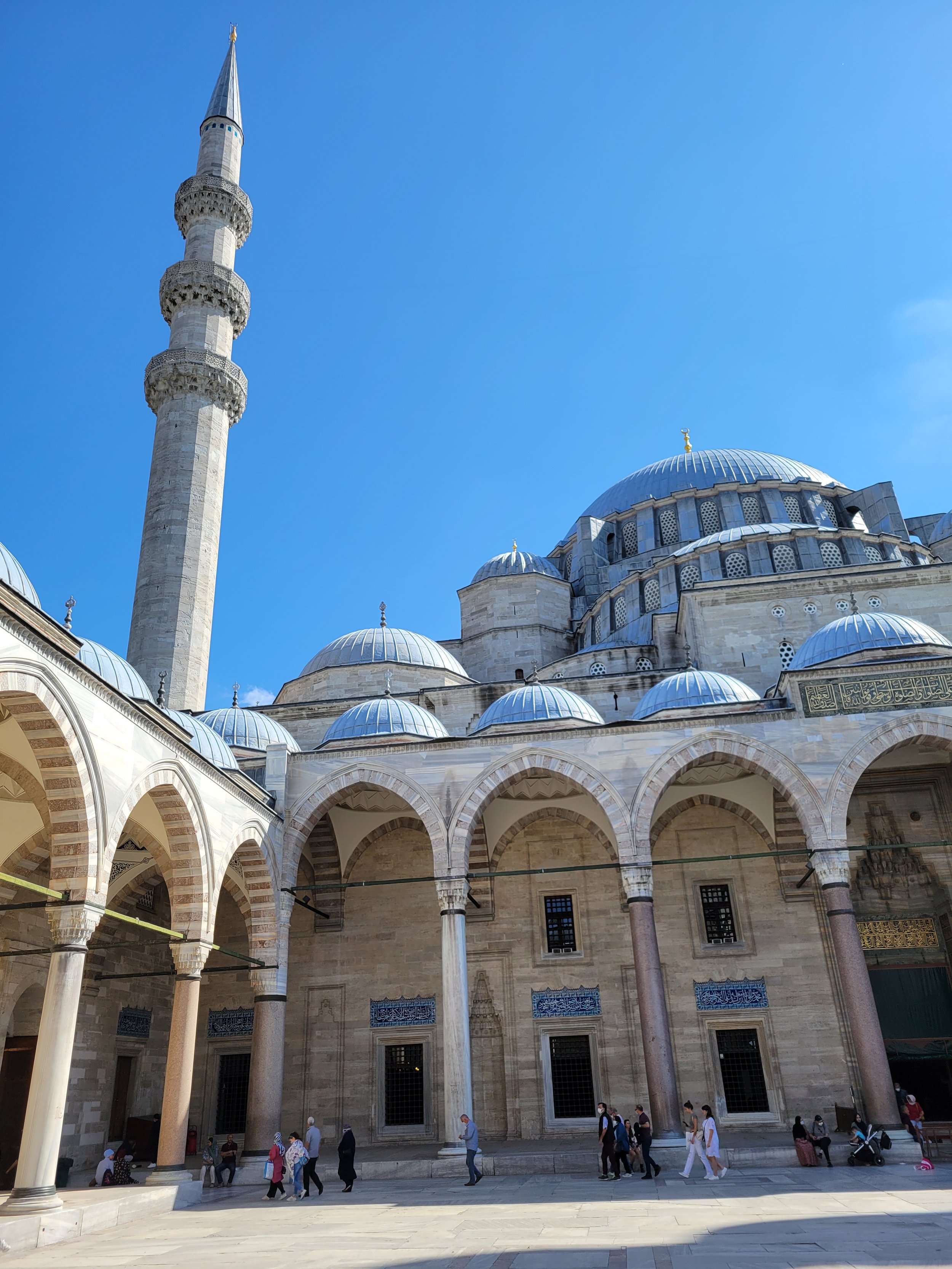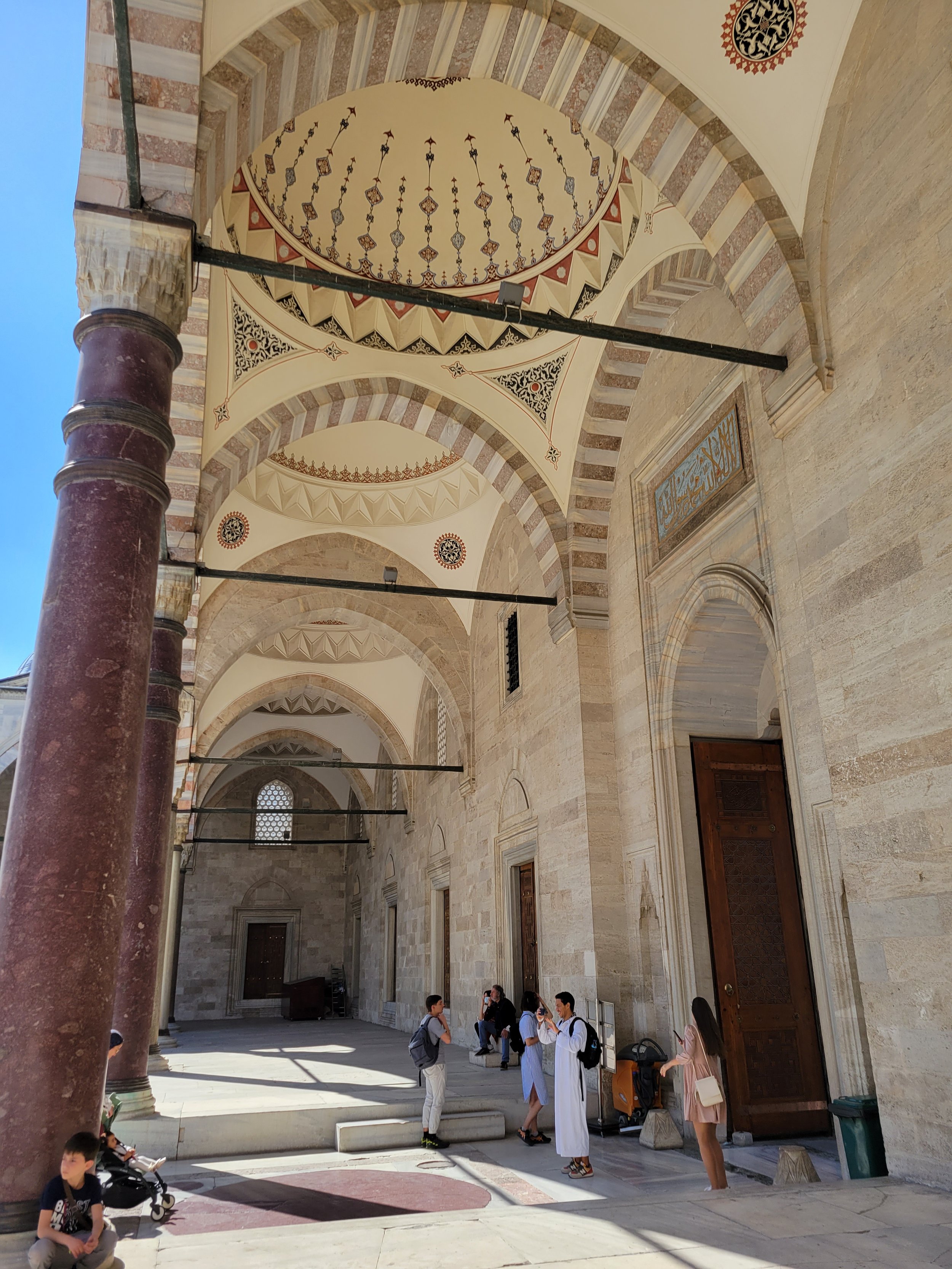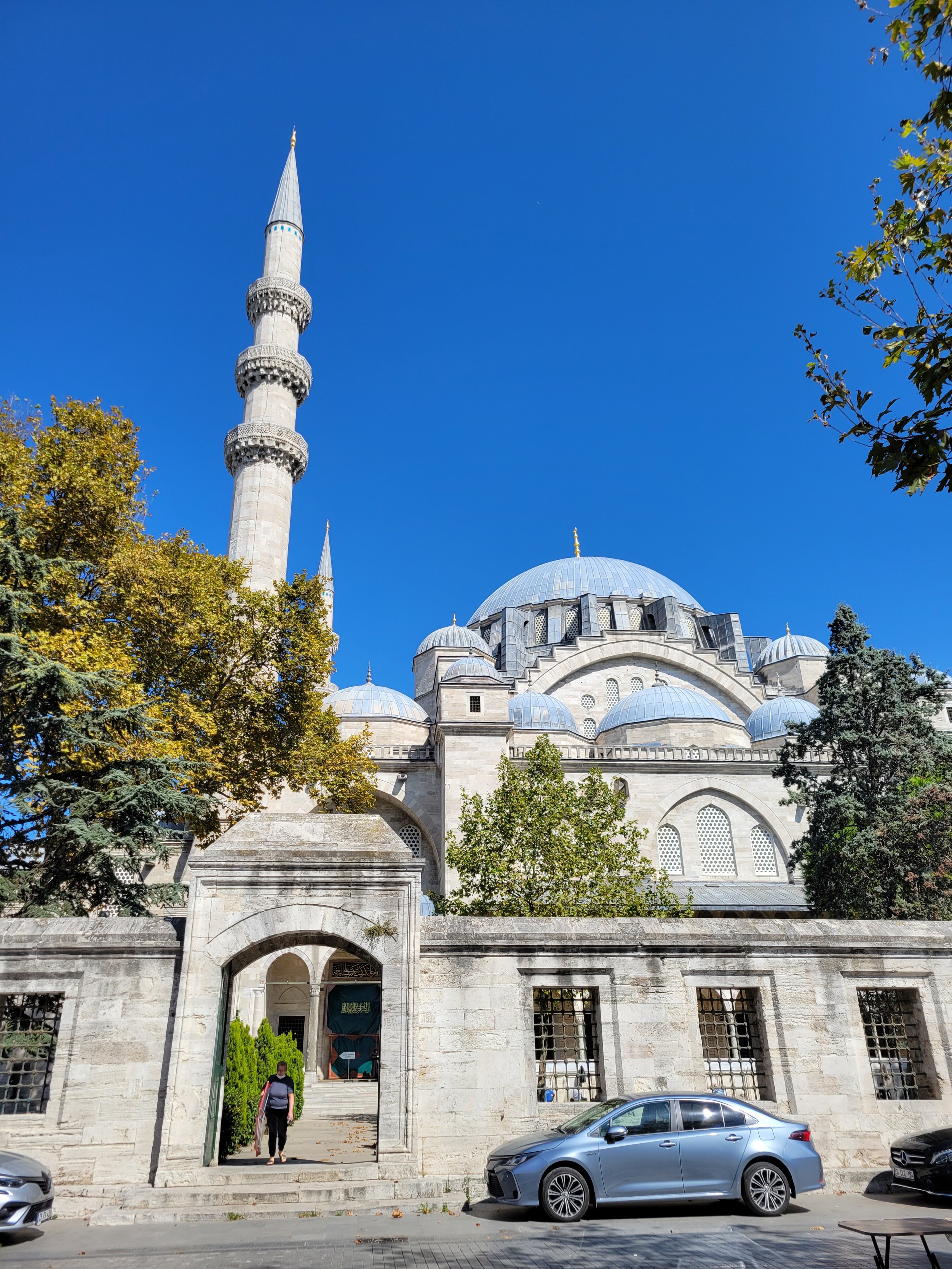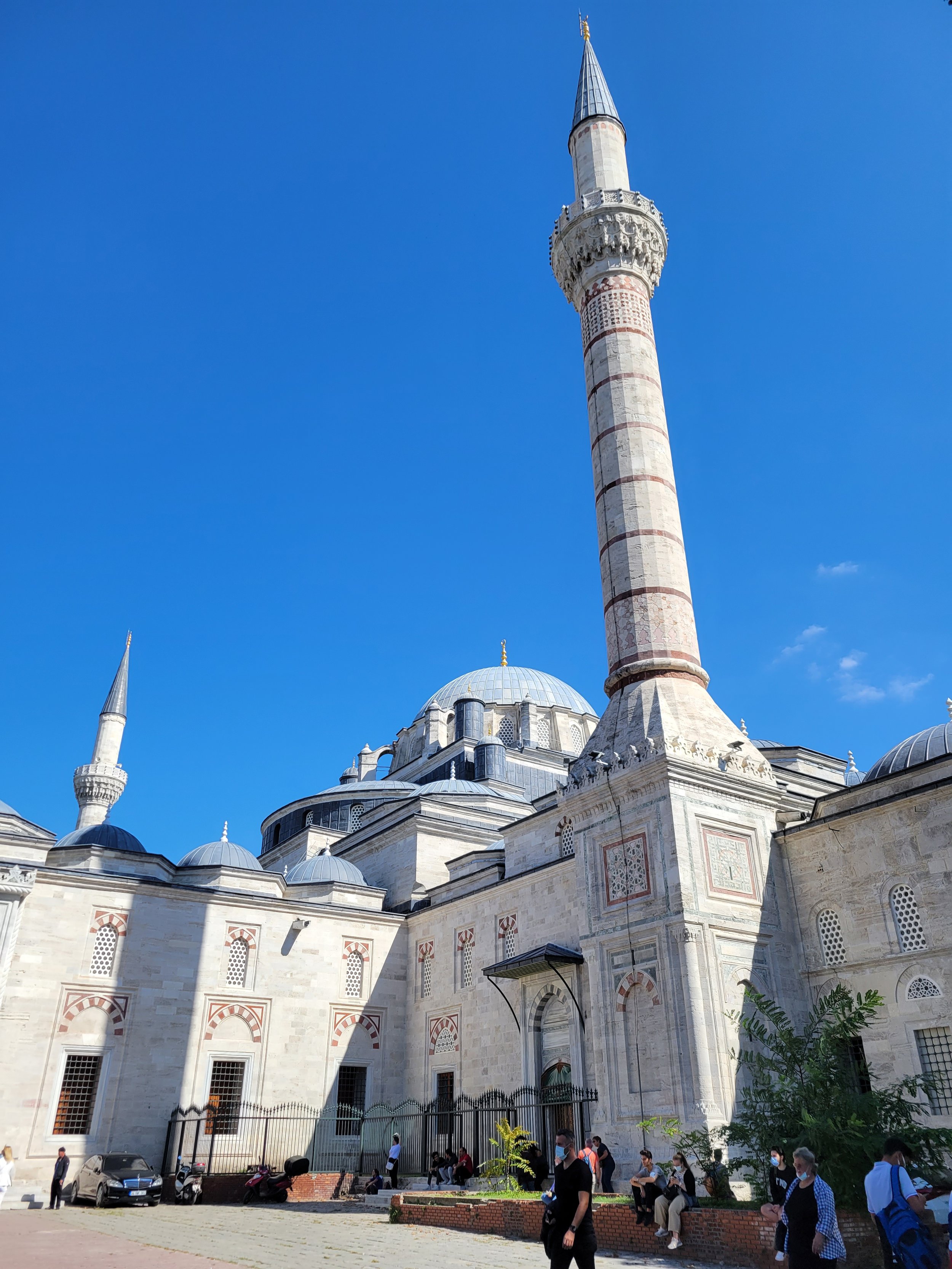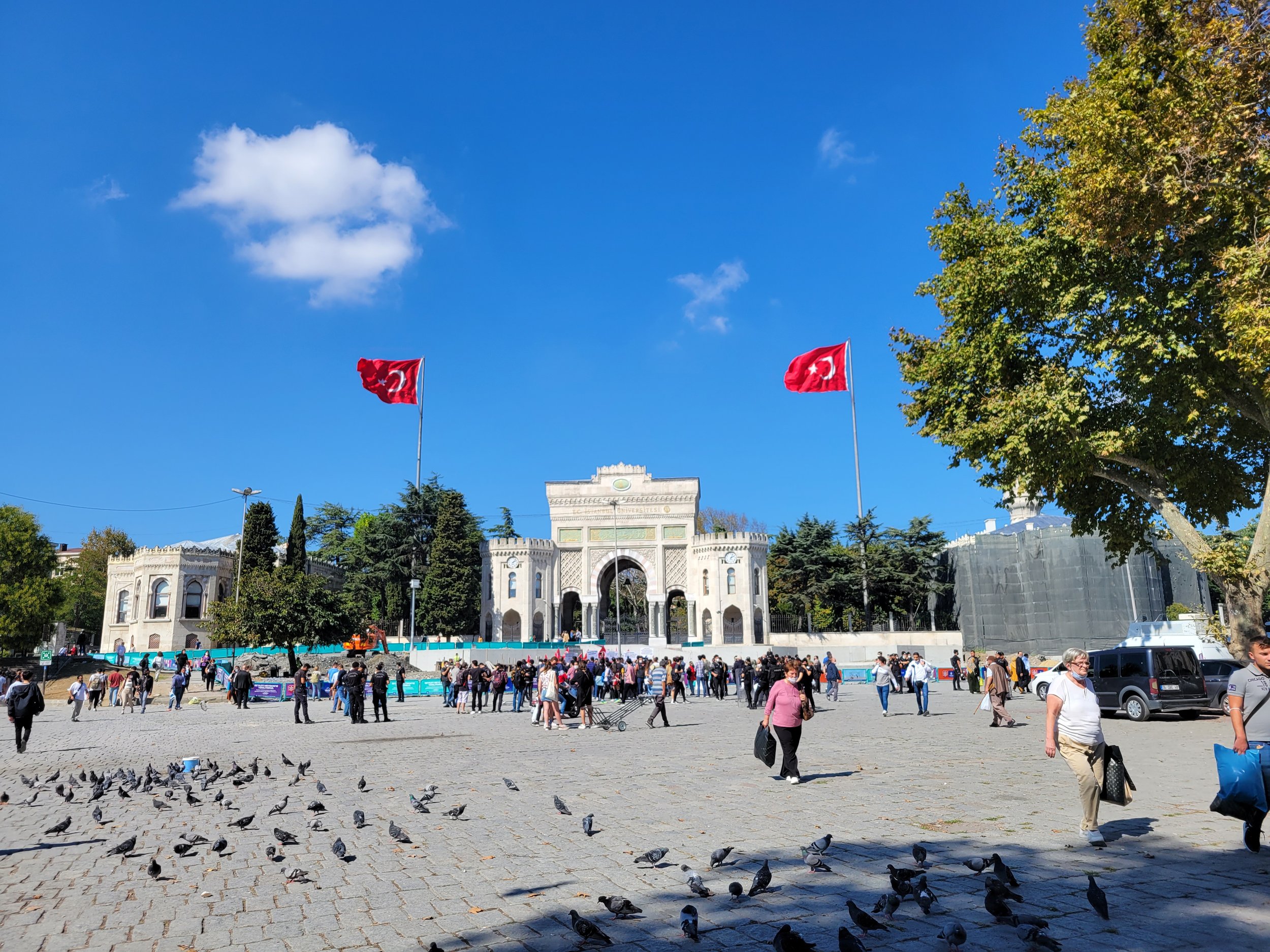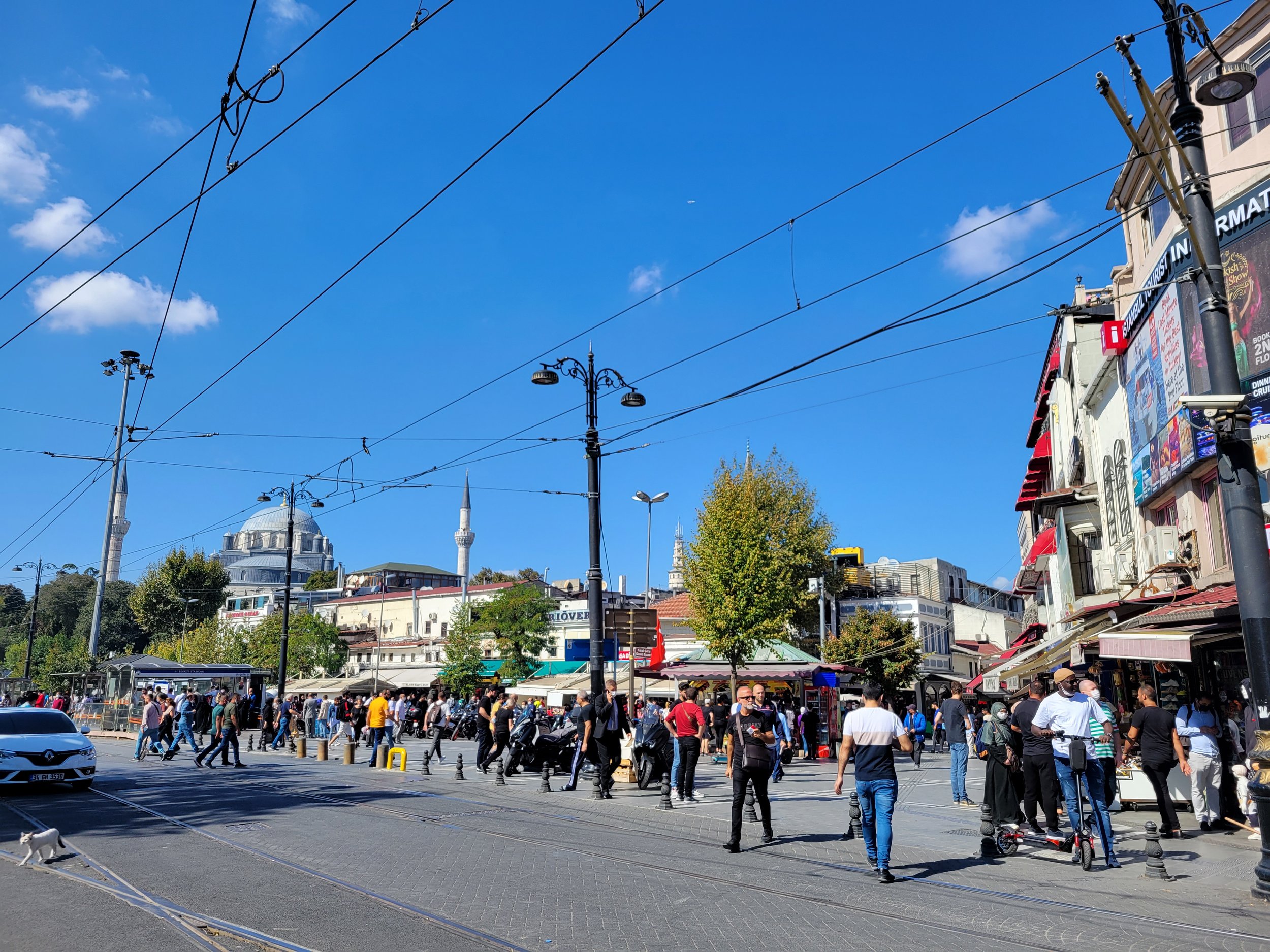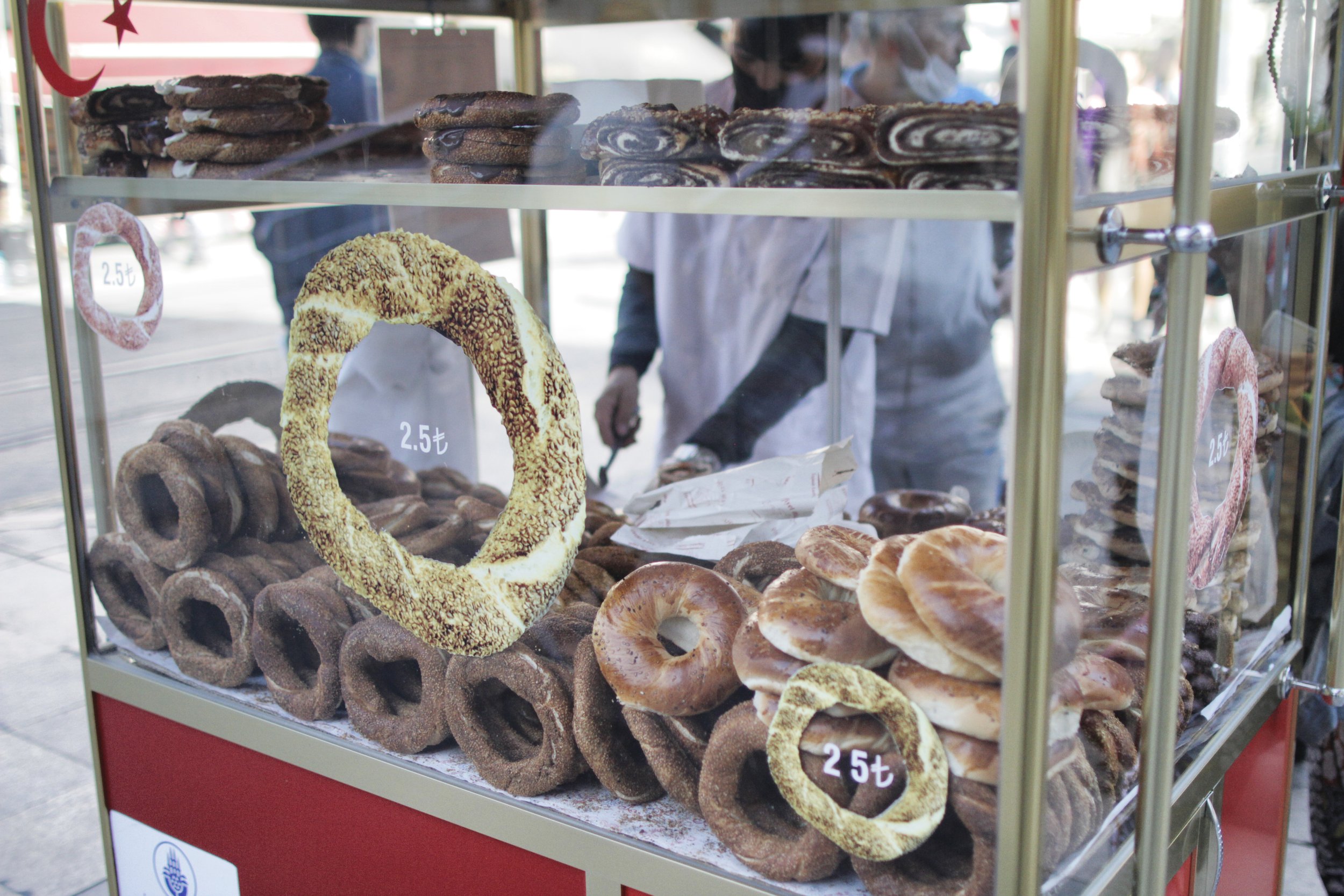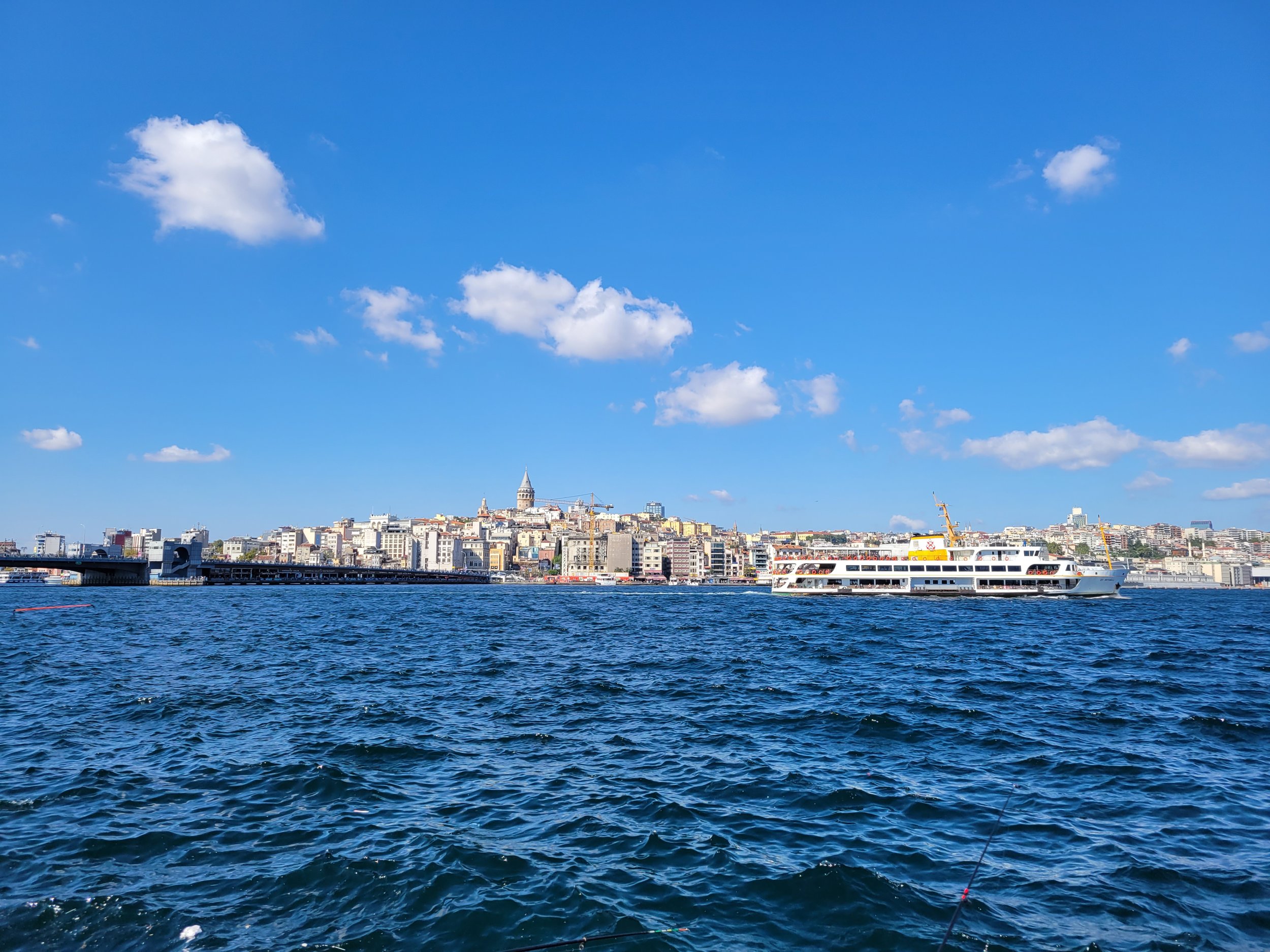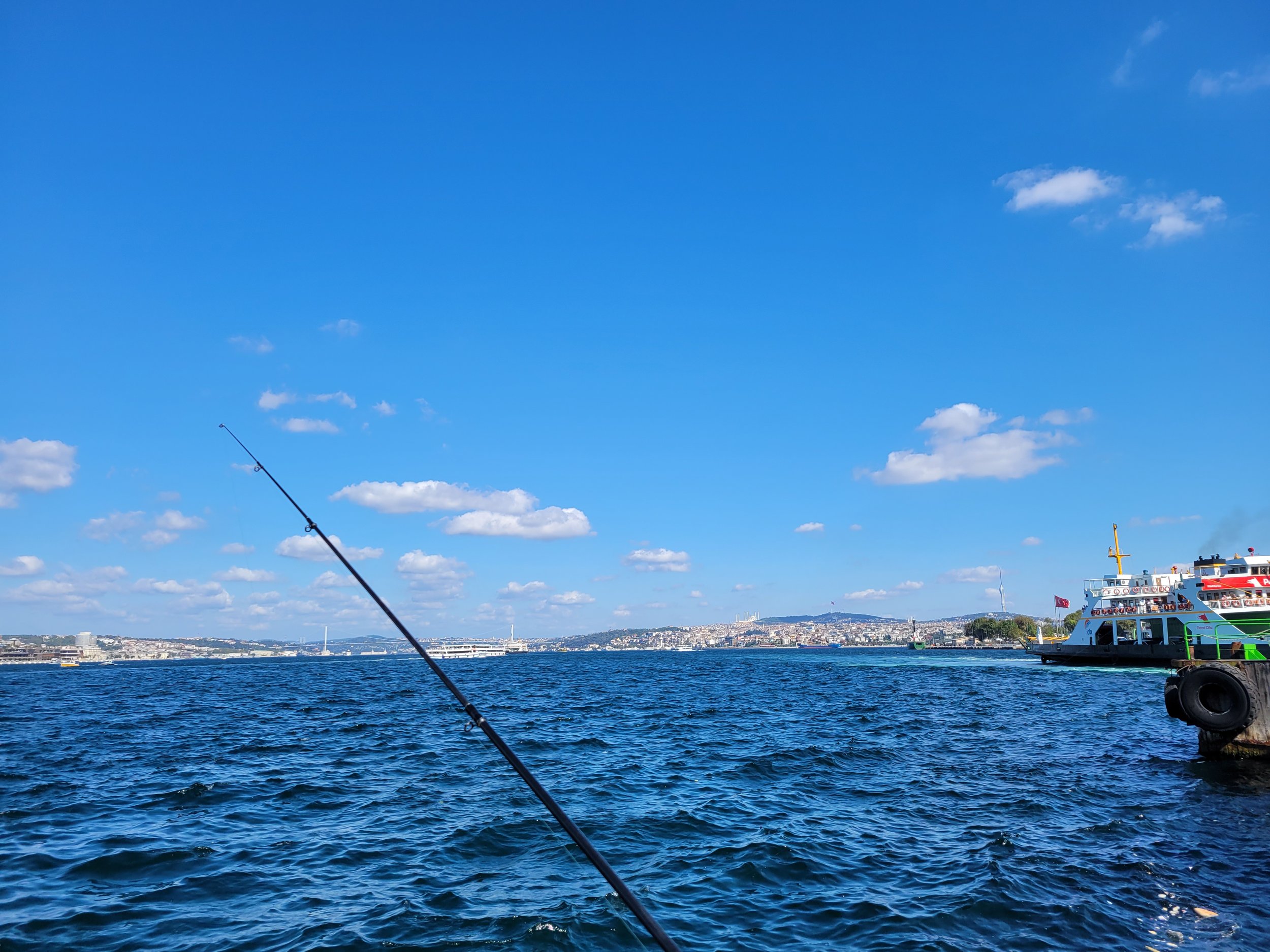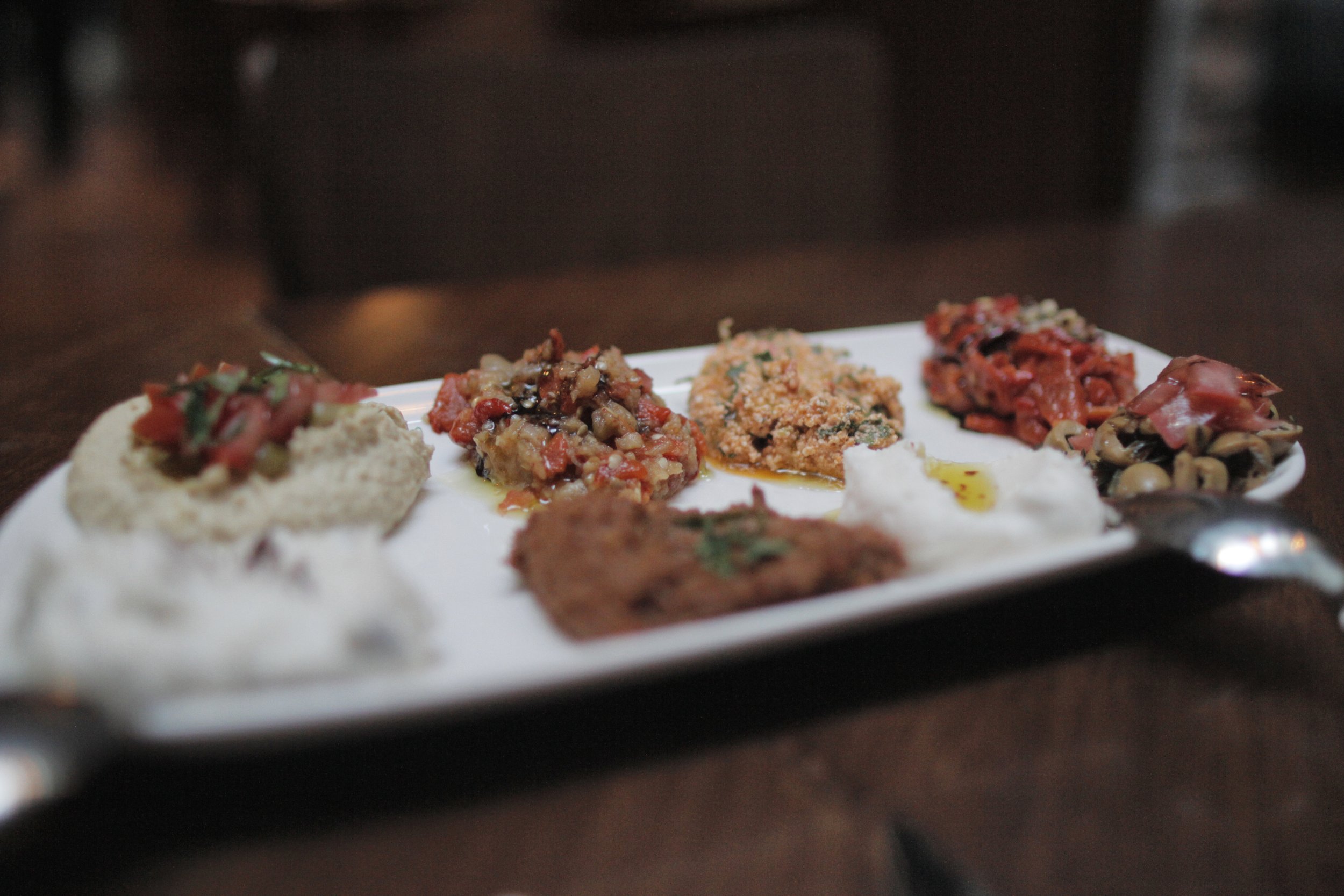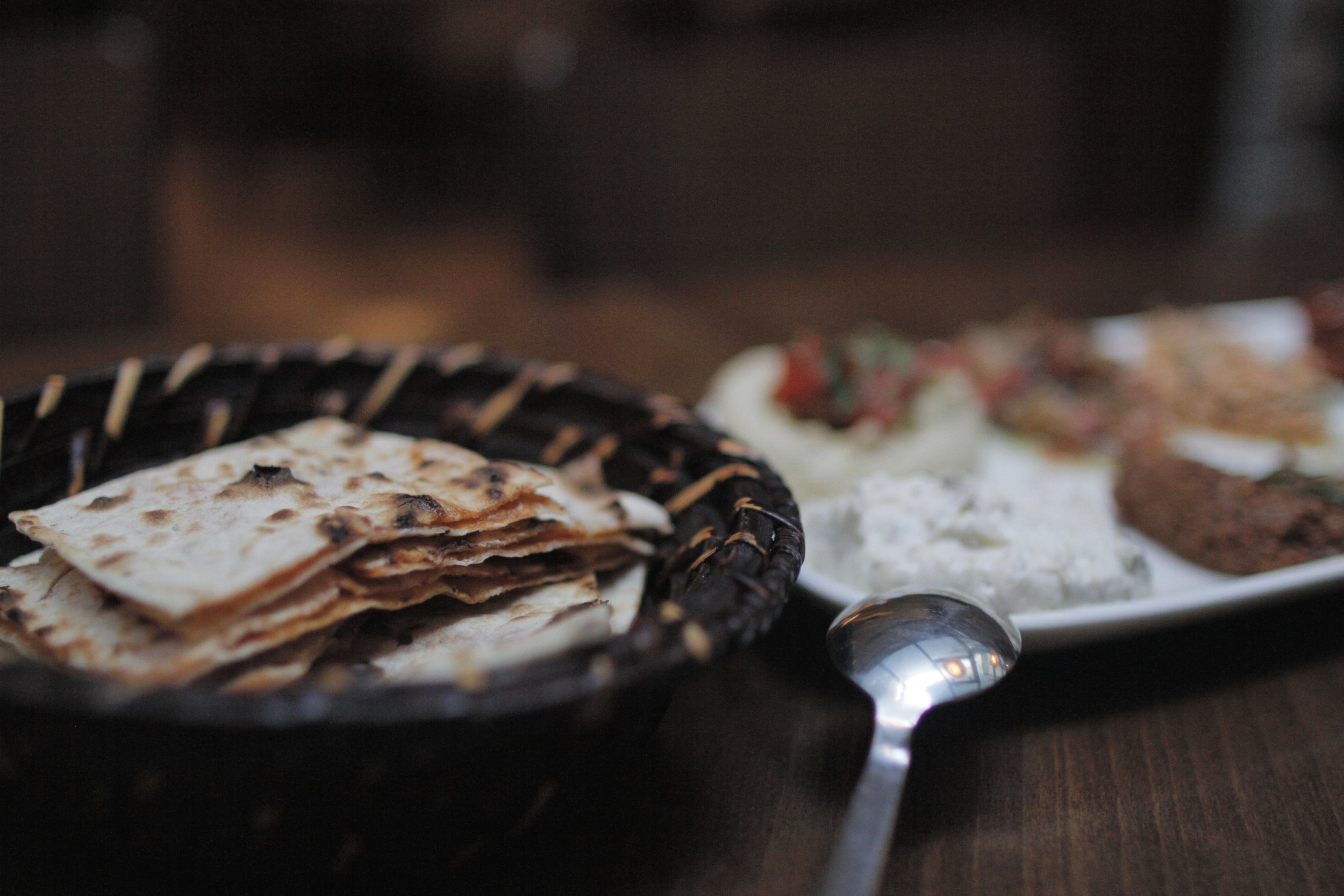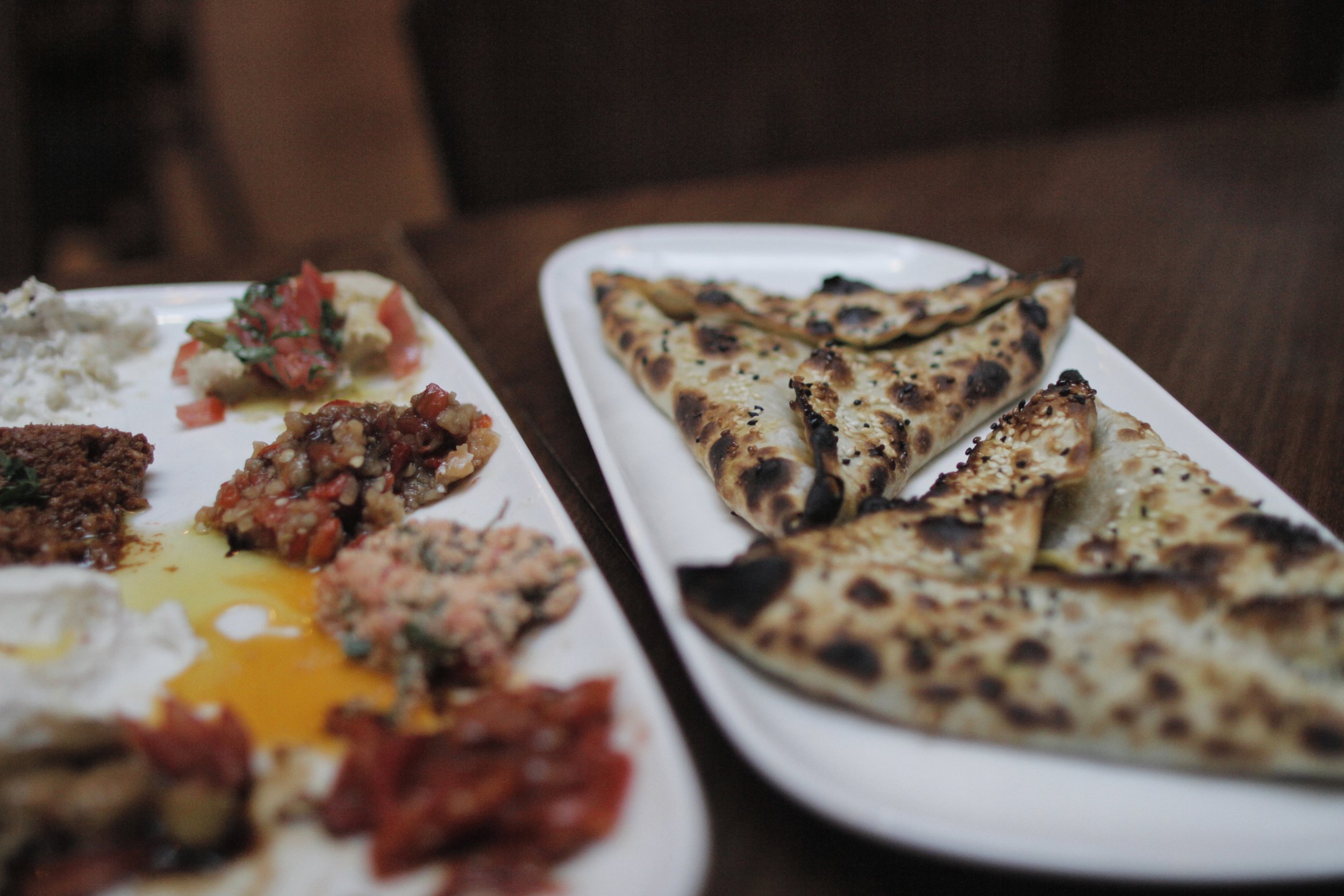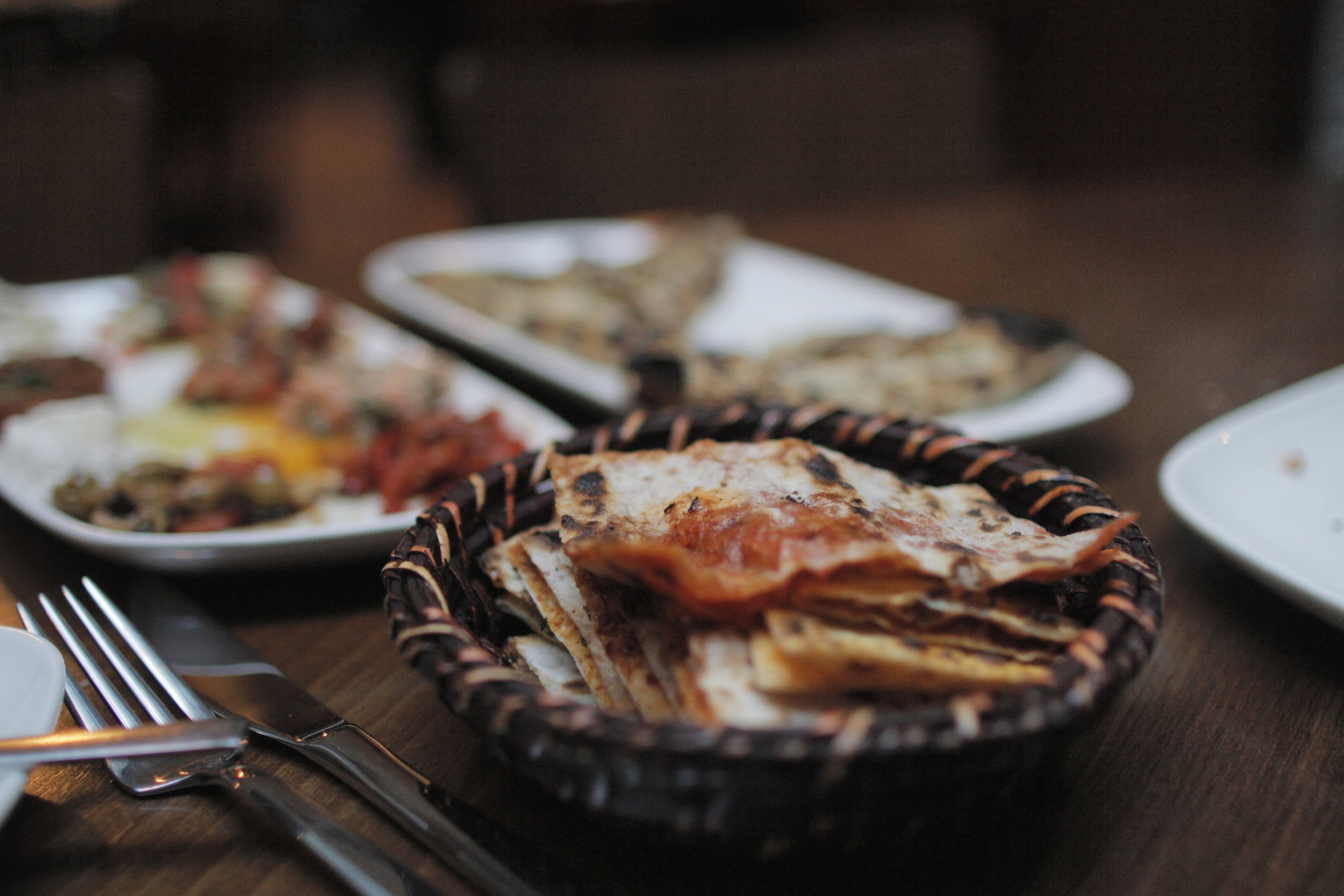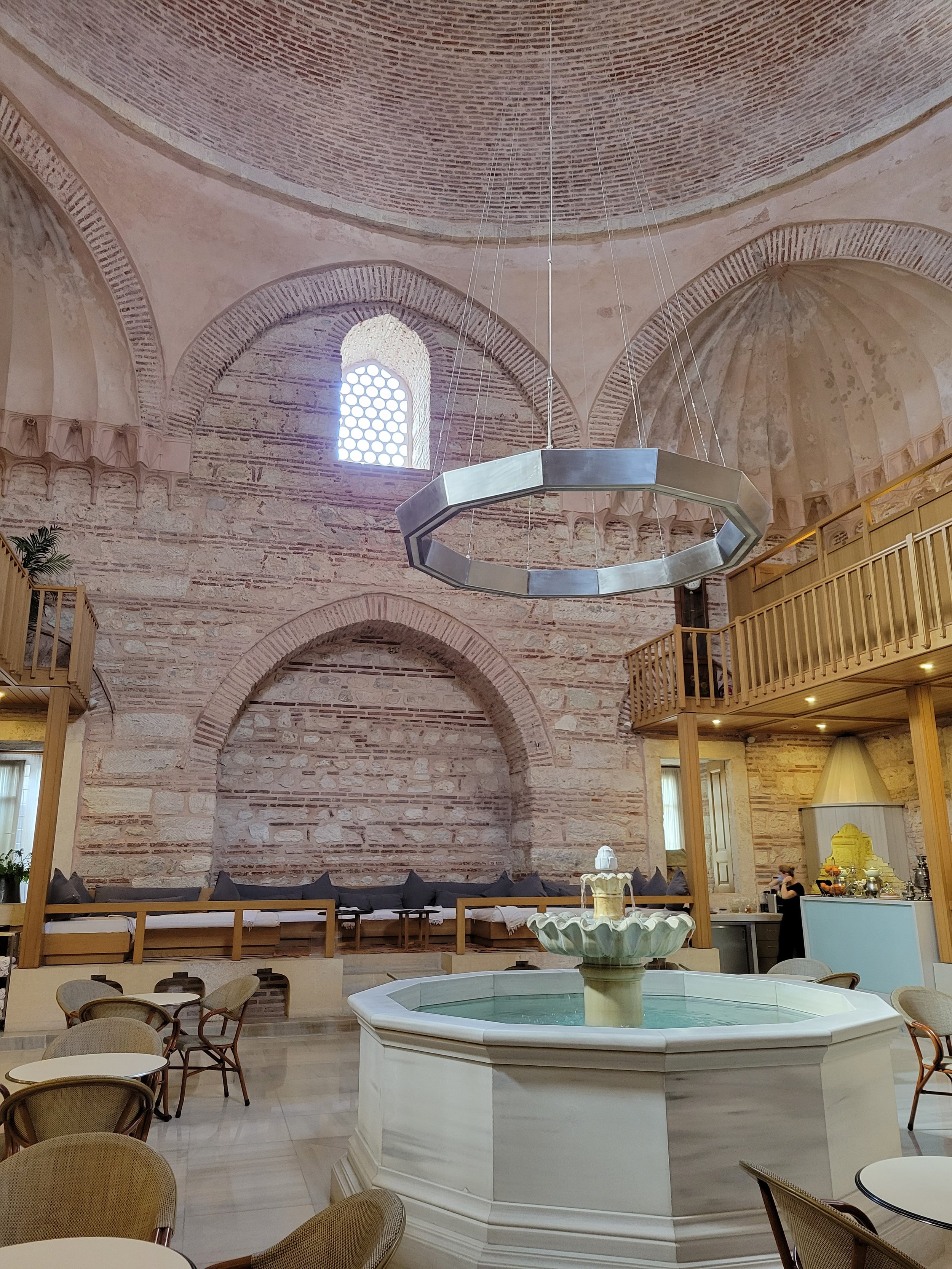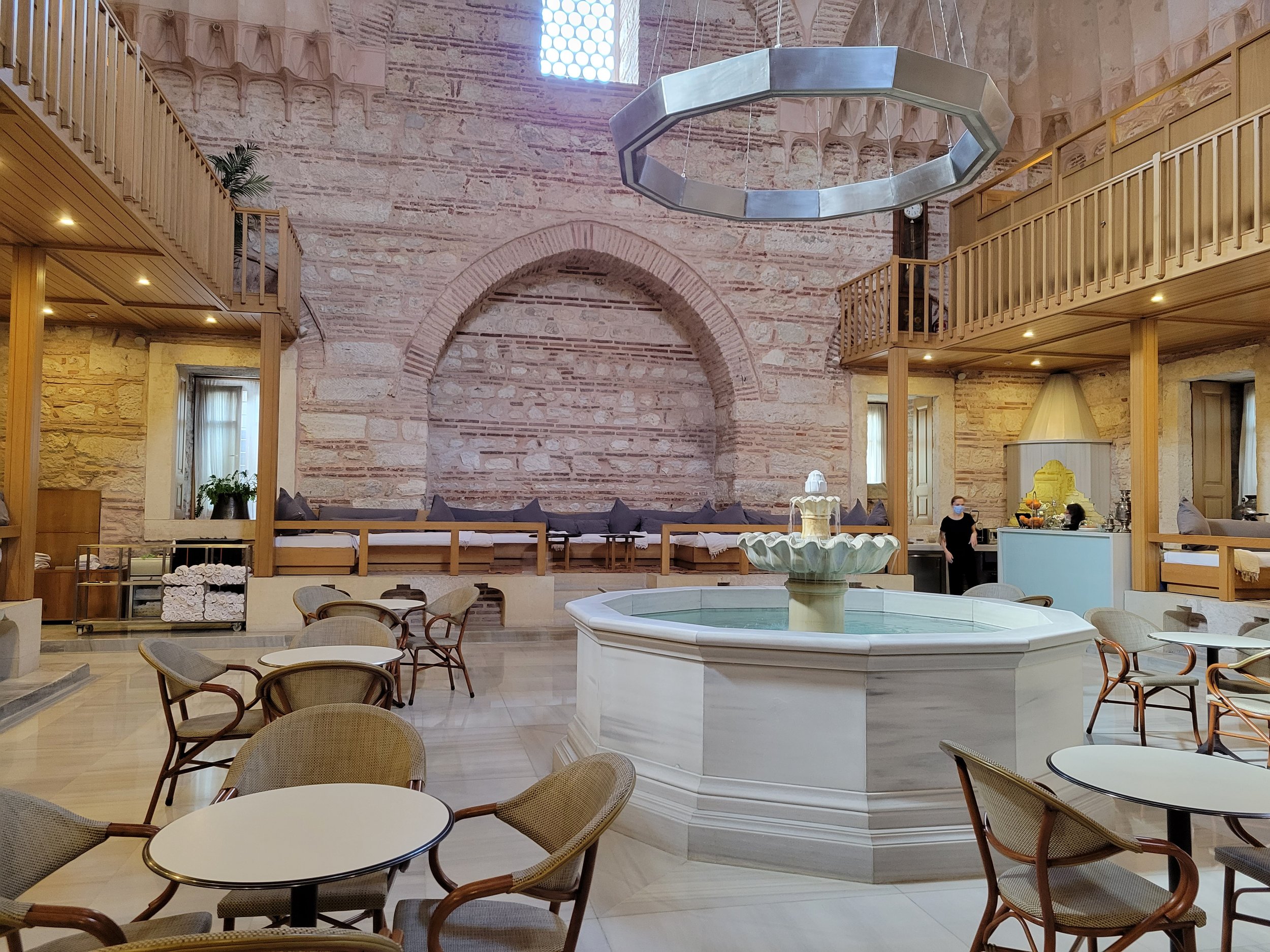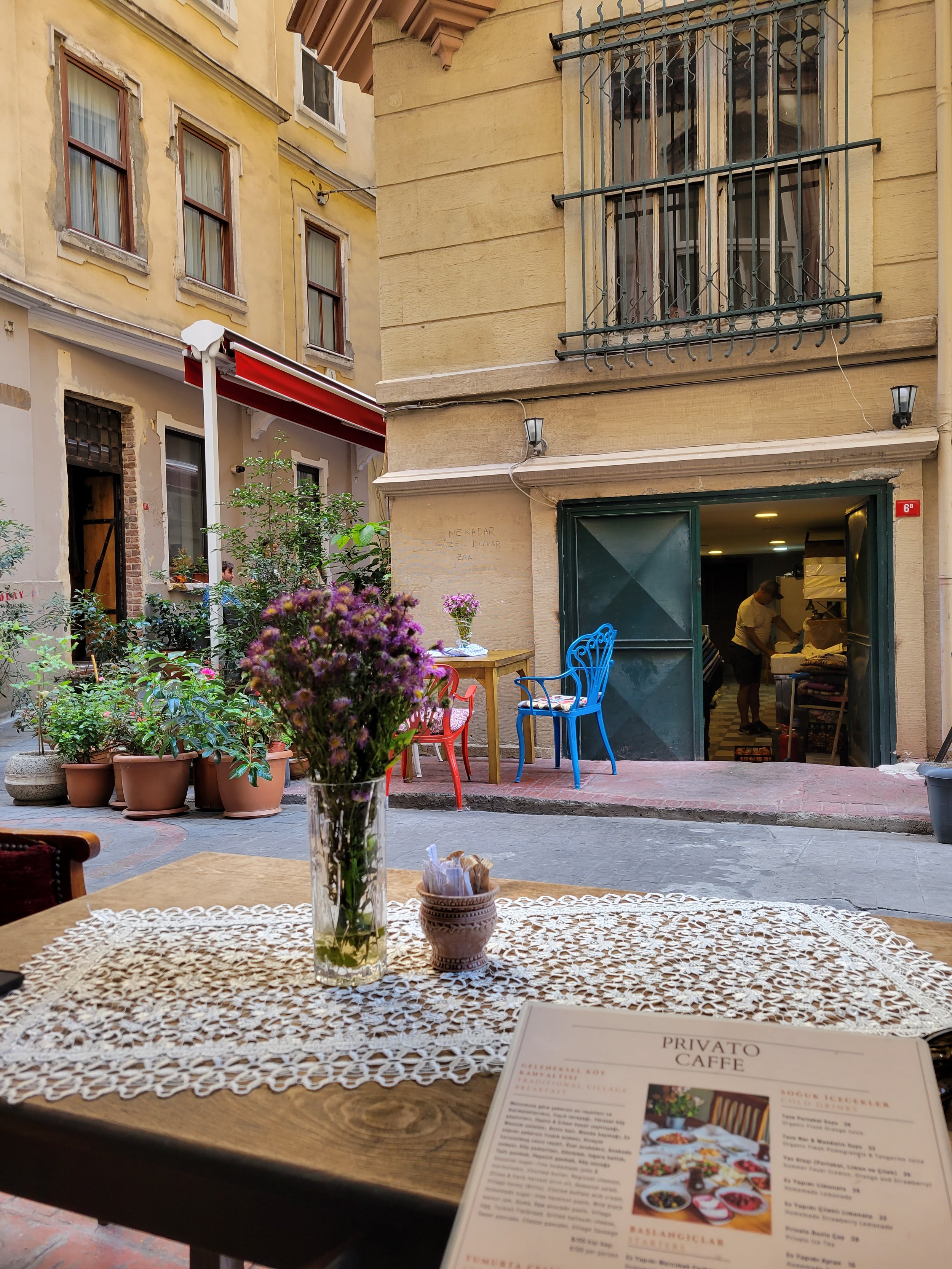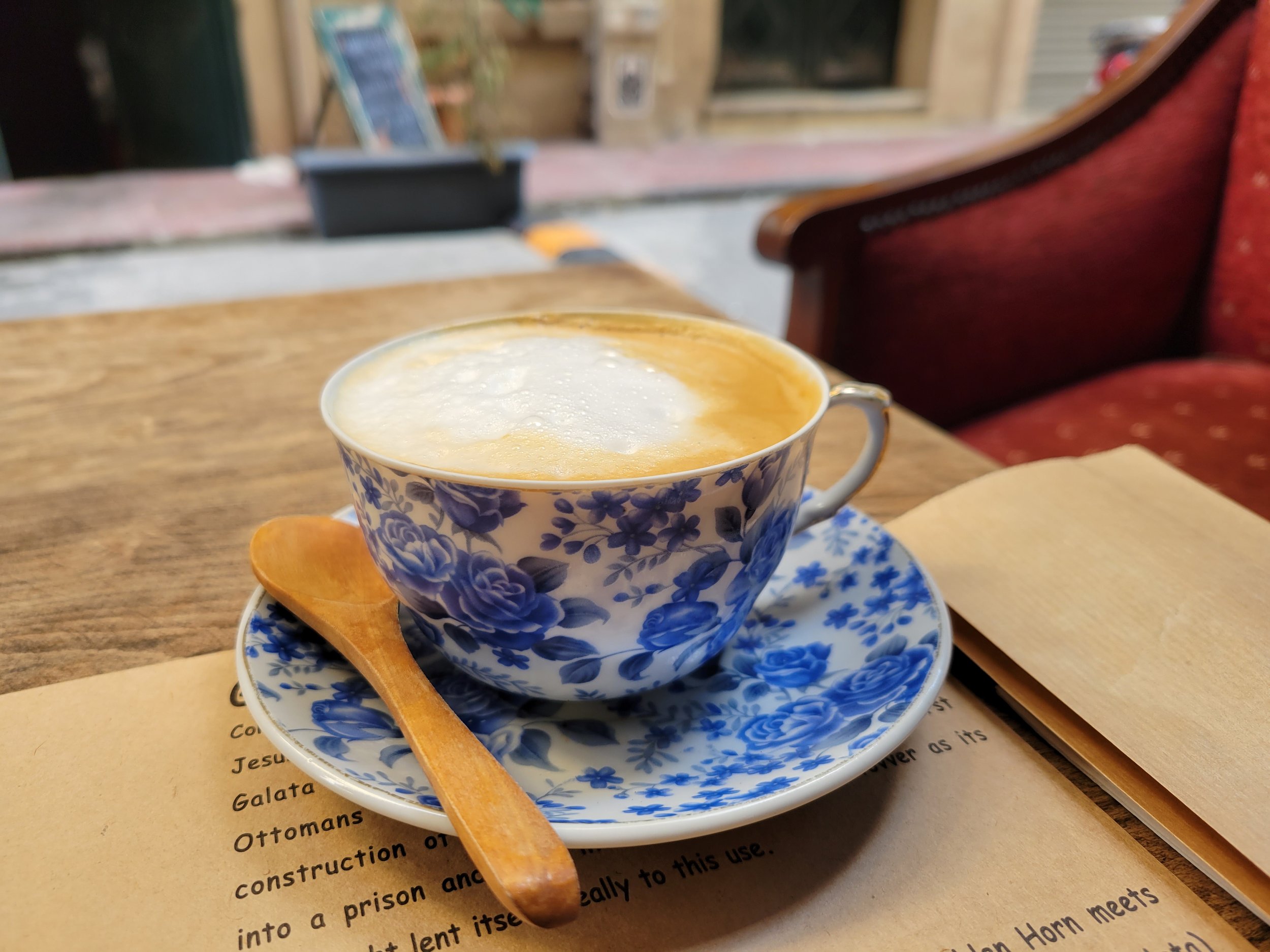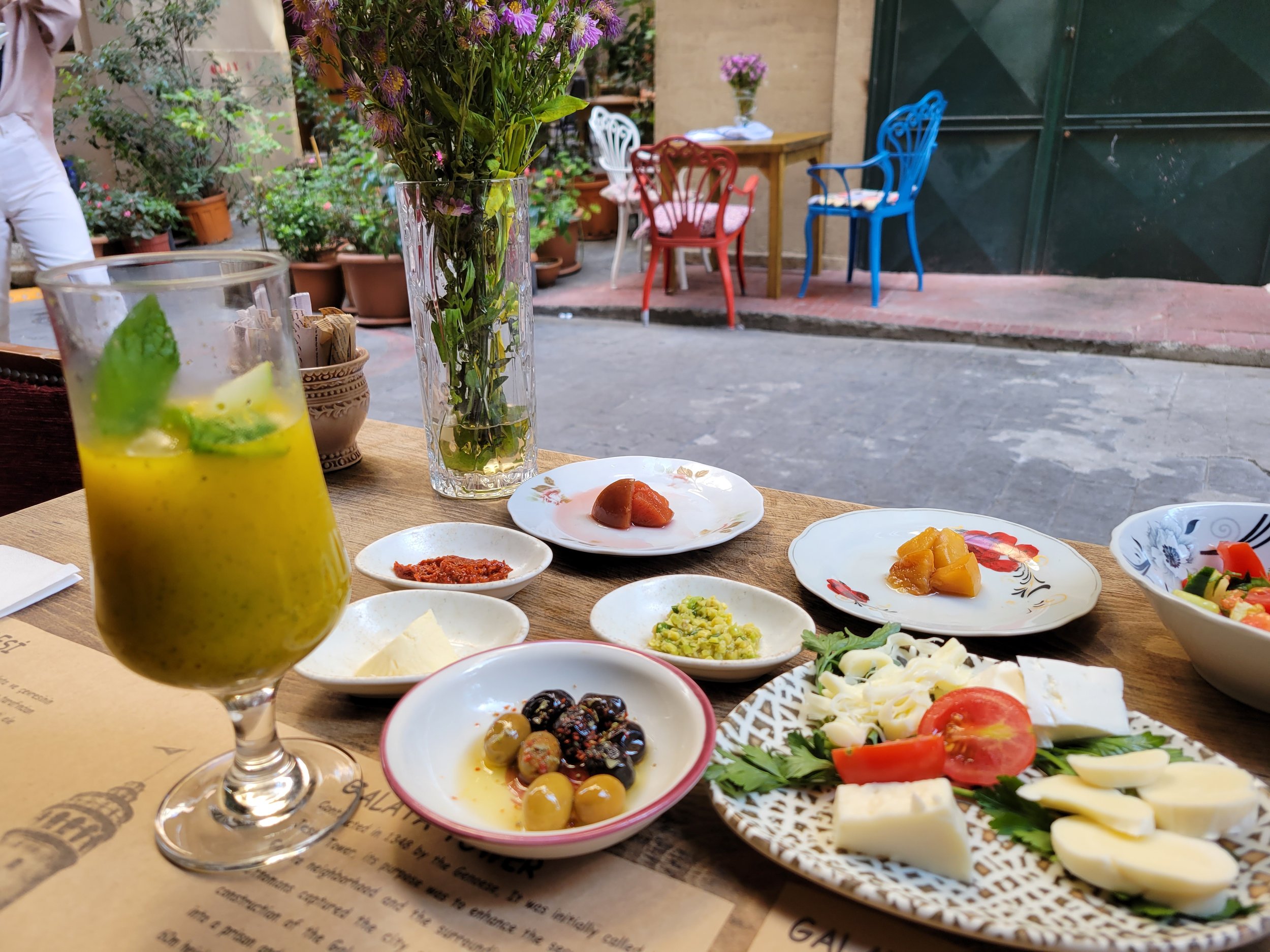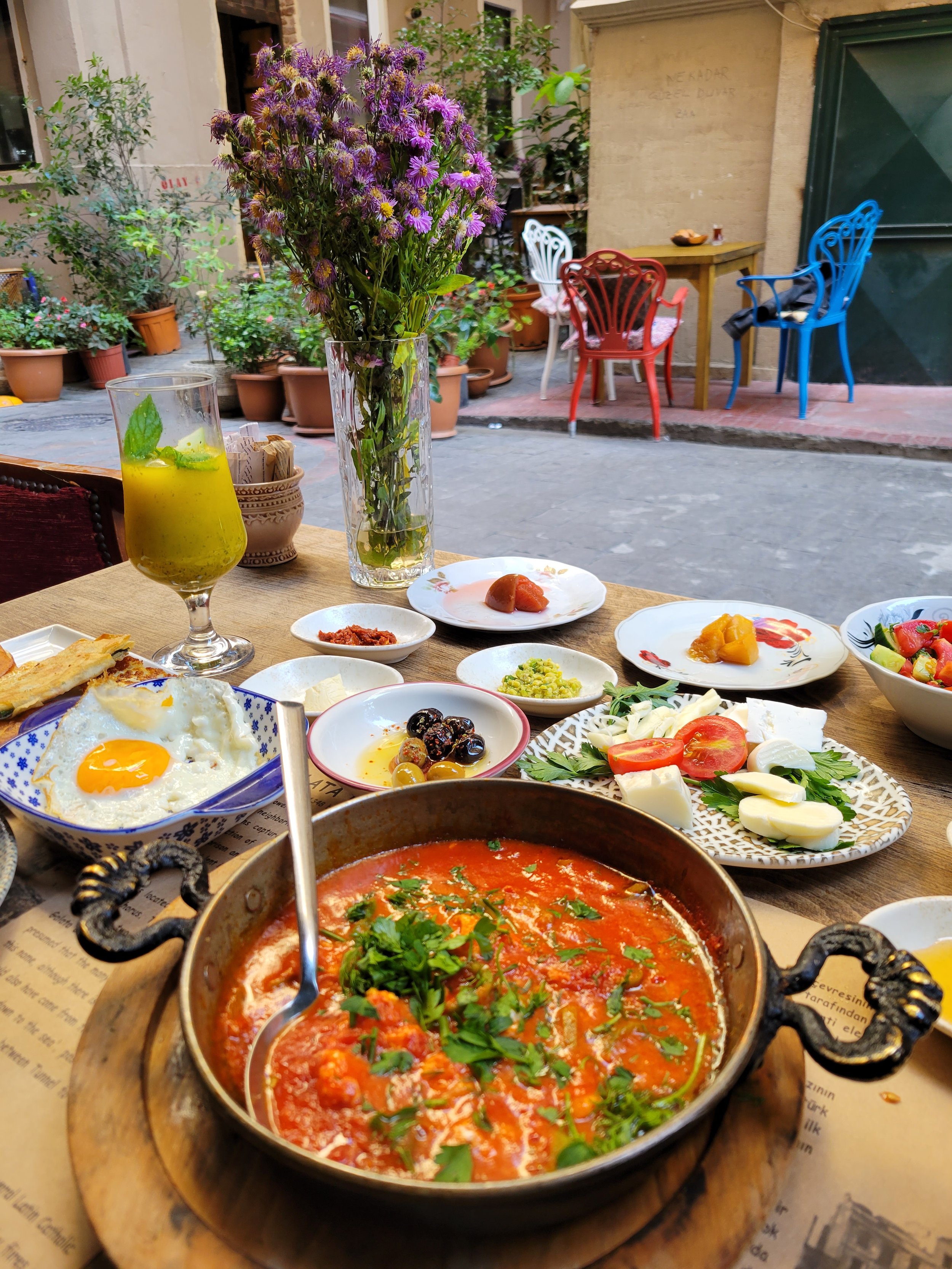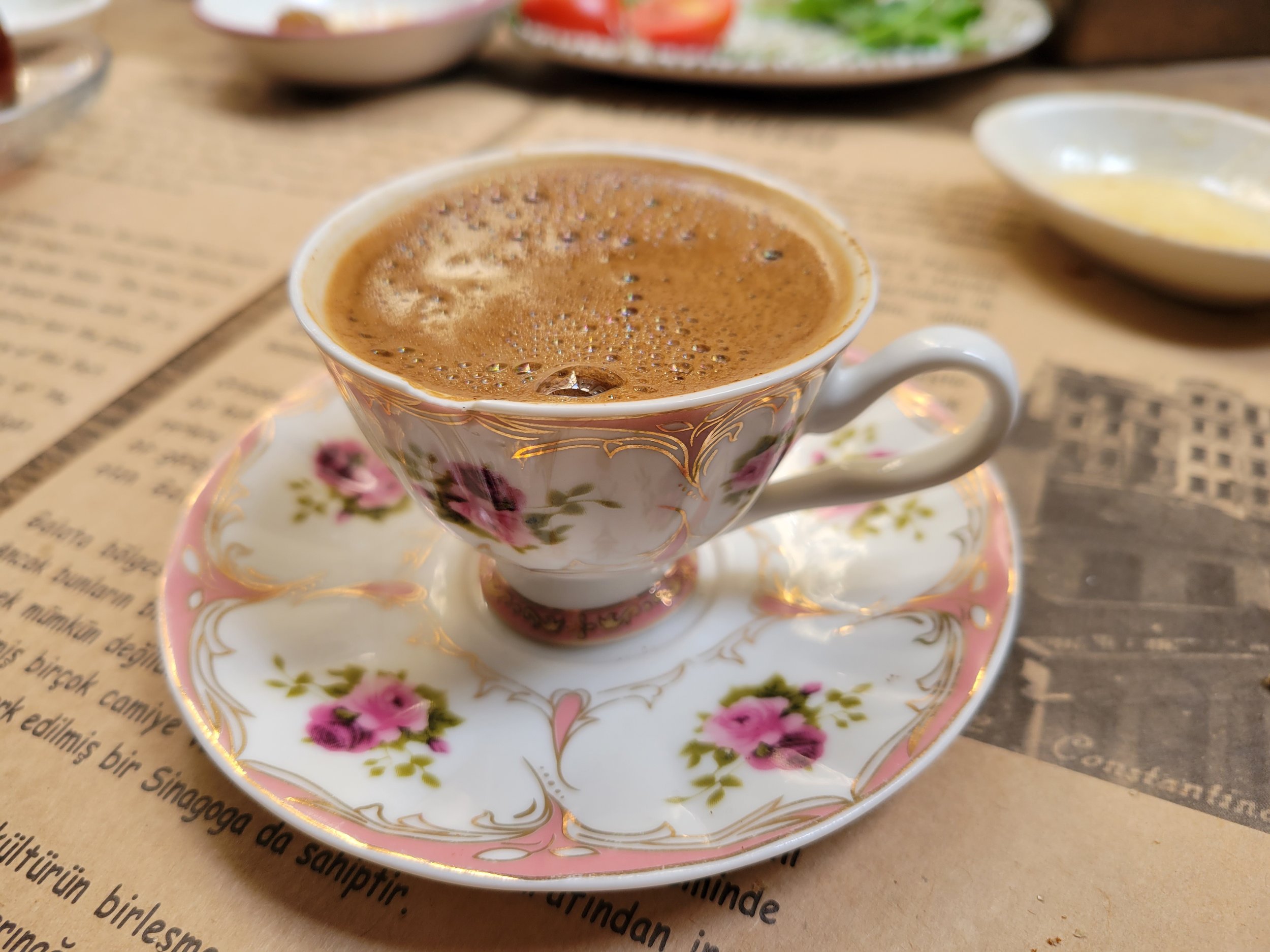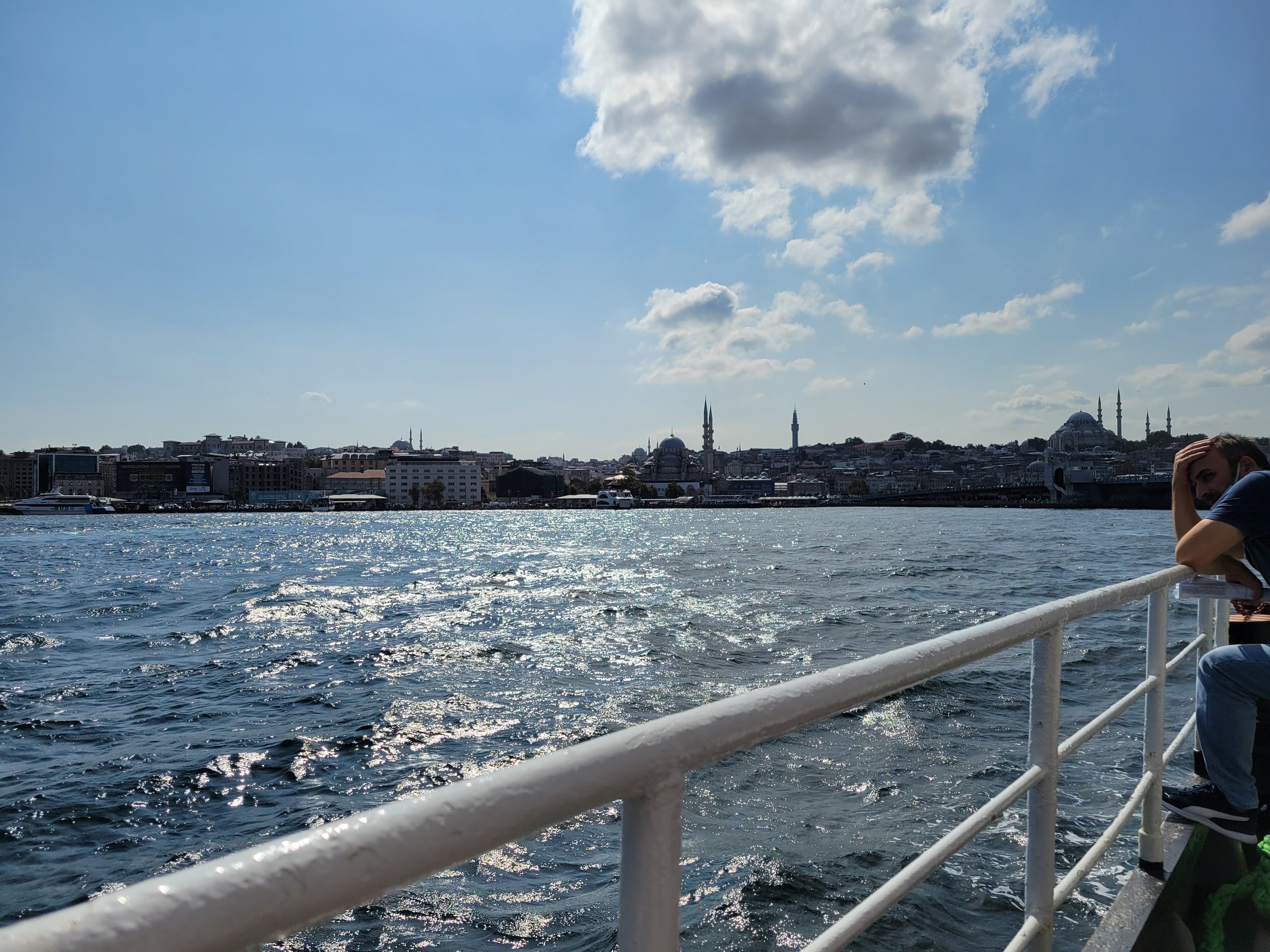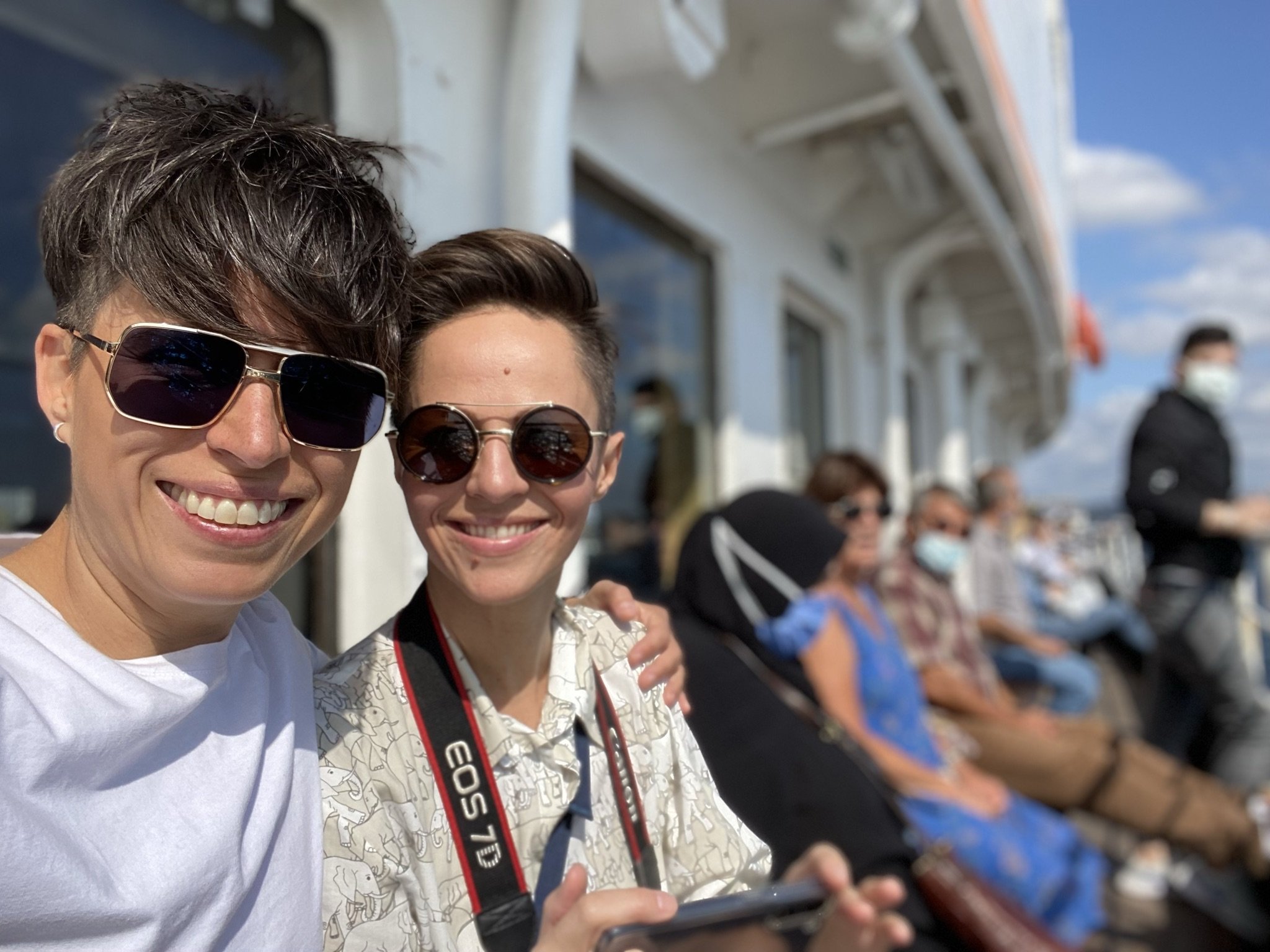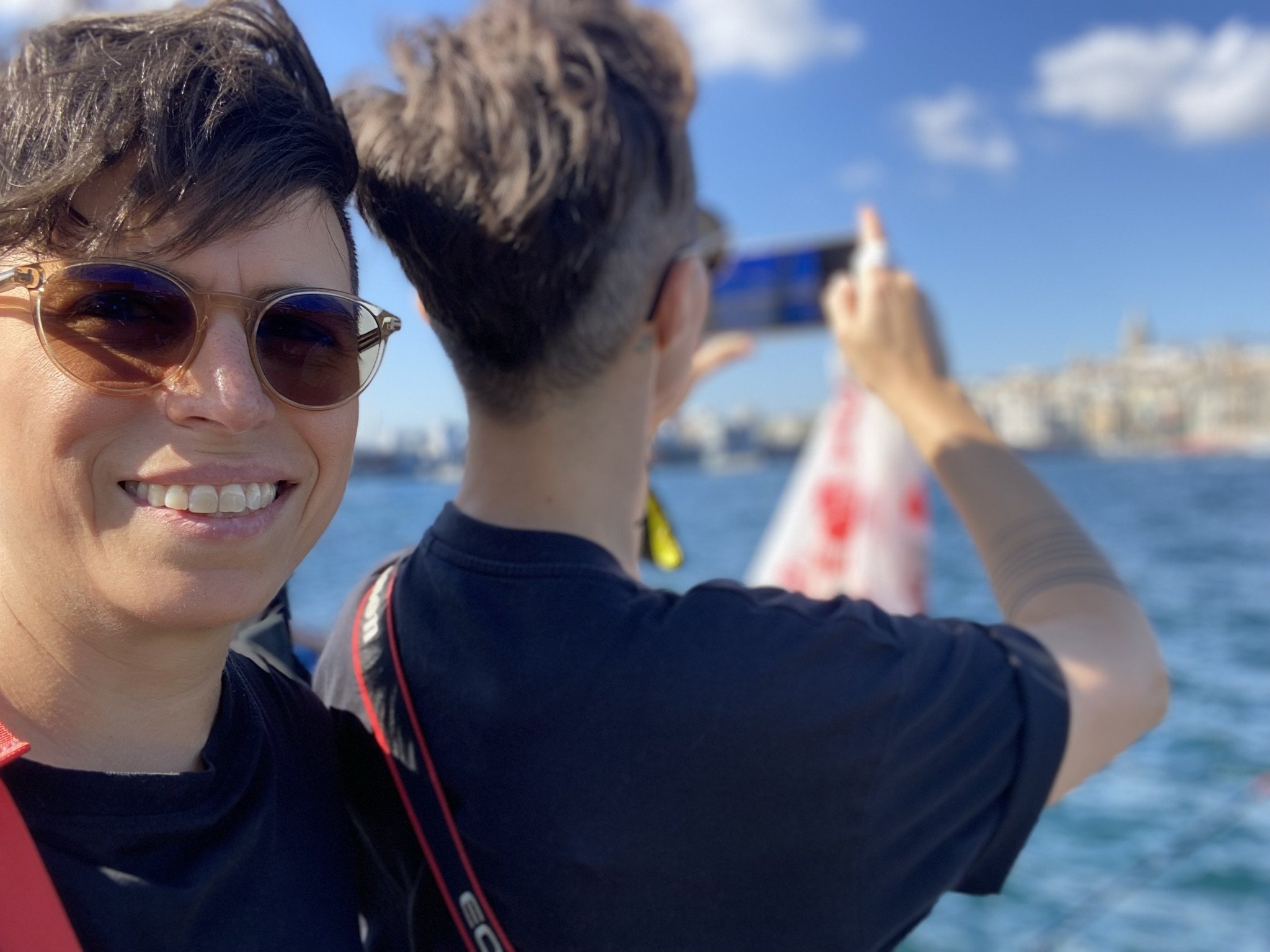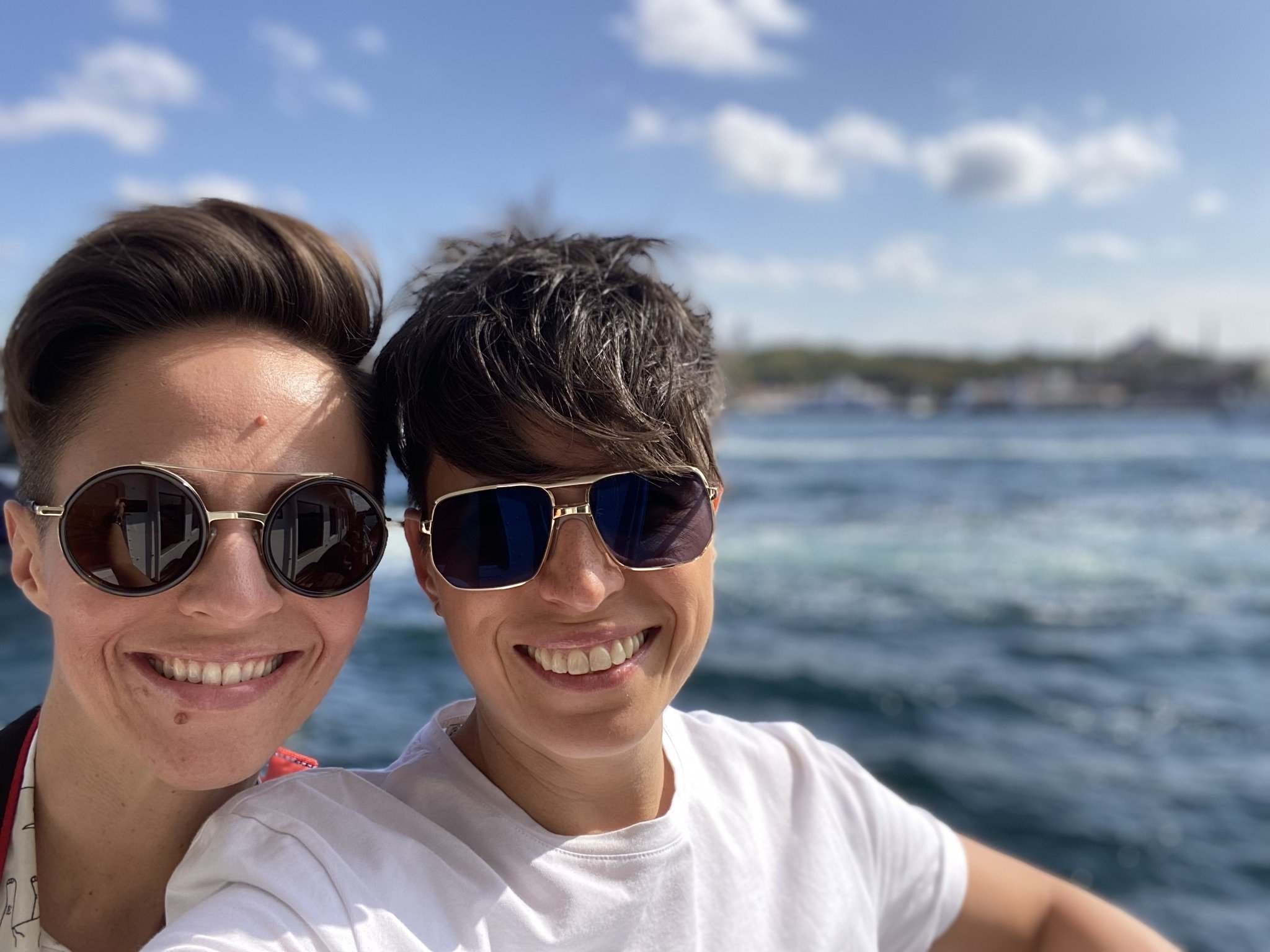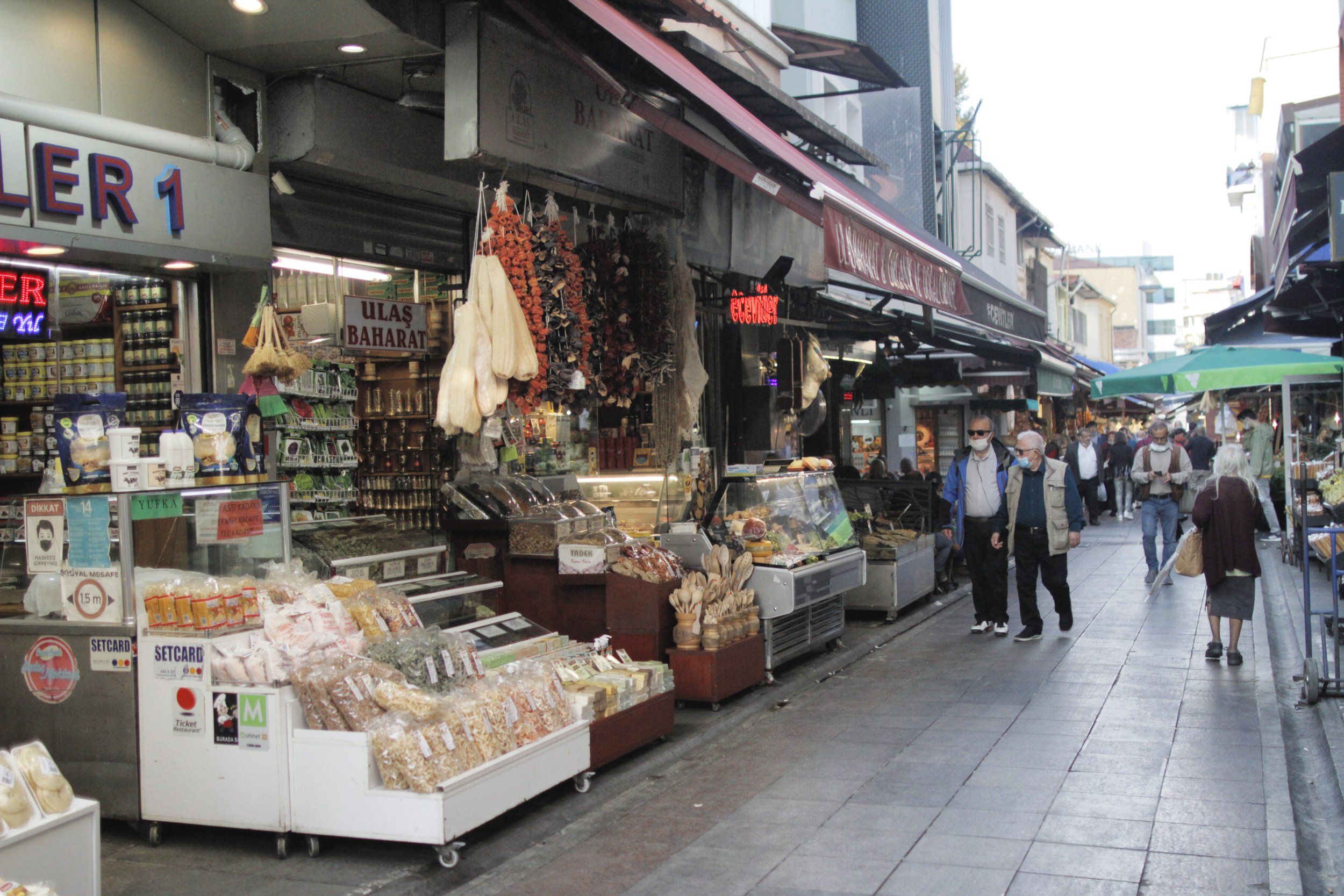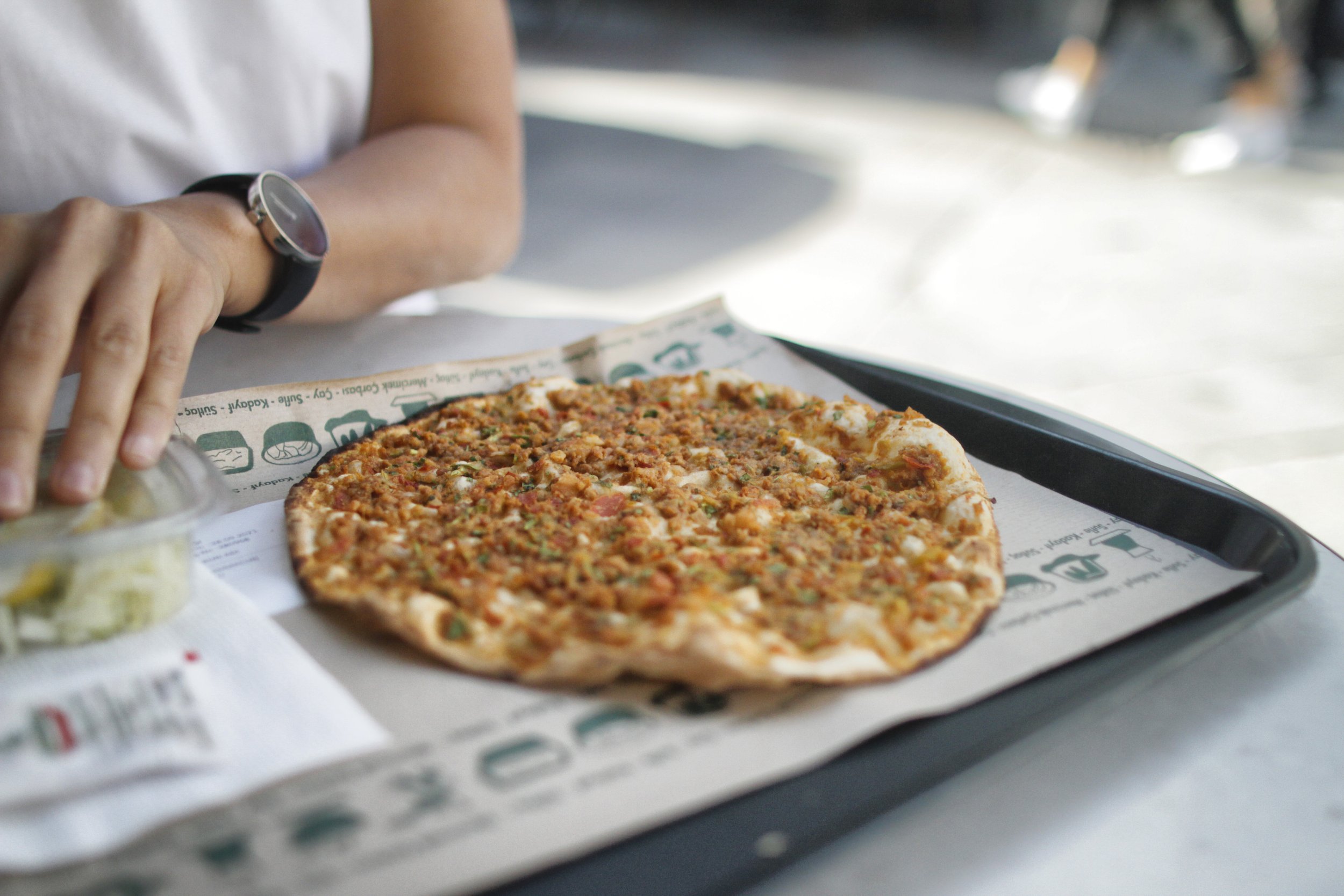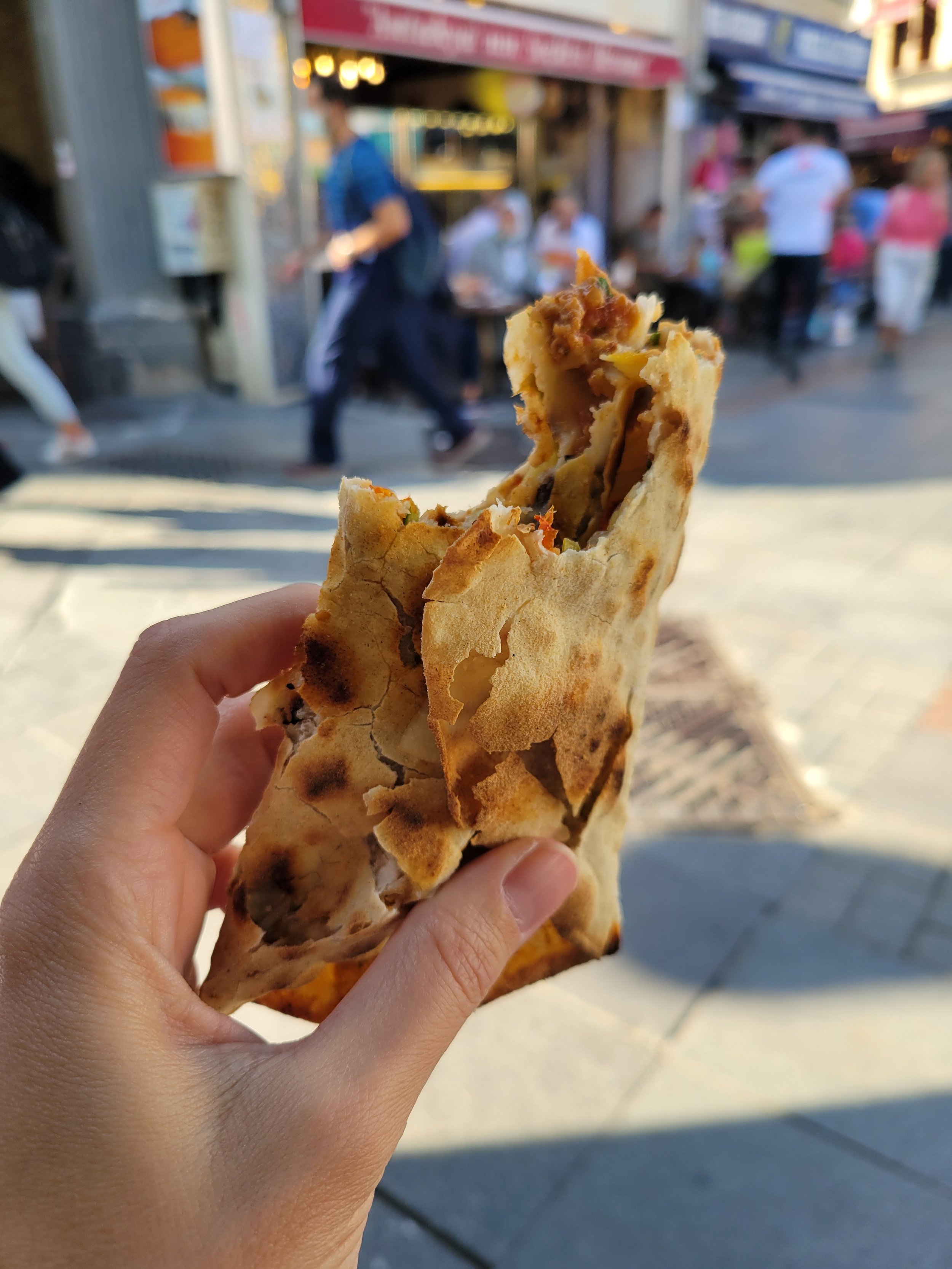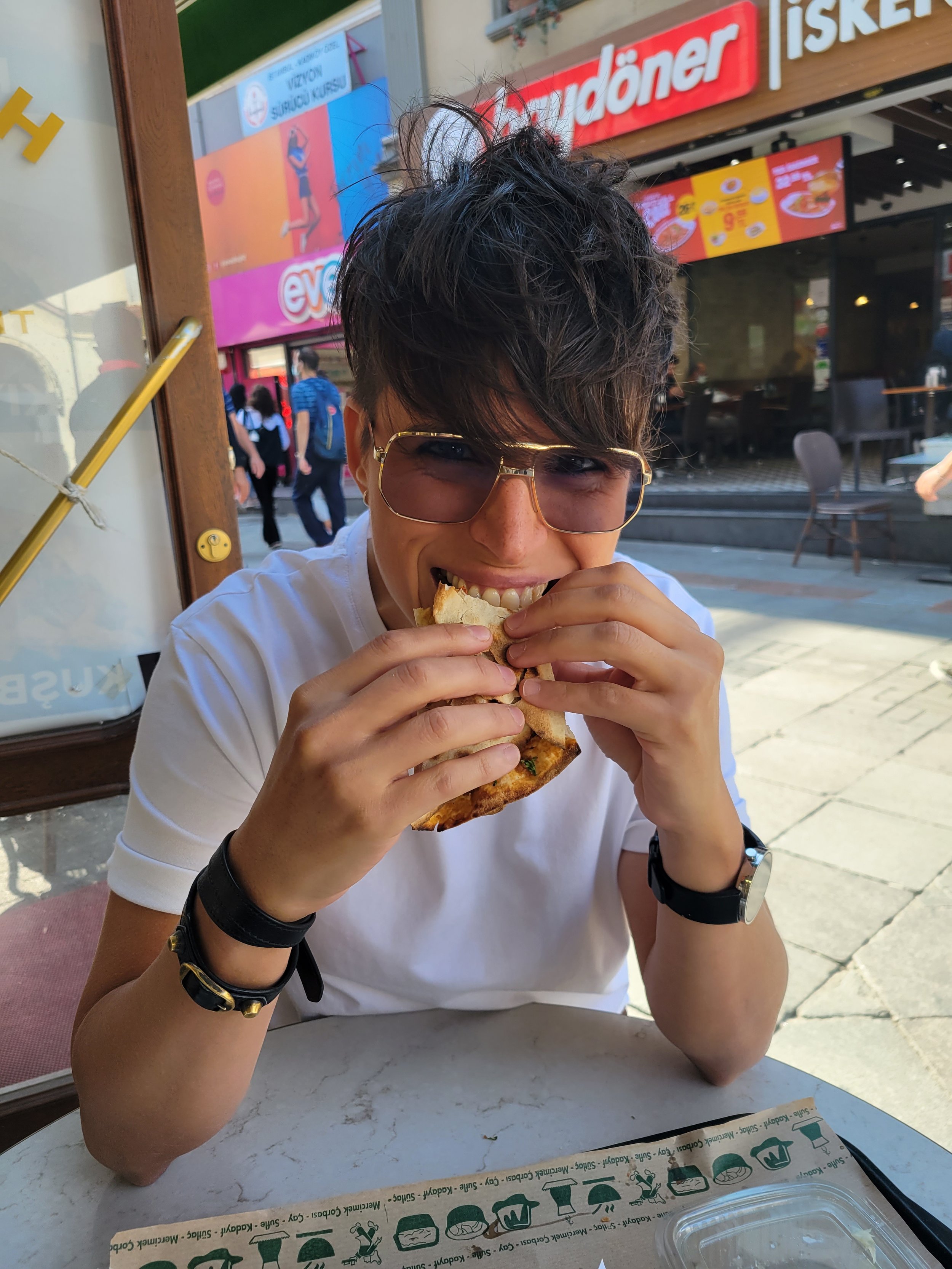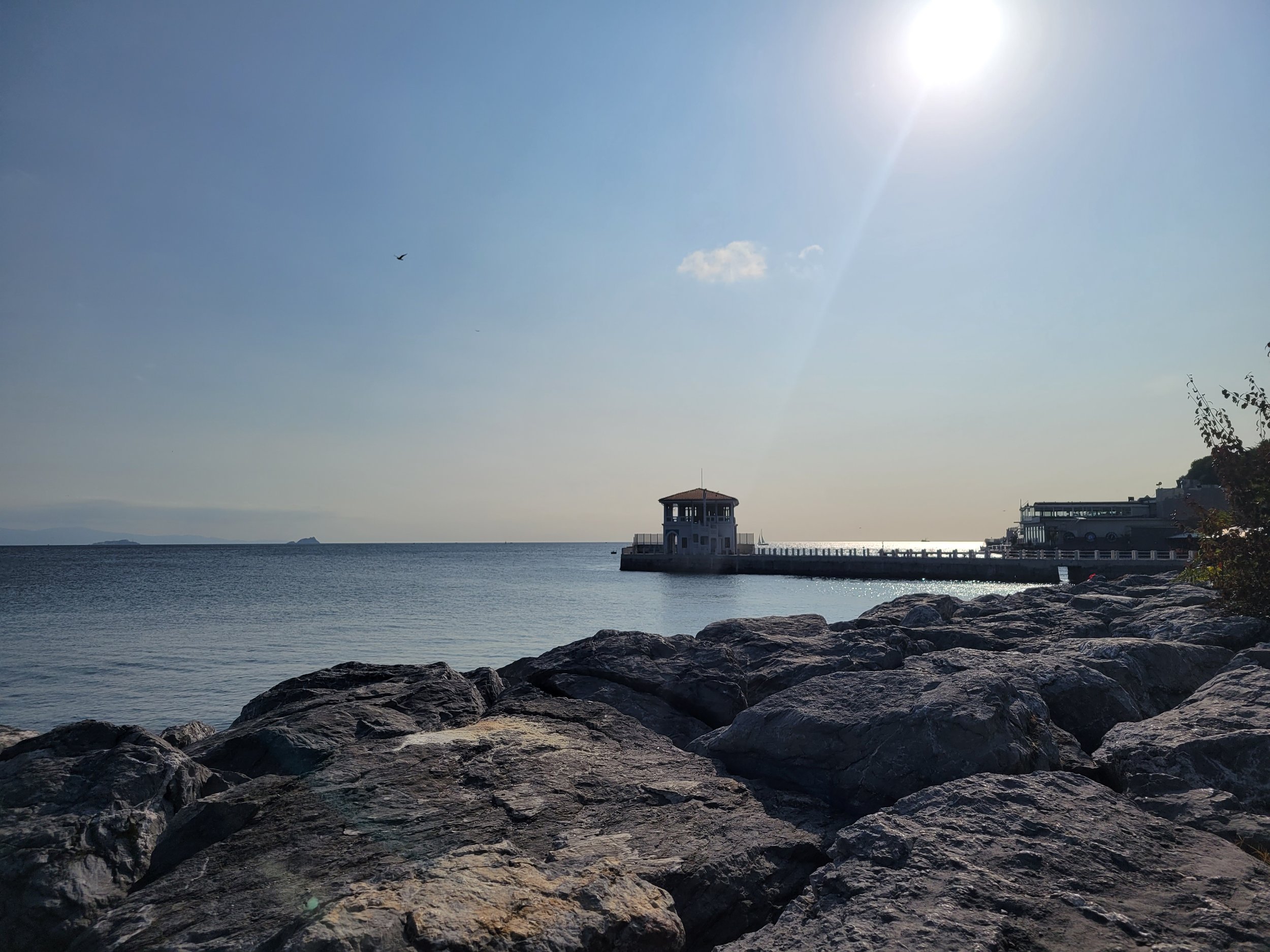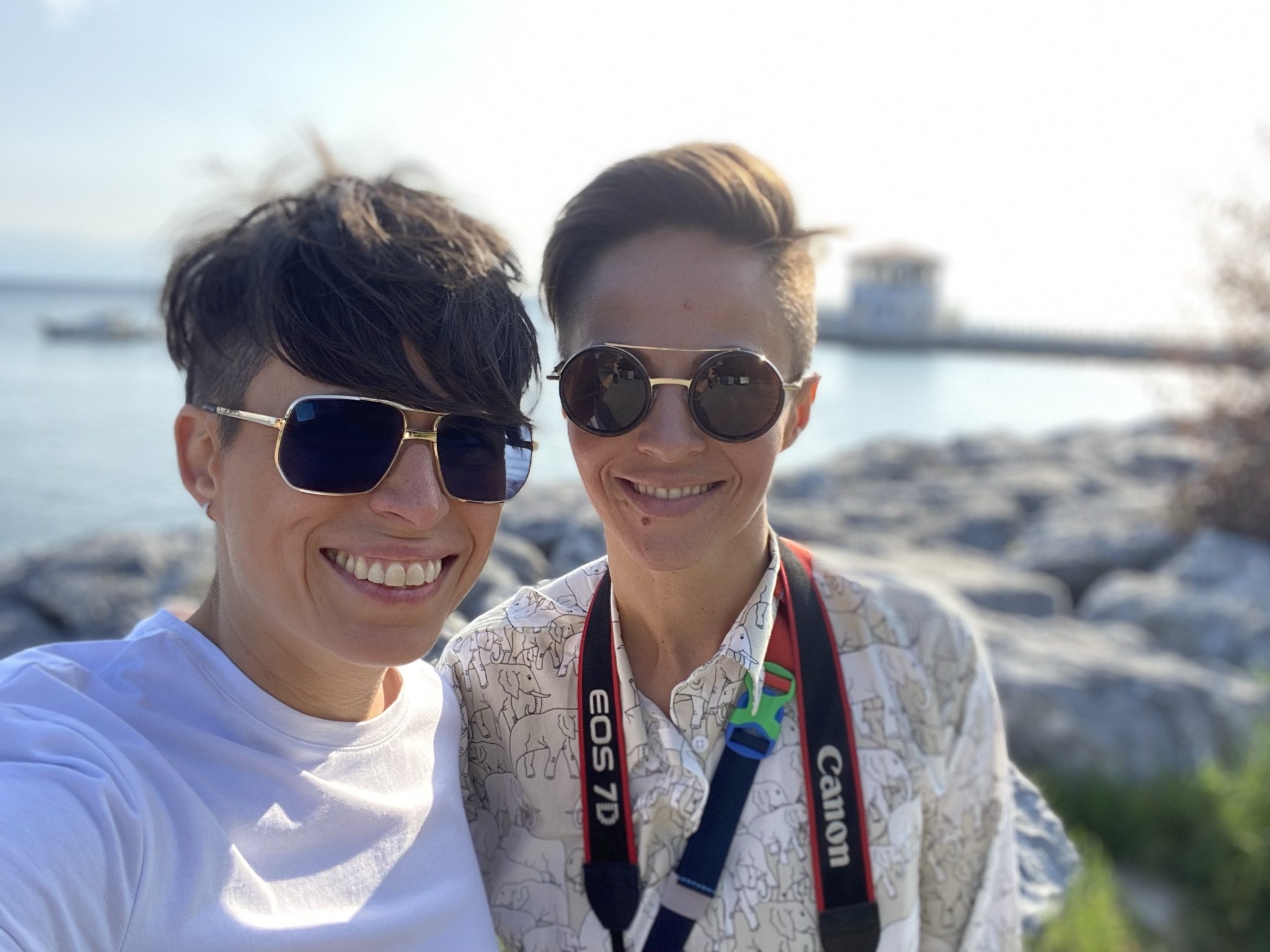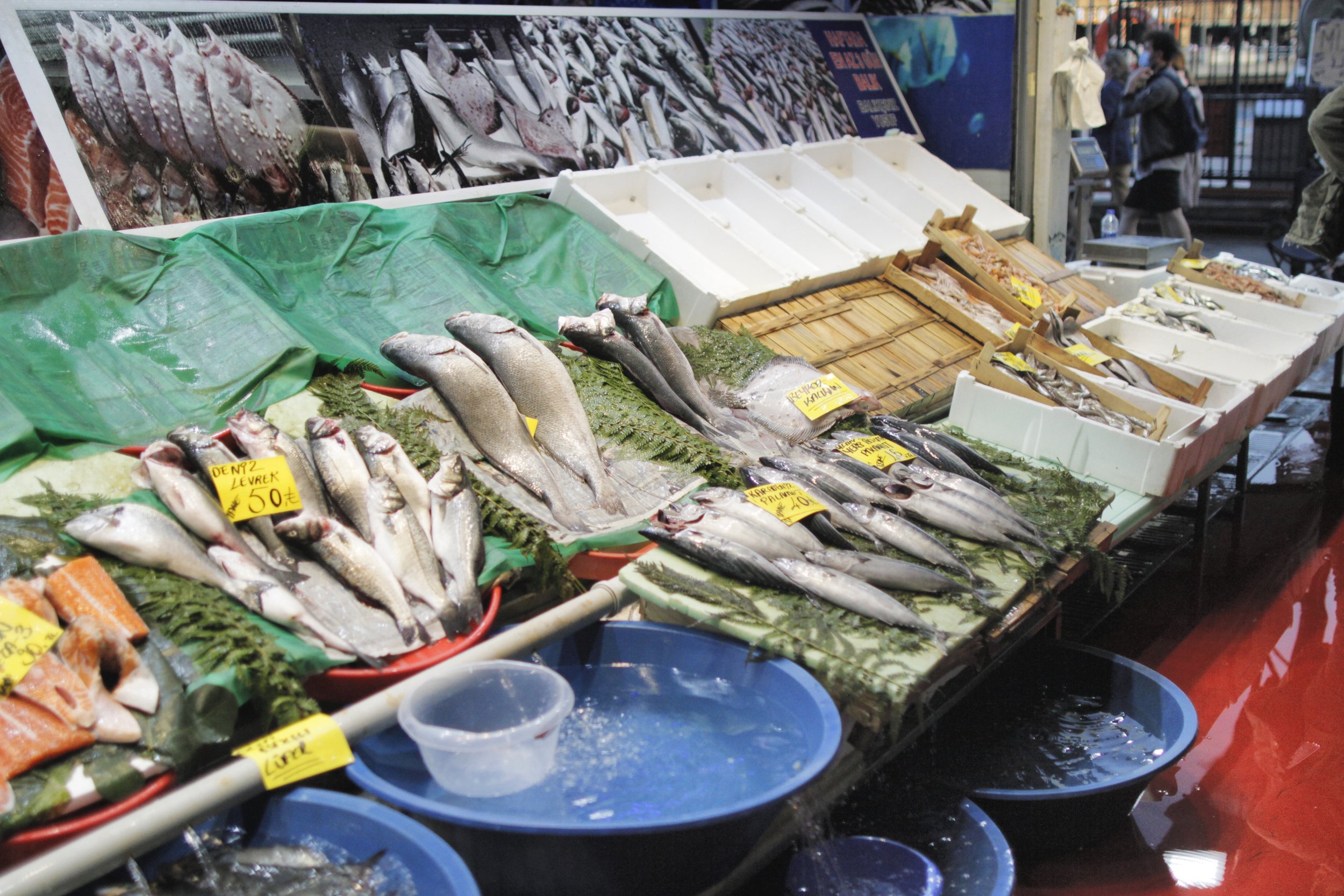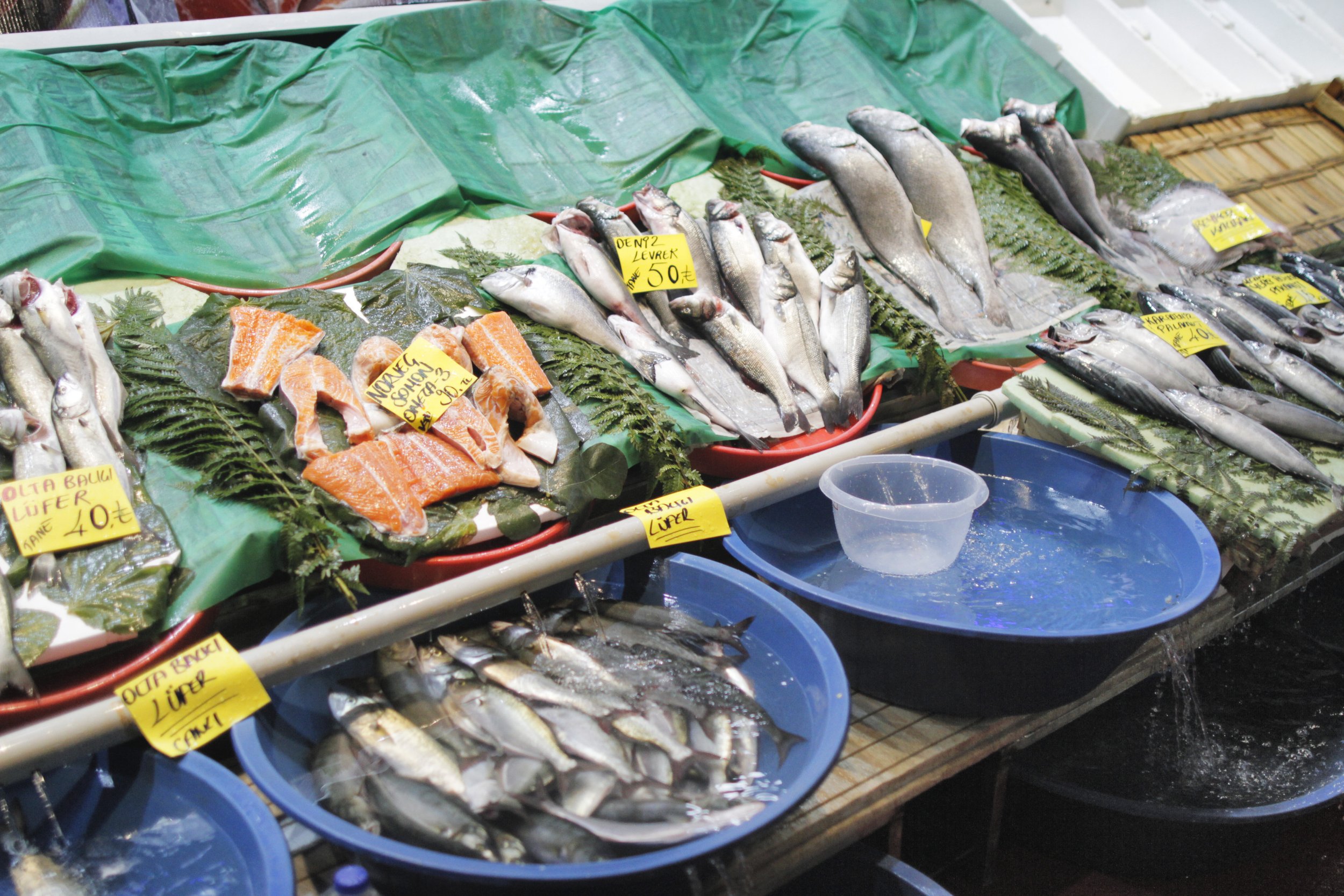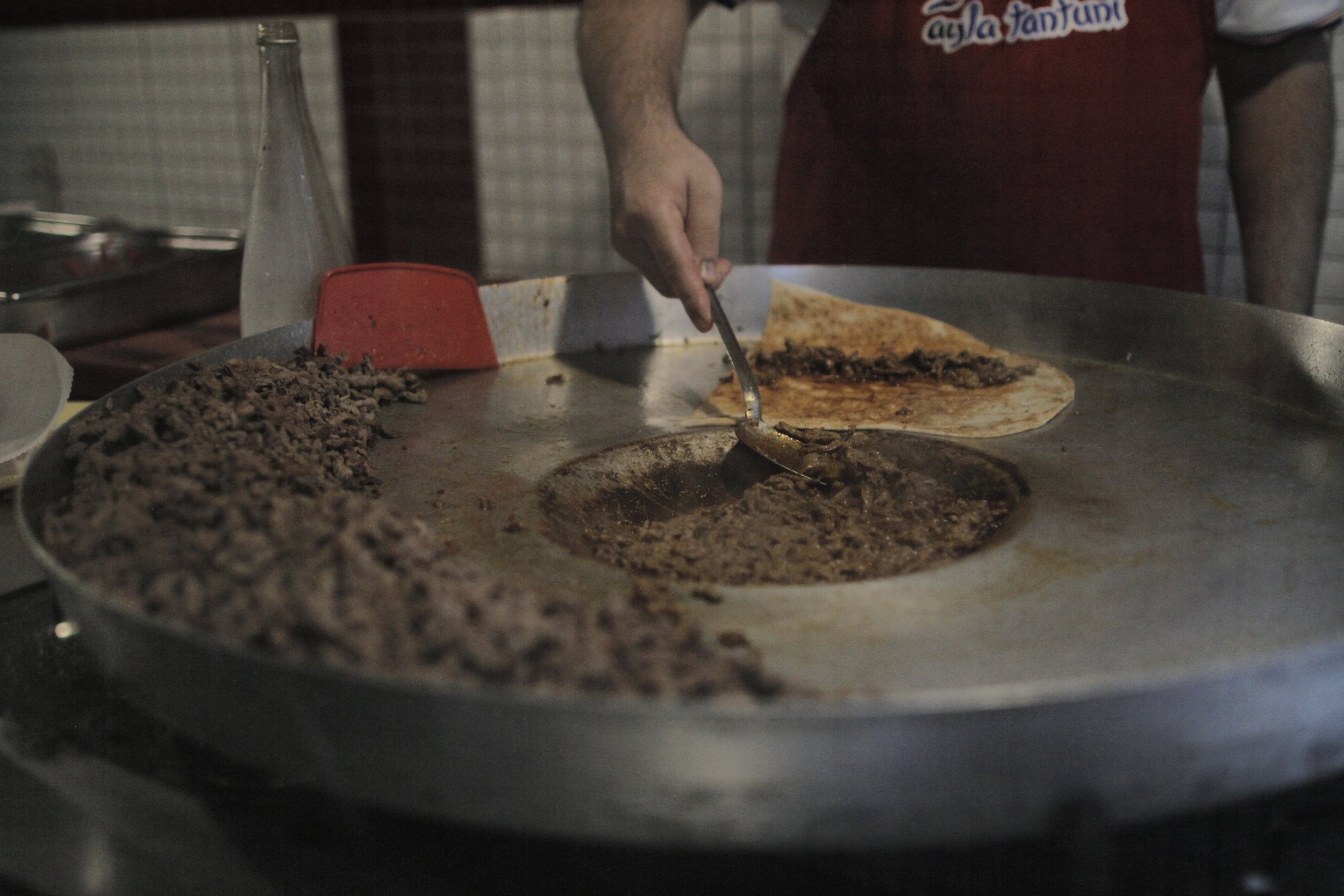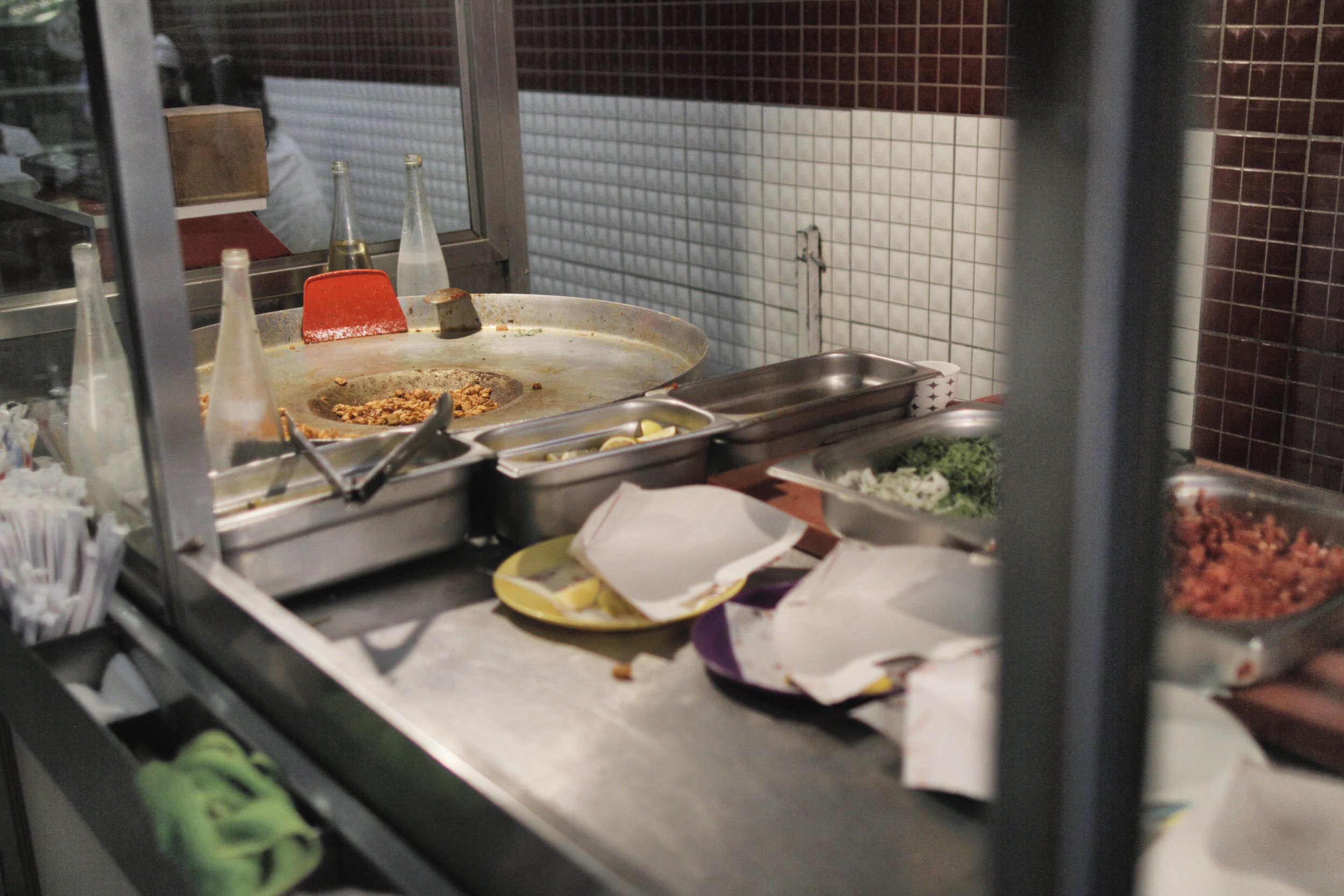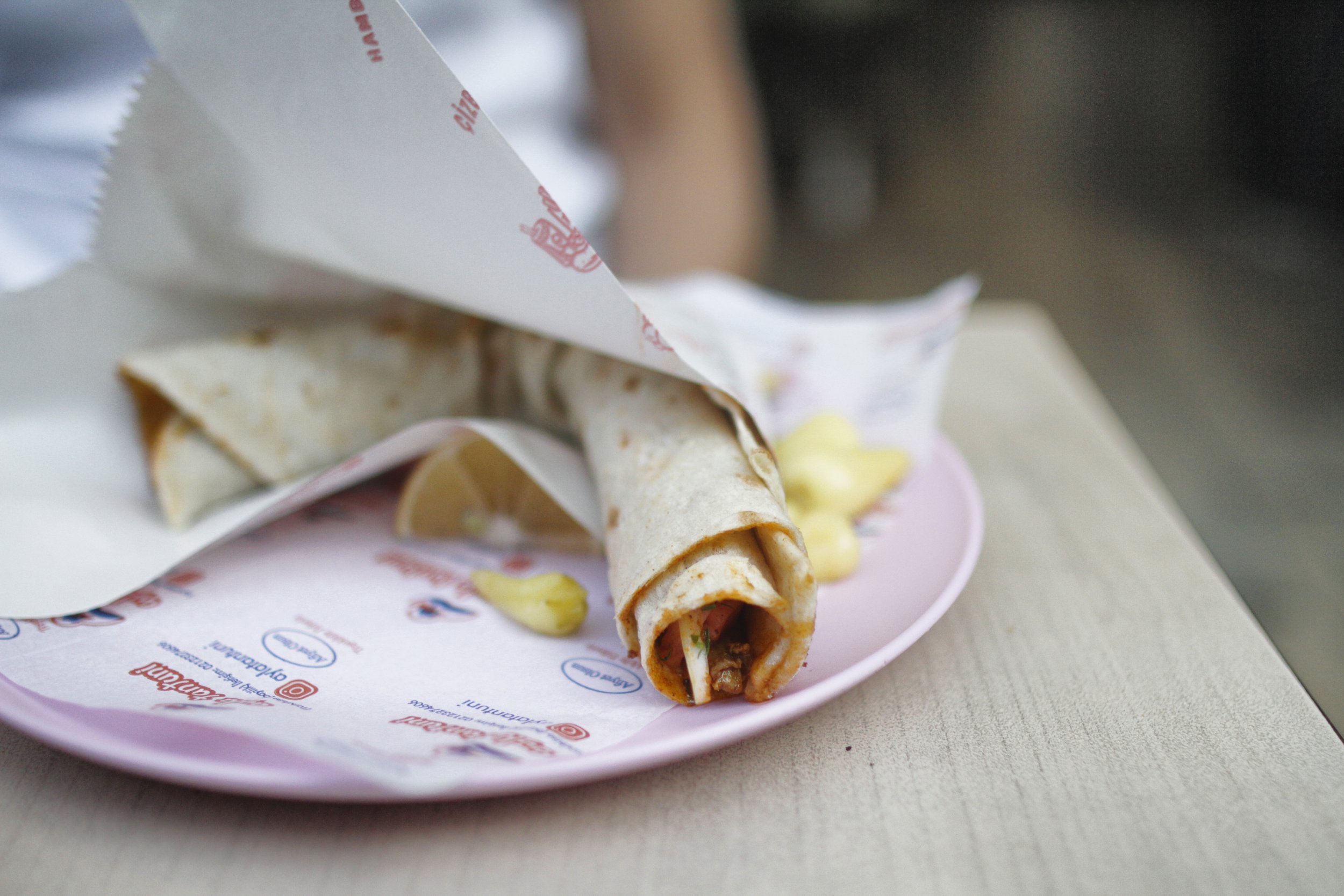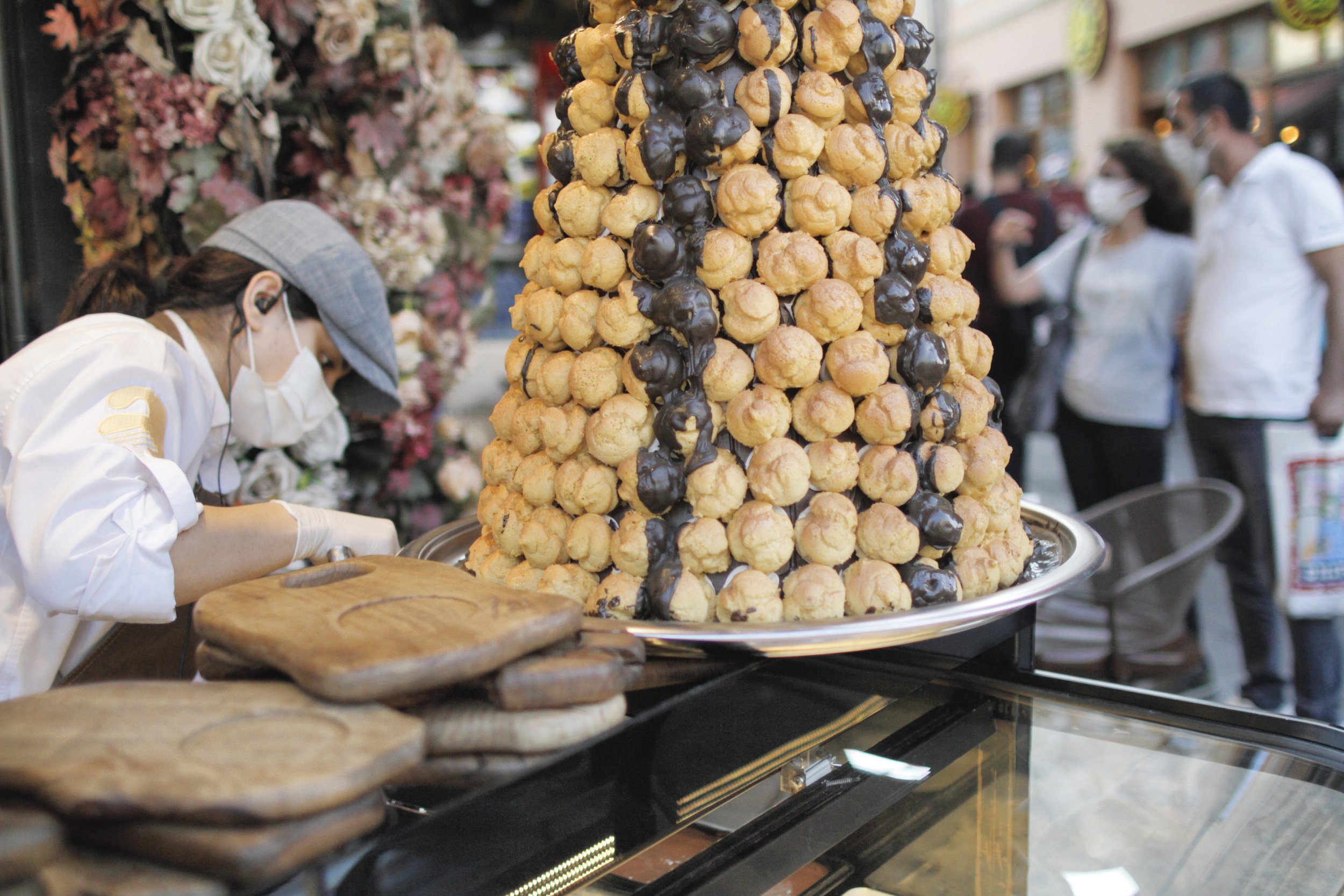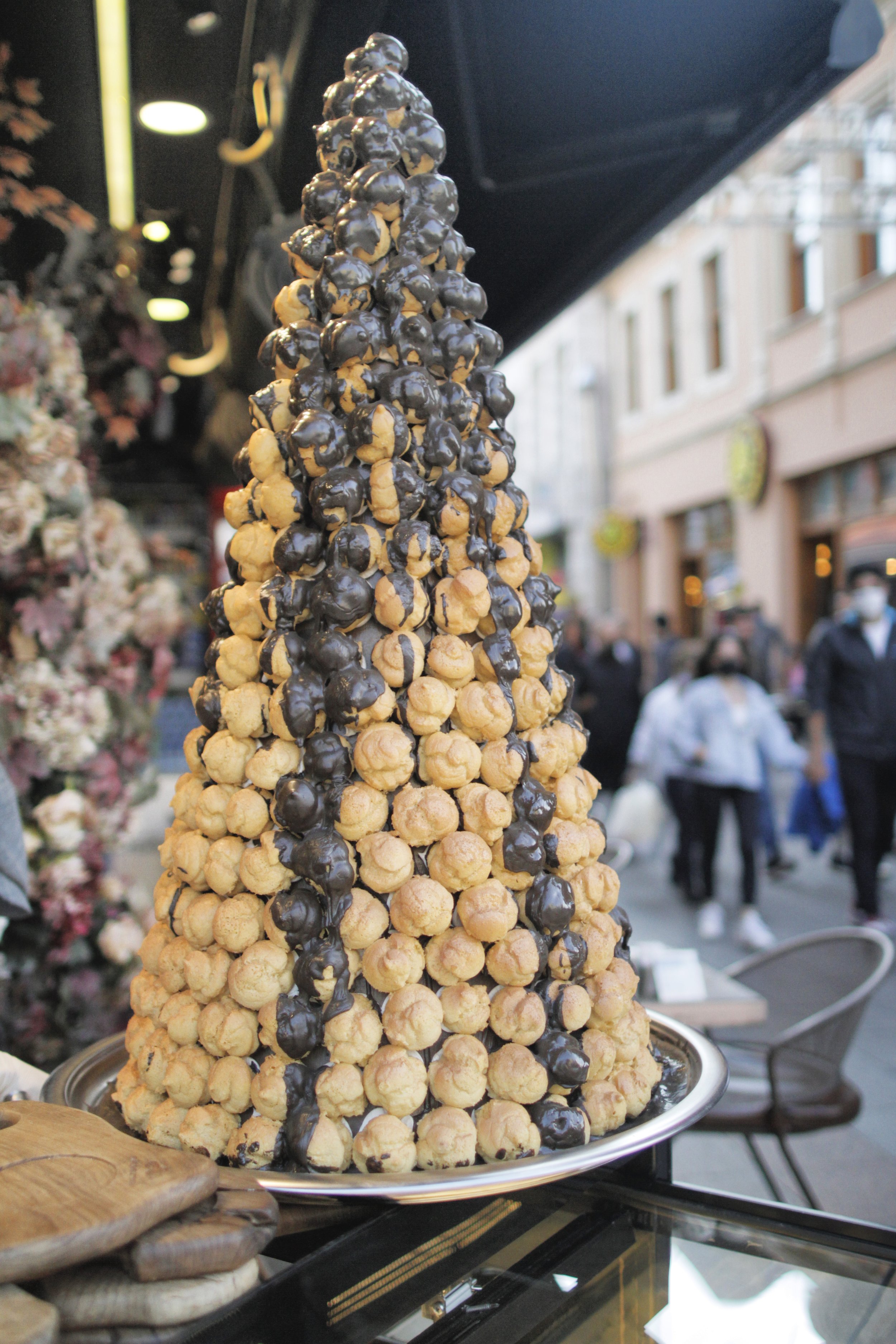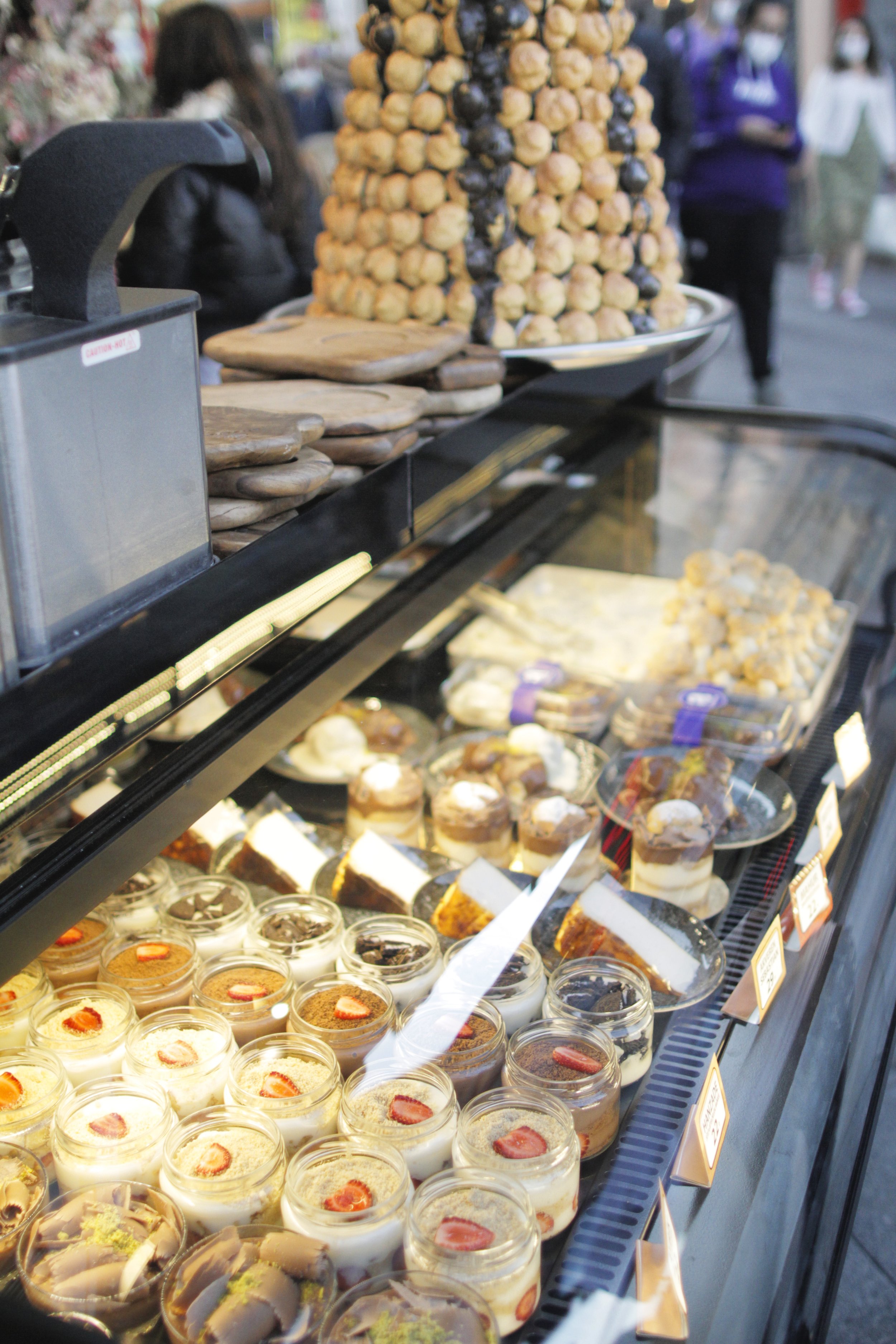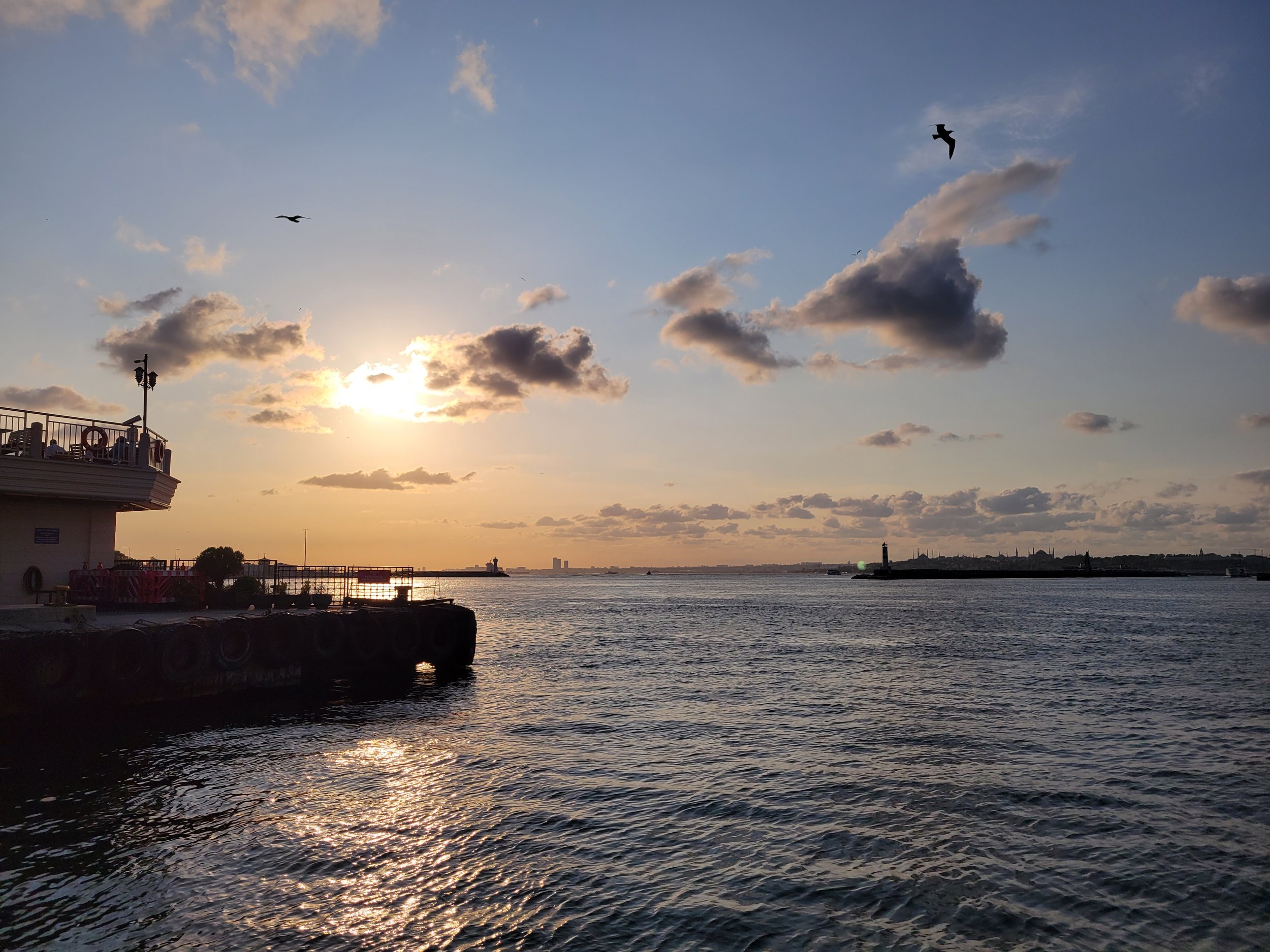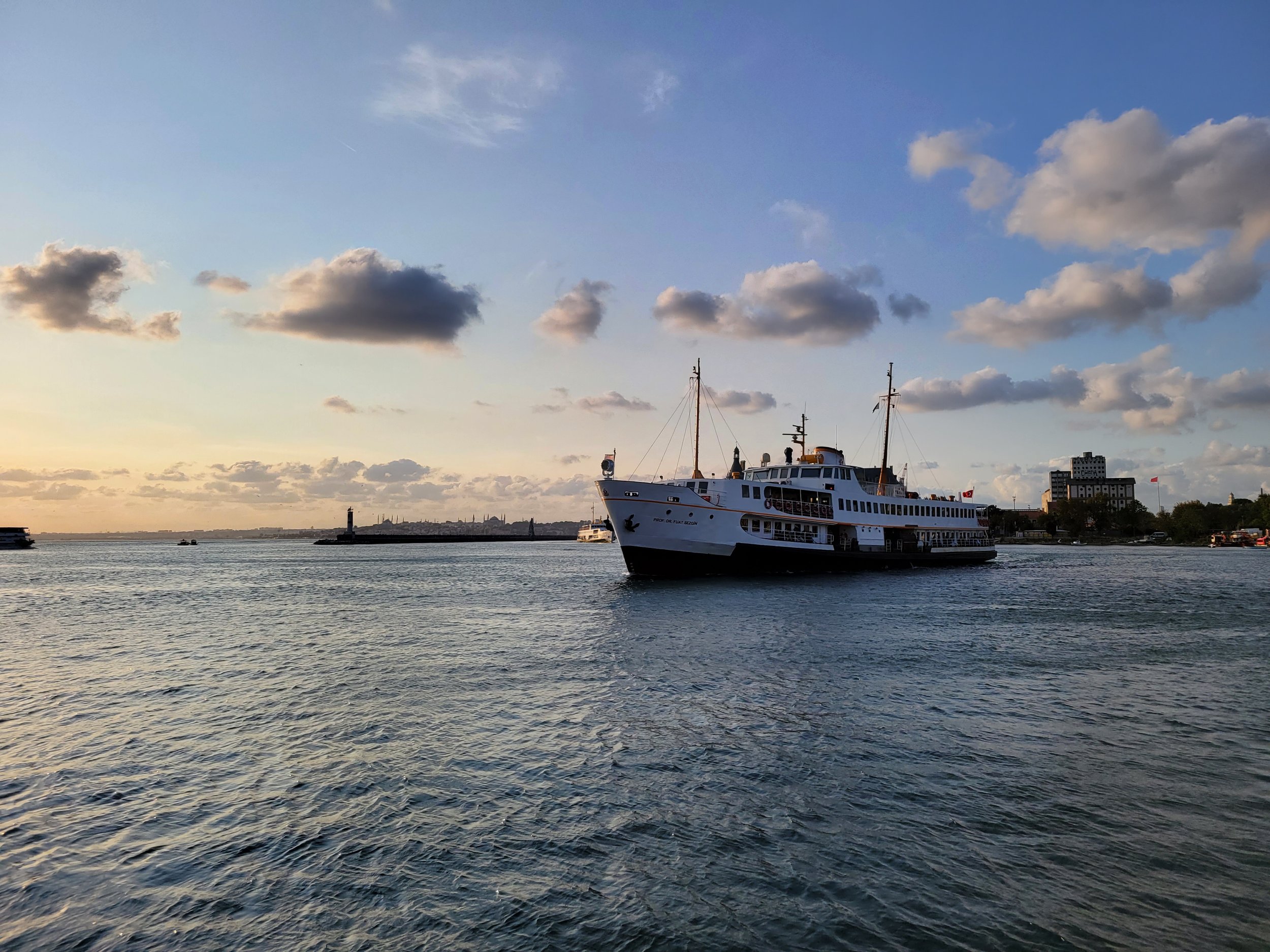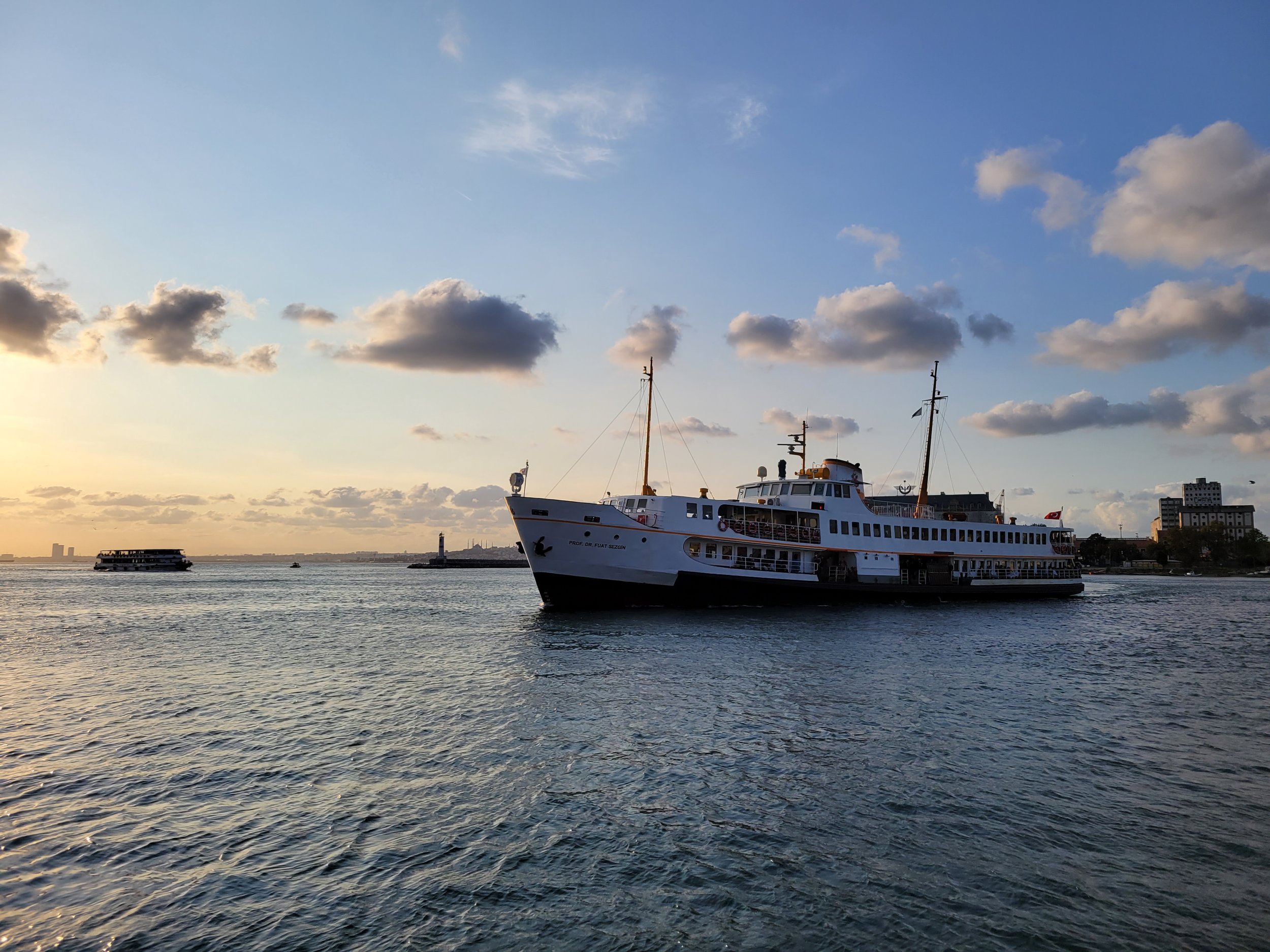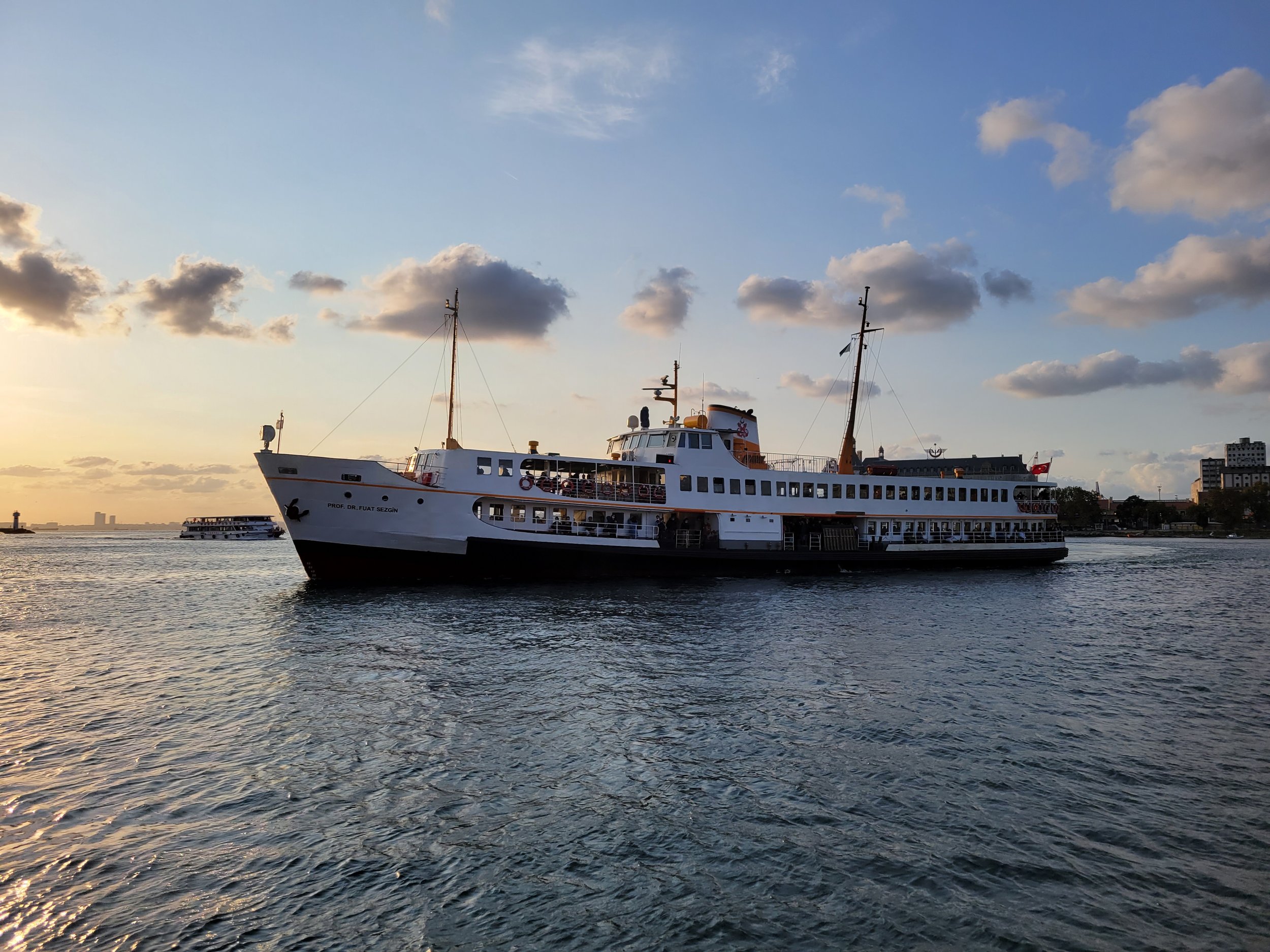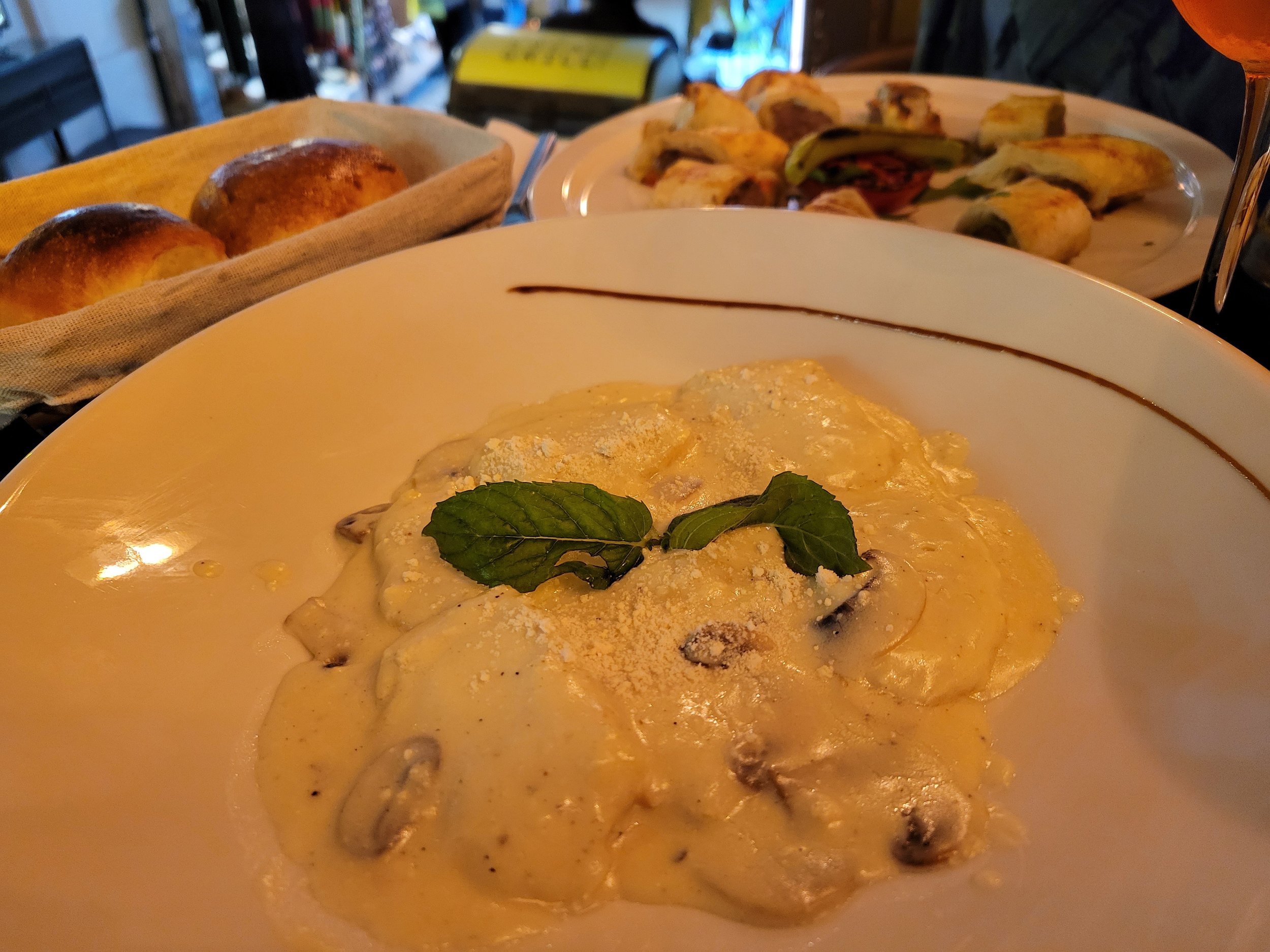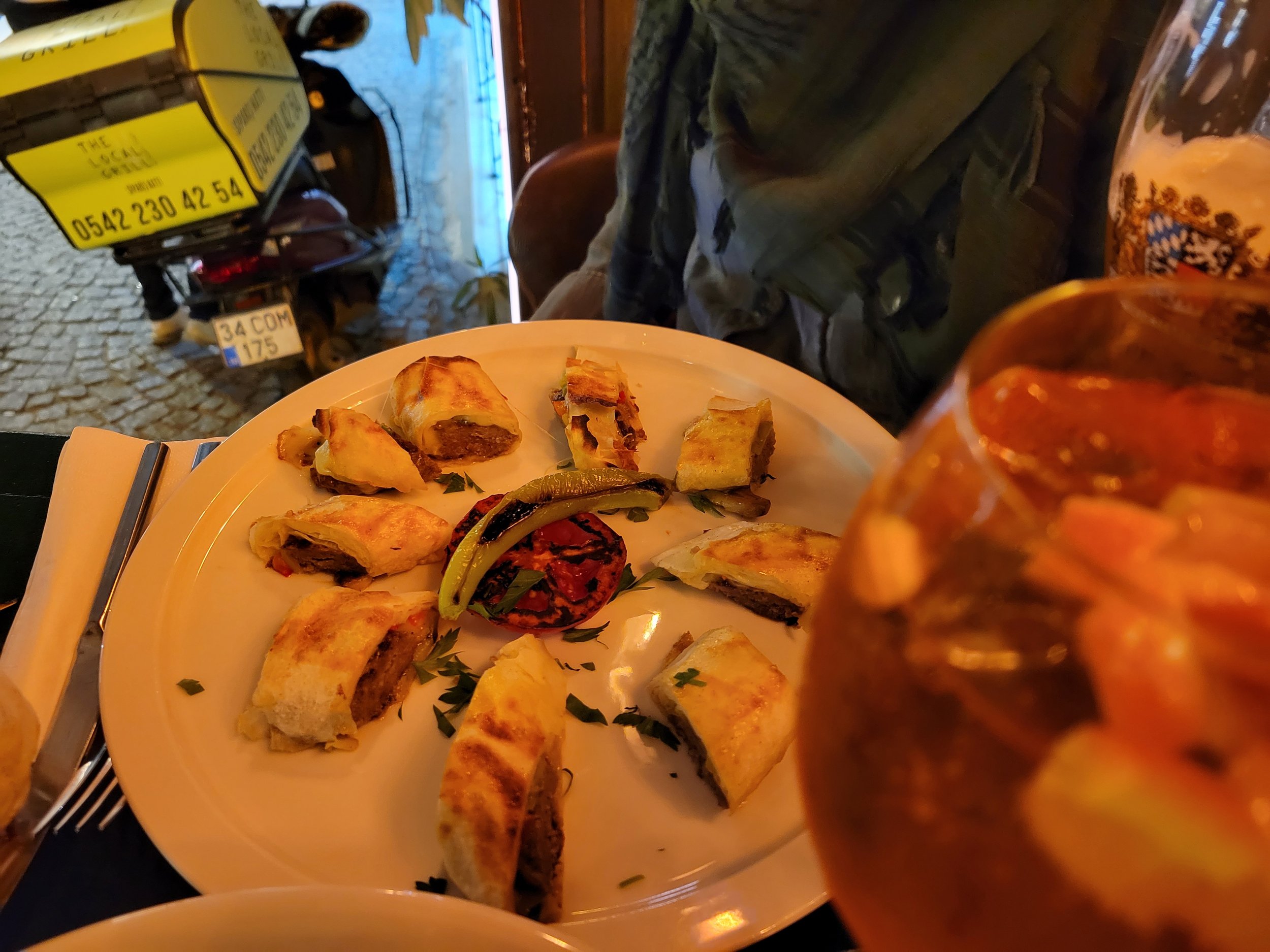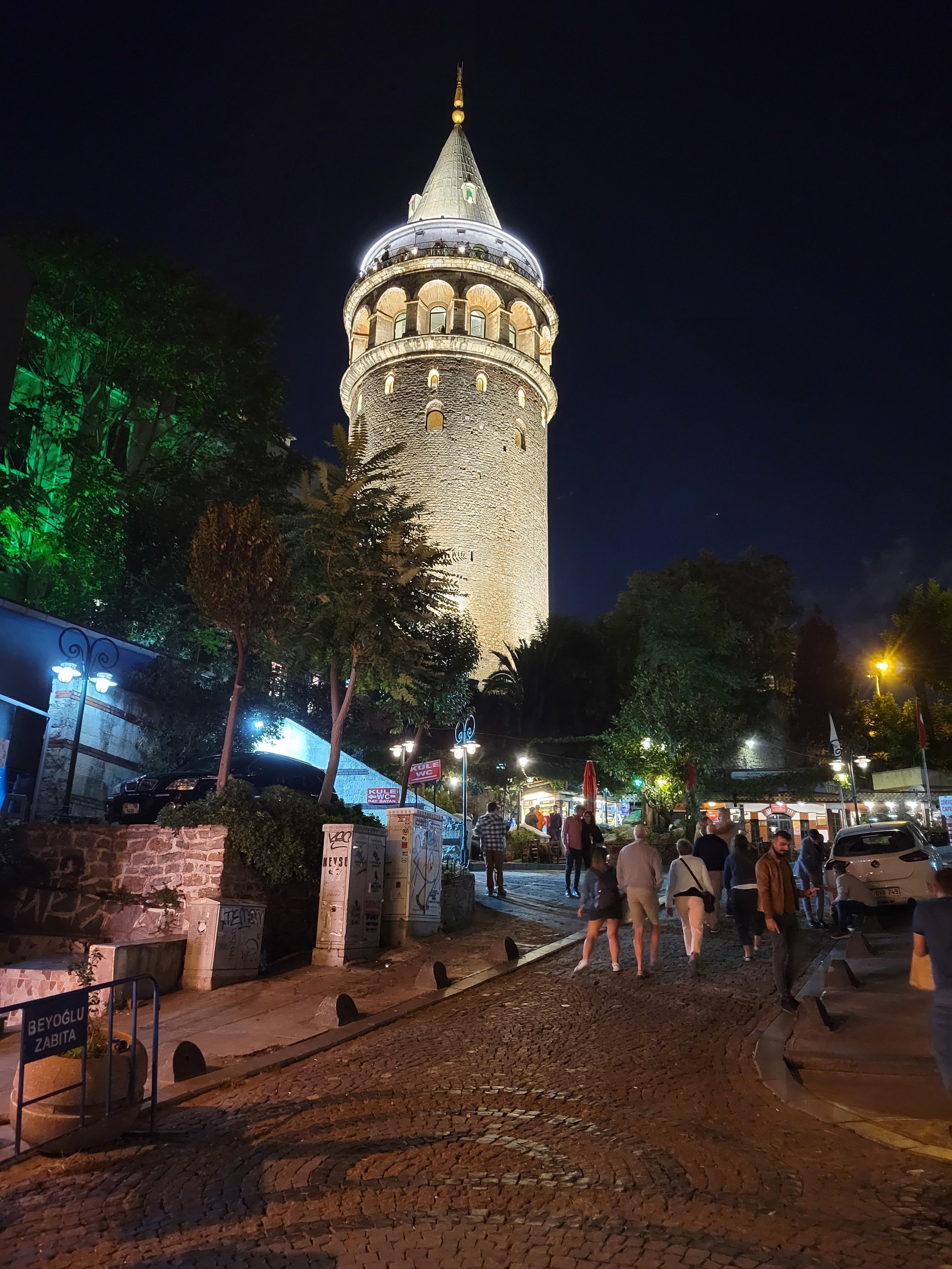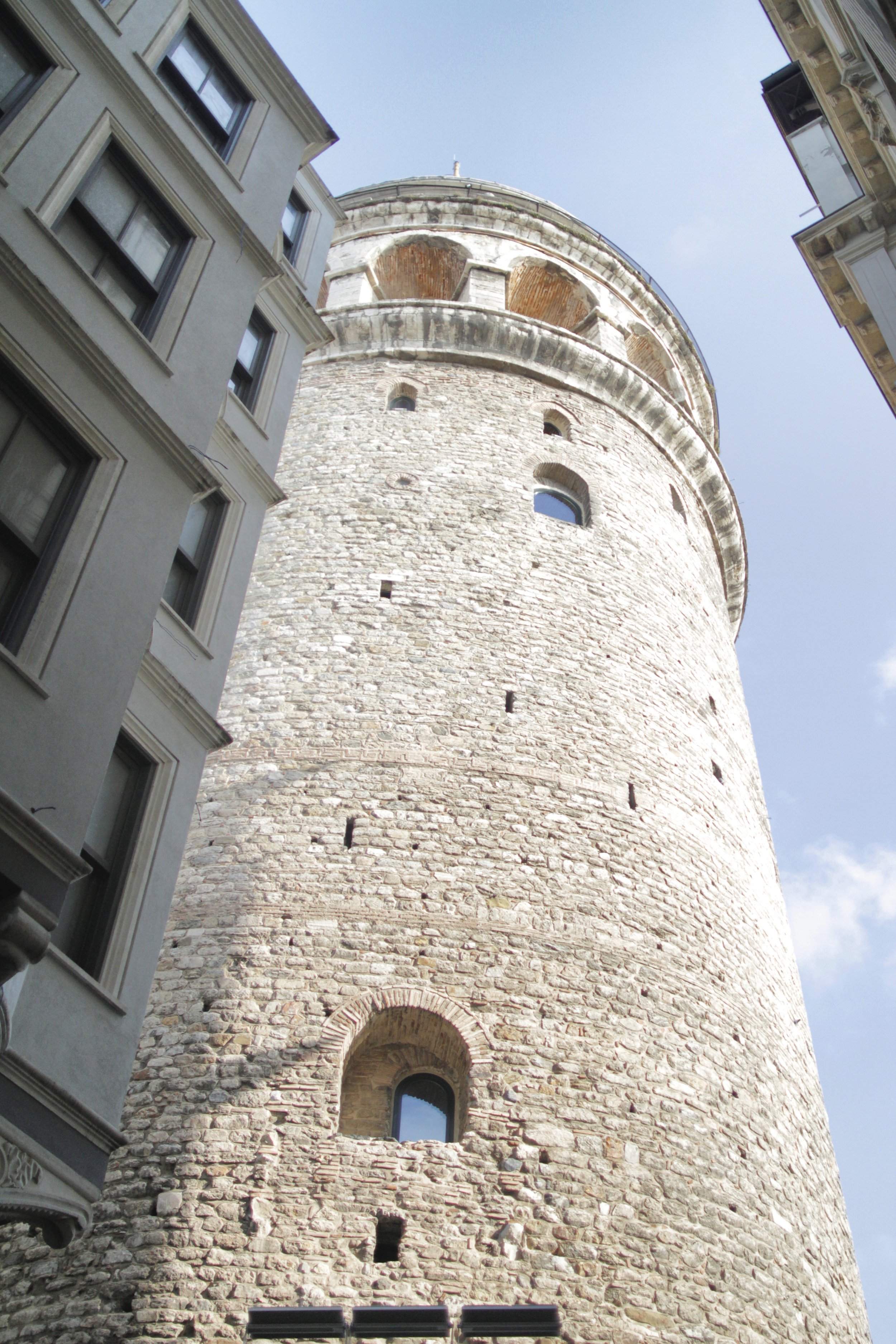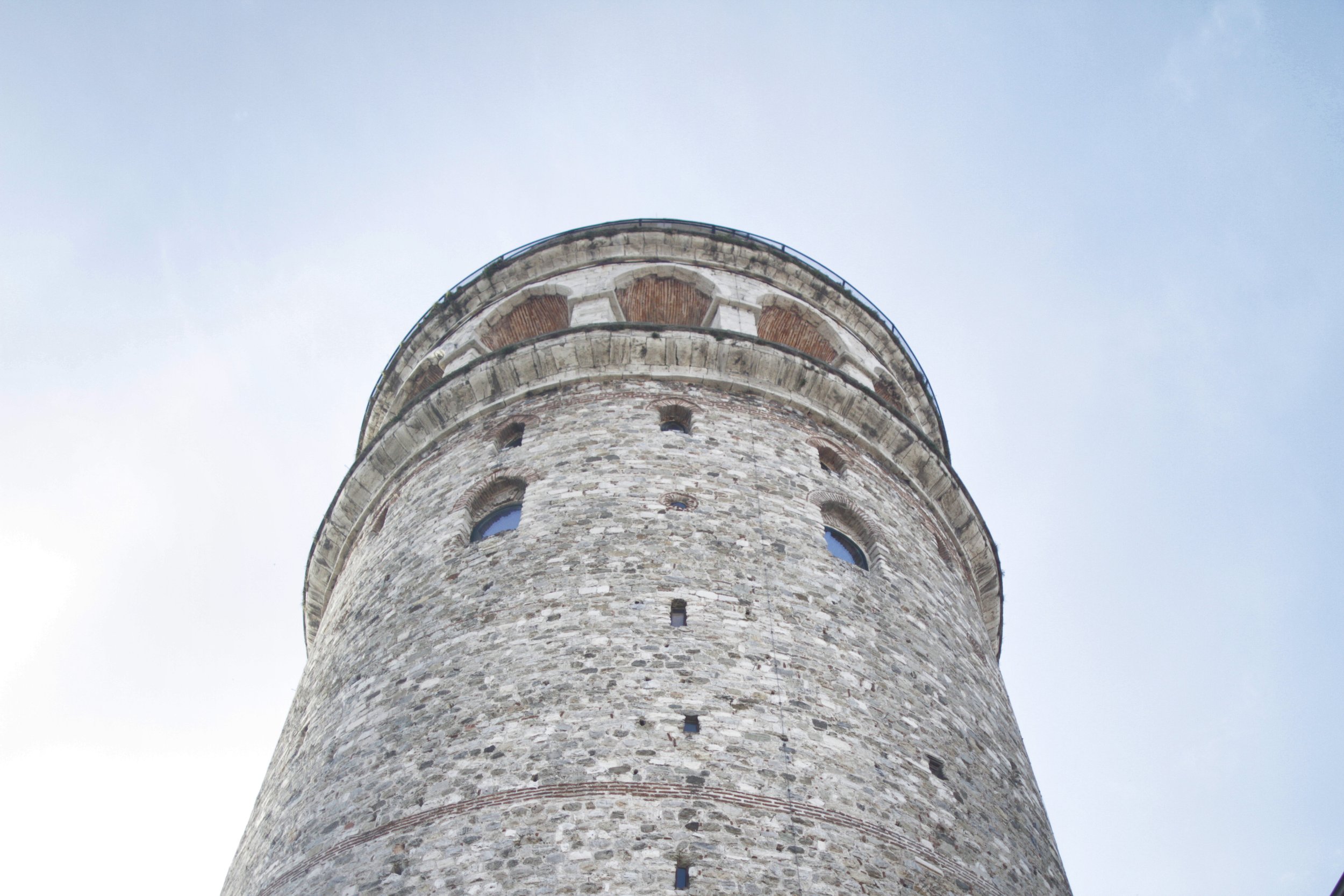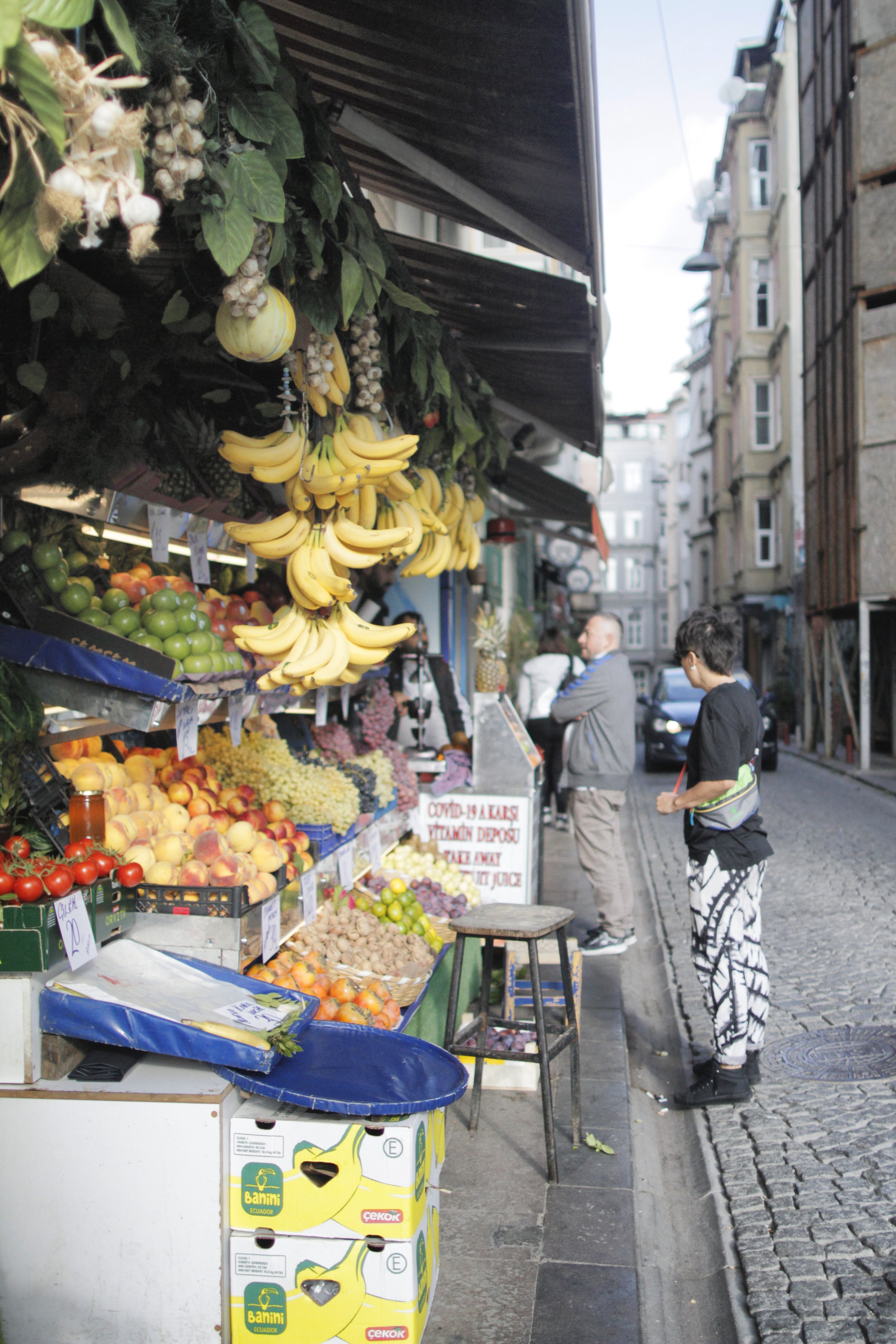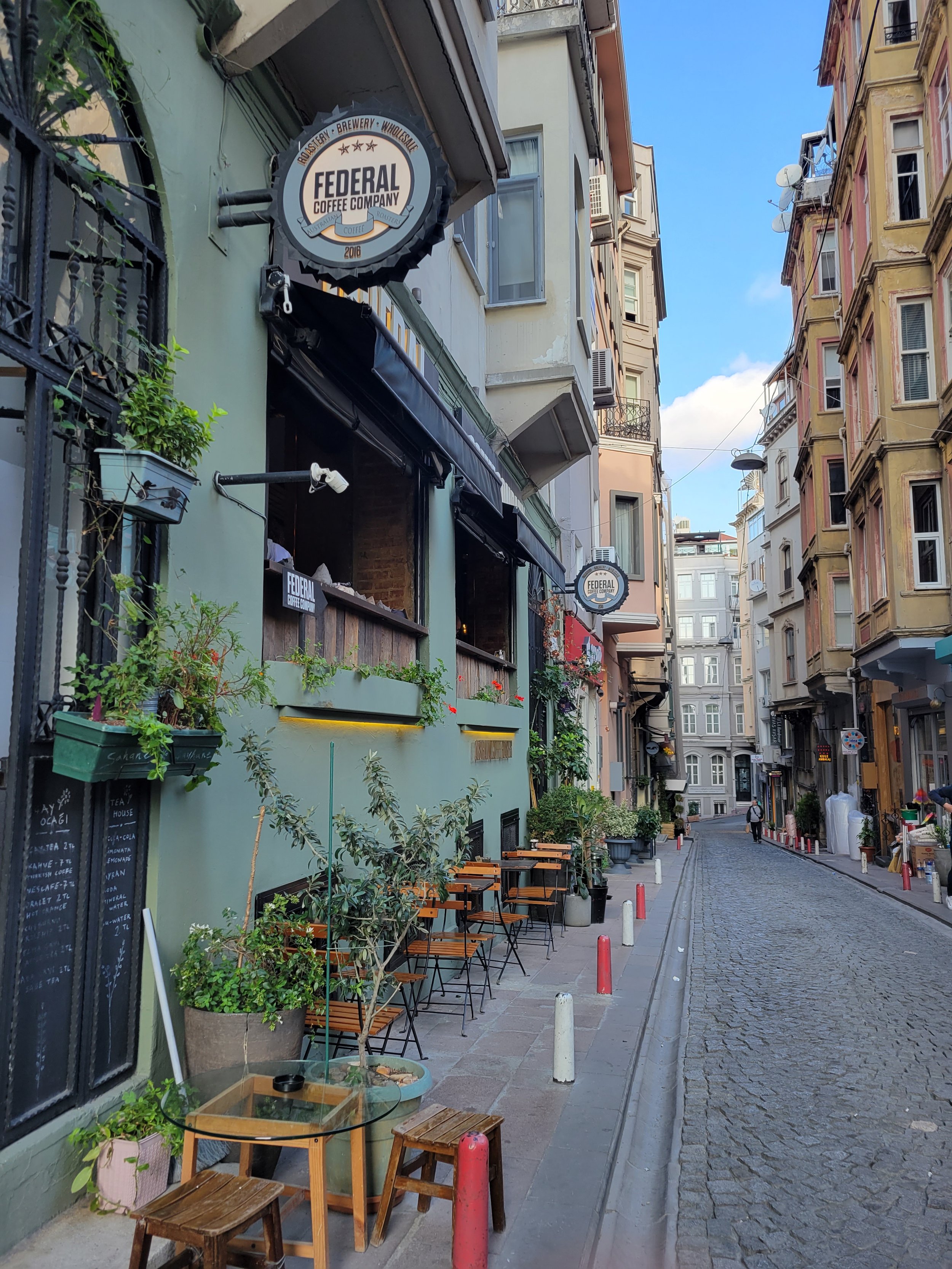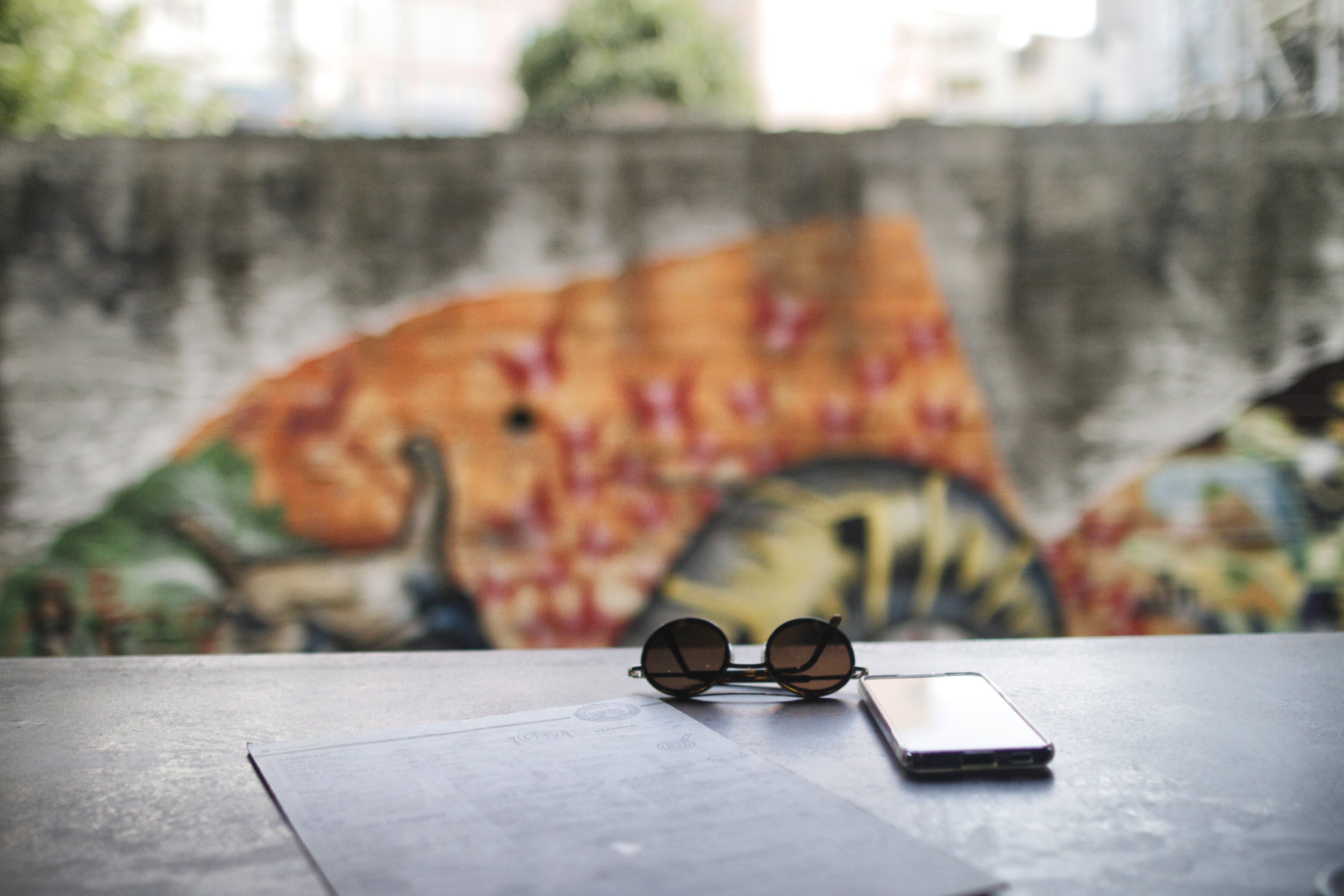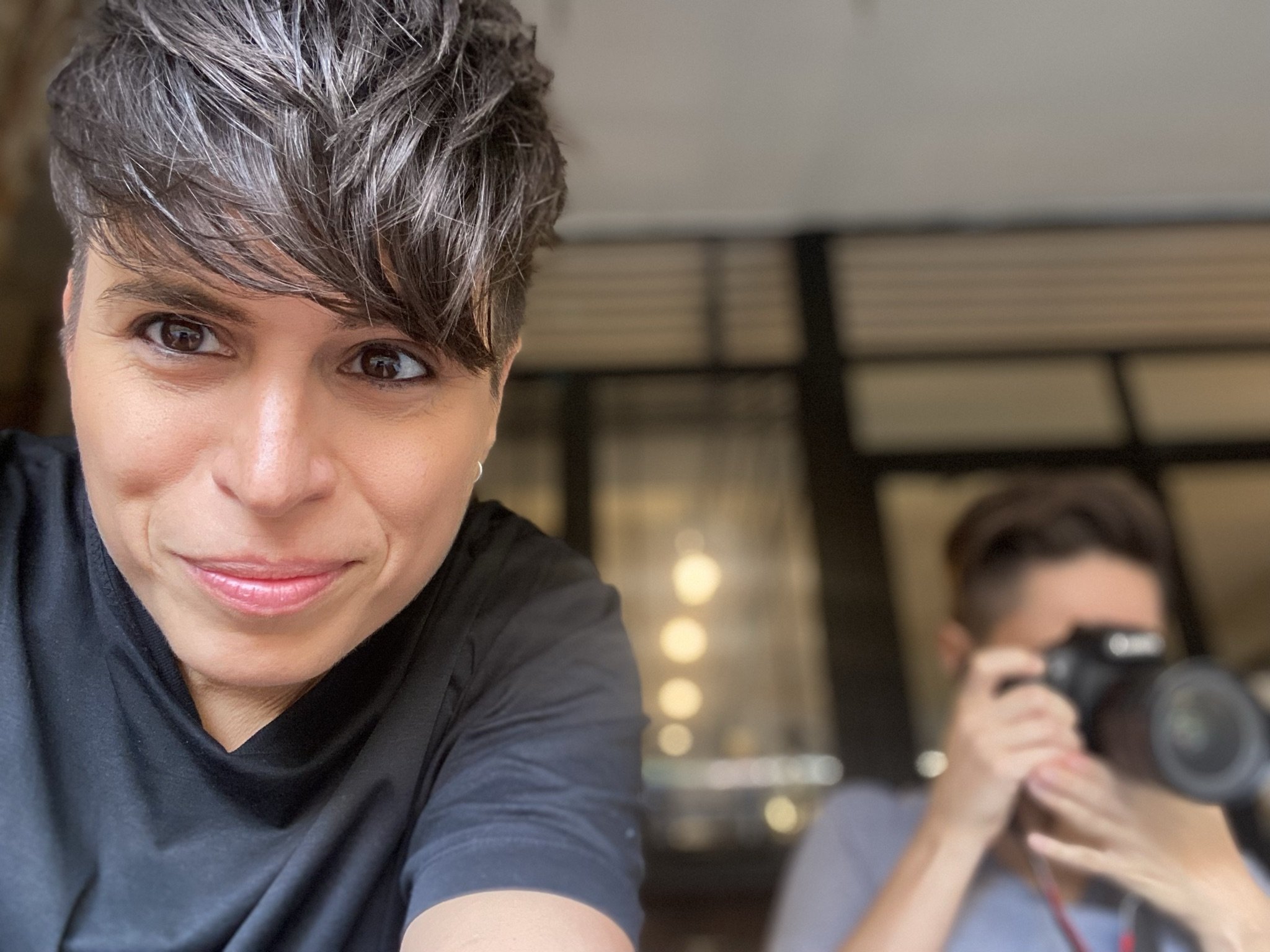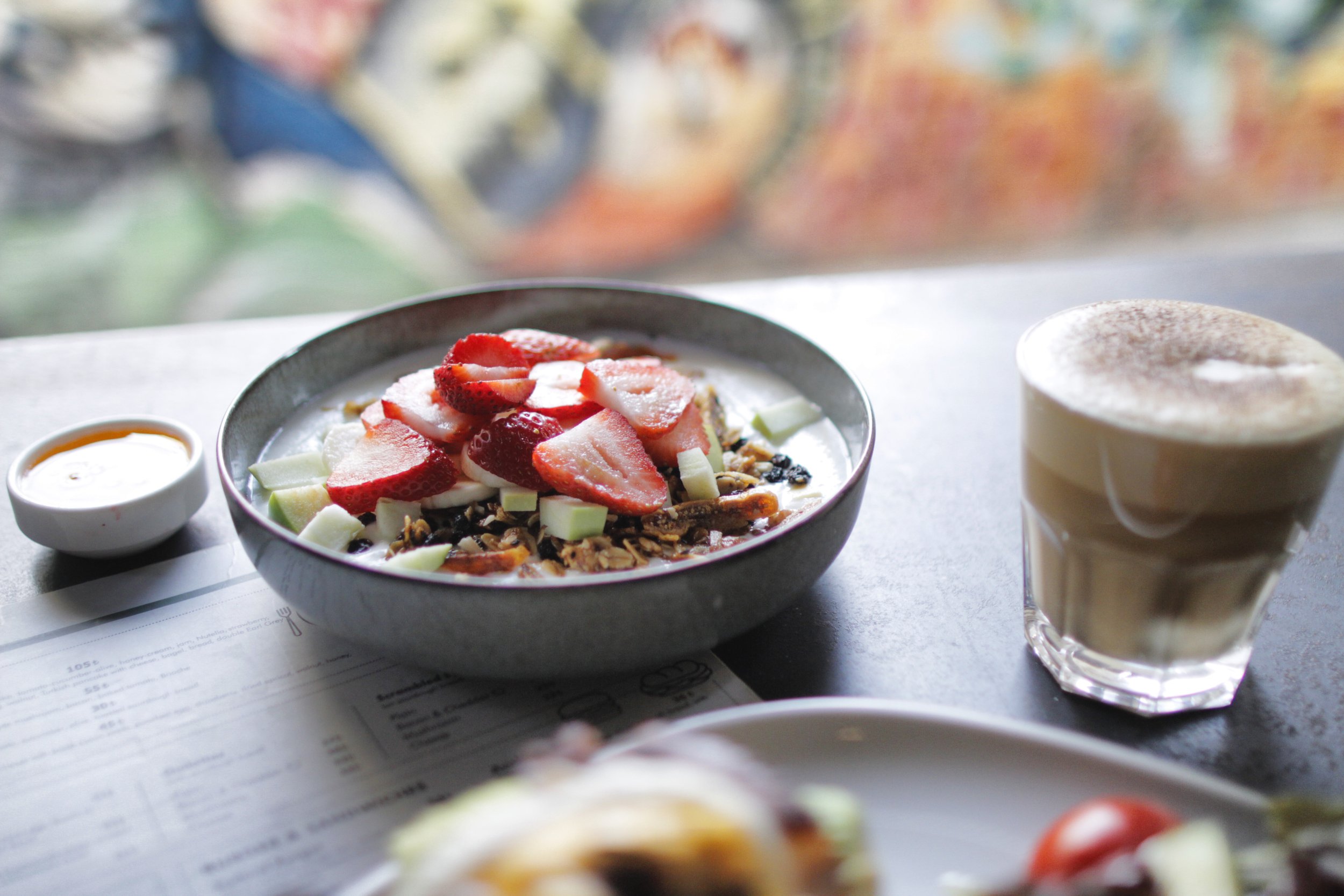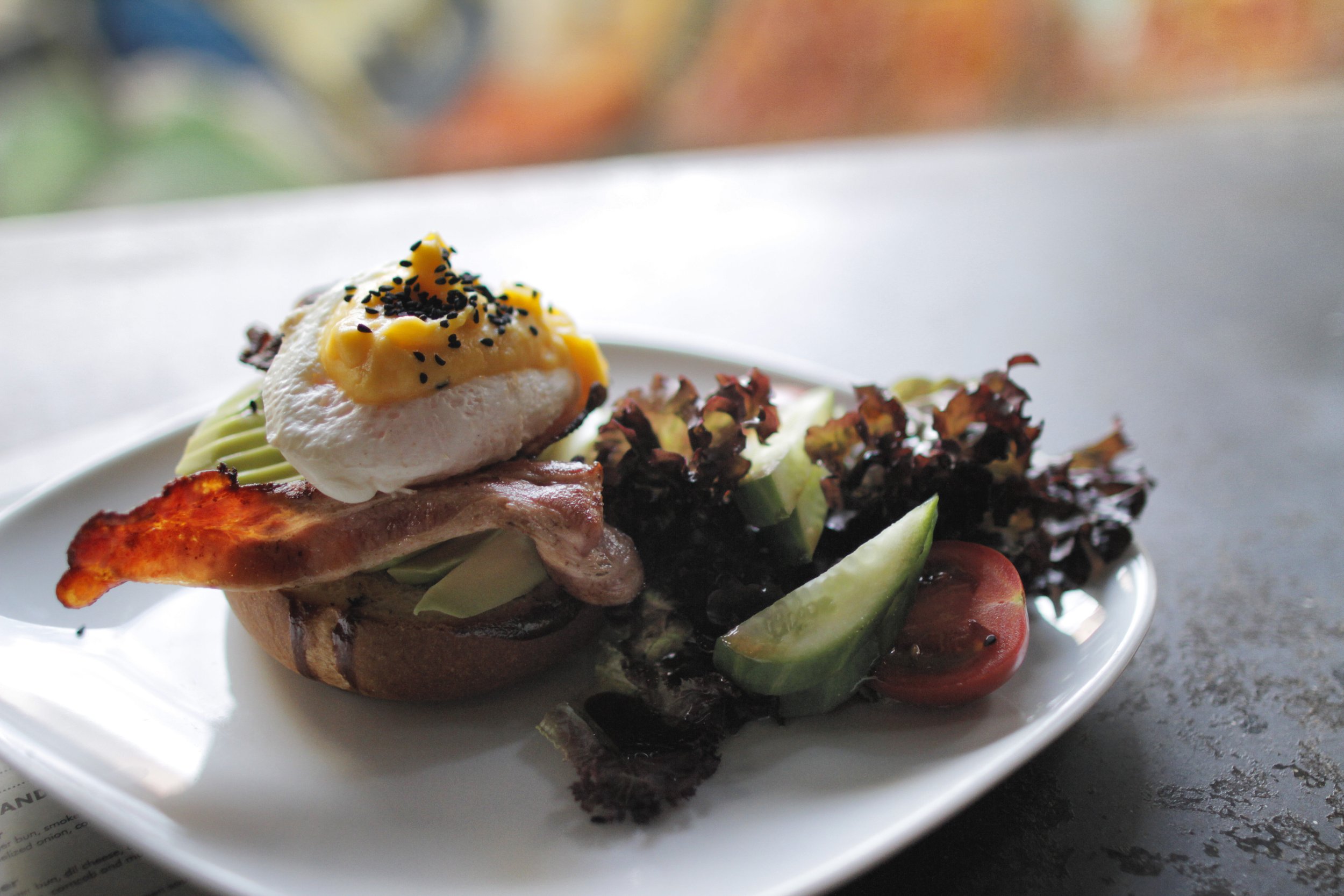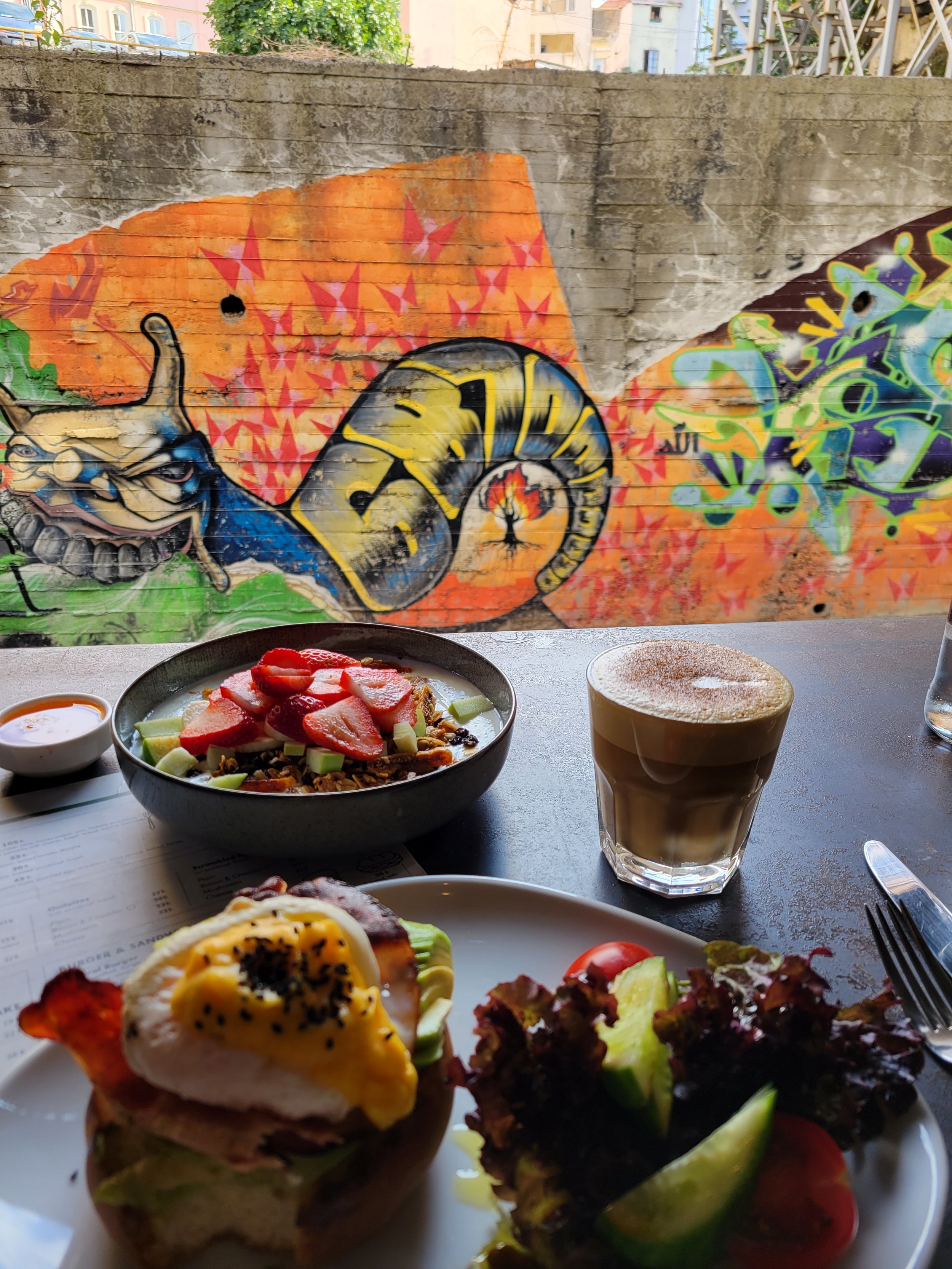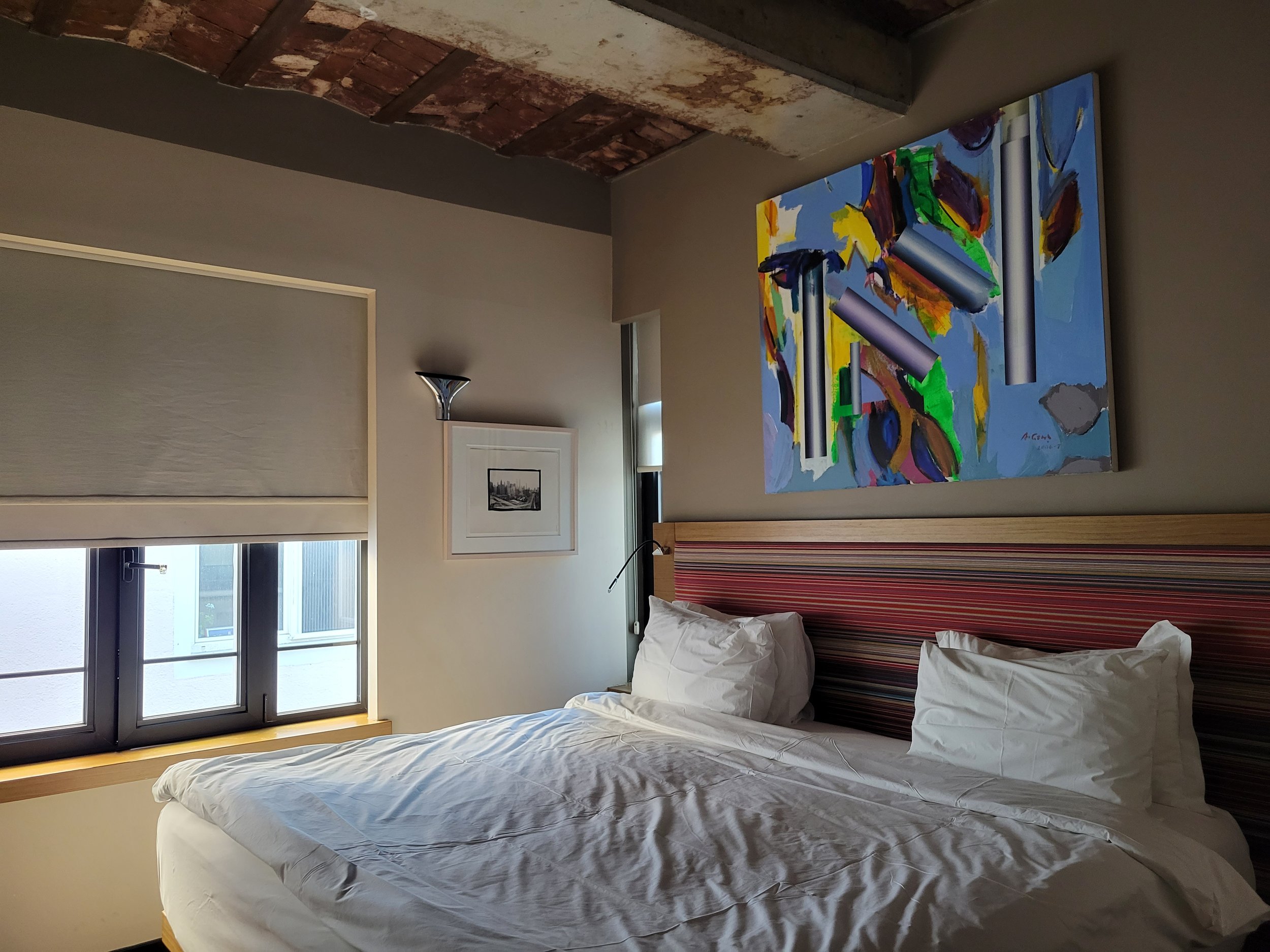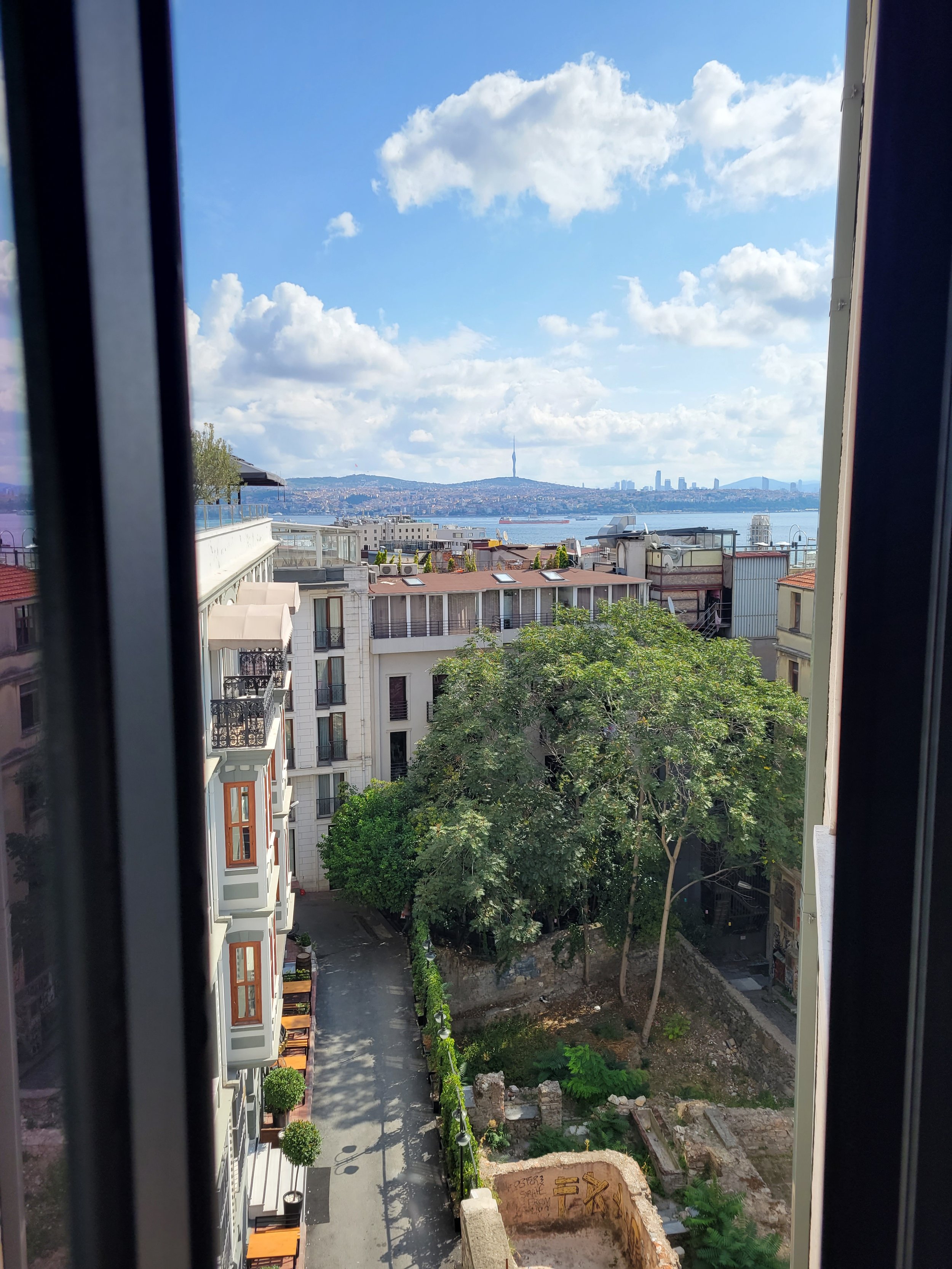Istanbul, Turkey
East Meets West: One City, Two Continents
Turkey, officially the Republic of Türkiye, is a transcontinental country located mostly on the Anatolian Peninsula in Western Asia, with a small portion on the Balkan Peninsula in Southeast Europe. It’s a fascinating country full of wonderful surprises. Just listen to some of these:
Istanbul is the the only city in the world that lies on two continents
Ankara, not Istanbul, is the capital of Turkey
The original name of Istanbul was “Byzantium”
In terms of food production, Turkey is one of the few self-sufficient countries in the world
The name “turquoise” comes from Turkey, meaning 'Turkish', because the mineral was first brought to Europe through Turkey from mines in Iran (Persia) & Afghanistan
There are 82,693 mosques in Turkey
The Turks love their bread (and never waste it)
The story of Santa Claus began in Turkey
We owe coffee to the Turks as they brought coffee to Europe in the 16th century
Turkey has an incredibly young demographic with an average age around 31 years old
The Grand Bazaar has more than 3,000 shops
Noah’s ark allegedly landed on Ararat volcano located in the east of Turkey
Turkey is the largest producer of hazelnuts, 72.9% of the worlds total supply
Istanbul (Old Constantinople) was founded on seven hills, literally
The turks love tea & about 7 pounds per person annually
There are more than 30 ethnic languages in Turkey
At one time, Turkish women could leave their husbands over providing essentials like coffee
The national sport of Turkey is oil wrestling
Istanbul, formerly Constantinople, ancient Byzantium, is the largest city and main seaport of Turkey. It straddles both Europe and Asia across the Bosphorus Strait and boasts an incredibly rich history. The old walled city has stood between conflicts of religion, culture and power for more than 2,500 years. Pulled from the many empires who once ruled Istanbul, it’s these remarkable influences that make the city so special.
Lacking much in the way of previous knowledge about Turkey, our expectations were tremendously exceeded. With two weeks of travel set aside our first stop landed us here in Istanbul, then we flew to Cappadocia at the center of Turkey for its Hot Air Balloons & Fairy Chimneys and southwest valley including Pigeon Valley, Selime Monastery, Ihara Valley & Underground City. After a few magical days in Cappadocia, we moved on to Fes, Morocco, where we explored Fes El Bali’s Walled Medina, Medieval Architecture, Vibrant Souks & Old World Charm, along with adventuring outside the medina walls to see the true Athens of Africa. Our final stops lead us to the Red City of Marrakesh and its northern region for Homemade Butter, Argan Oil & Camel Rides in the Atlas Mountains.
Getting to Istanbul from LAX took about 15 hours of travel time with a layover in Amsterdam. Our first flight with KLM Airlines was ten hours long and second, three hours. Once at the Istanbul airport, we picked up a taxi to our hotel, Bankerhan Hotel, about 20 minutes away. Luckily, the hotel was super cute, right near Galata Tower in Karaköy, the perfect location.
Settle In to Galata
Arriving in Karaköy near Galata Tower was very hectic but nonetheless, special. Our driver spent some time getting lost down the skinny one way streets that seem to get tangled up amongst each other. But once we finally set our eyes on the tower itself, it was such a beautiful sight and a great way to navigate around the neighborhood. Still, that’s not to say it didn’t take some time to get our footing, as it usually does in a new city.
To get a feel for the area, we set out on foot to explore. We made our way up the steep hilly cobblestone streets and followed the crowds north toward Beyoğlu Station. Even though the sun had already began to set, the streets were packed, full of locals and visitors alike, live music, men smoking hookah, cats and dogs running around; it was overwhelming at first.
While roaming the streets, we were pulled into a restaurant by a kind Turkish man. The small tables covered in cloth lined the street at Boncuklu Meyhane. It wasn’t our favorite meal during the trip but was a great start to our Turkish adventure and great people watching. We also learned pretty quickly about hospitality, along with some of the traditional foods and drinks.
As suggested, we ordered hummus, a soft cheese with chili oil, shrimp over eggplant, chicken with chips and rice, beer, wine and of course, Turkish tea served in a tulip-shaped glass called ince belli with sugar cubes. All in all, the meal was pretty tasty.
Later, it was time for Turkish ice cream at Vitavien | Tünel. Some of the flavors were quite incredible; melon and blueberry were two of my favorites.
Get 411 on the Neighborhoods: Karaköy, Eminönü & Kadıköy
As for the best area to stay in Istanbul I won’t even begin to try to explain all the different neighborhoods but I will say there are a few basics that are helpful to understand. First, there is a western portion of Istanbul that is part of Europe. From this European side, you can move from Beyoğlu or Karaköy (northern areas) to Eminönü (southern area) on foot by crossing one of the bridges. Second, there is an eastern portion of Istanbul which is part of Asia, called Kadıköy.
In my opinion, the Beyoğlu and Karaköy areas located near Galata Tower, are the best to stay. Described as a hip harbor side neighborhood where trendy cafes and late-night cocktail bars fuse with family run bakeries and neighborhood shops. There’s also a vibrant contemporary art scene, with Ottoman era buildings covered in street art and boutiques of young fashion designers sprinkled about.
Eminönü is also a harbor side neighborhood with a closer feel to the water. This area buzzes with activity as boats unload passengers at the ferry docks near the city’s bazaars. The Spice Bazaar, or Egyptian Bazaar, has stalls overflowing with fruit, teas, sweets and spices, while the halls of the Grand Bazaar are a colorful mess of jewelry, carpets, fabrics and lamps. The gorgeous Süleymaniye Mosque towers over the area, while the 16th-century Rustem Pasha Mosque is recognized for its Iznik tiles, a decorated ceramic produced from the last quarter of the 15th century until the end of the 17th century.
Kadıköy on Istanbul’s Asian shore, is a relaxed residential neighborhood known for its vibrant fishing and produce market, Turkish pizza (called lahmacun), olives and stuffed mussels. Its winding streets are lined with cool cafes, indie boutiques and Anatolian eateries that eventually lead to incredible views stretching across the Sea of Marmara near the Moda neighborhood. There, the Kadıköy Moda Sahil Parkı ve Yürüyüş Yolu is a grassy seafront promenade popular for jogging, picnicking and enjoying sunset views.
Cross Galata Bridge & Explore the Spice Bazaar
Breakfast began at Dukkan Galata, a cozy little cafe known for homemade granola, avocado toast and fresh juices. Of course, we both ordered the toast with sourdough, avocado sauce, scrambled eggs and smoked turkey. To drink, a latte and fruit juice with ginger, apple, lemon and cucumber. Just keep an eye on your plate as there are so many hungry cats in this area.
Multiple bridges are used to cross the Golden Horn, a major urban waterway and the primary inlet of the Bosphorus in Istanbul.
From breakfast, we crossed the Galata Bridge on foot heading south on the European side into the Eminönü area.
Moving toward the Spice Baazar, we began to see some of Istanbuls most recognizable sights; mosques dotting the skyline, fisherman with rods dipping into the blue water and street foods of all kinds, especially simit, deliciously twisted bread rings covered in sesame seeds.
Eventually, we bumped into the spice market, Mısır Çarşısı. Second to the Grand Baazar, the Spice Bazaar is the most famous covered shopping complex. Built in 1664, this market is one of the most colorful bazaars of Istanbul and offers countless varieties of tea, spices, sweets, caviar, dried nuts and more.
Inside, it was both magical and inundating at the same time. It’s always tough to know where to give your attention with so many vendors calling out. From my experience, the deeper you go the better the prices and less pushy the vendors. Stopping at the first vendor you can expect to get overcharged a bit (just as we did).
Either way, the colors and smells were otherworldly. Each stall meticulously stacked their items in perfect piles, one by one, as if no one would ever disturbed them. Every bin was full, overflowing even, with almost anything you could imagine, my favorites being the sweet treats, mixed varieties of tea, jars of honey and nuts. For tea, I selected a lovers blend with roses, as well as another mixture meant for good health and digestion. I also picked up a beautifully carved silver spice grinder which now sits on my 1920’s oven.
It wasn’t uncommon for the owners of the stalls to offer a taste or a smell so you could be certain you made the right selection. Straightaway, we tried a few coconut and pistachio sweets called Turkish Delights. Possibly the most famous sweet treat in Turkey, these confections also called lokum, have been produced in Turkey and Iran (Persia) since the 18th century and are formed with a gel of starch and sugar with chopped dates, pistachios, hazelnuts or walnuts bound by the gel. Flavors vary but the most popular are rosewater, mastic gum, lemon, orange, bergamot, cinnamon and mint. Each sweet is eaten in a small cube dusted with powdered sugar, copra (dried white flesh of coconuts) or powdered cream of tartar. And, wow, were they delicious, sticky and sweet with a crunch; pistachio with rose was my favorite.
It was hard to tell when but at some point we left the bazaar and went out into the open air markets surrounding the area. Street after street, vendors were selling all kinds of goods. They had herbs and spices, olives, cheeses, fruit, meats and so on.
Street vendors were also selling roasted chestnuts, one of my favorite snacks. And of course, so many sweets made with honey, especially baklava. Baklava is a layered pastry dessert made of filo dough, filled with chopped nuts and sweetened with syrup or honey. It was one of the most popular sweet pastries of Ottoman cuisine and is still loved today.
Our next stop was the oldest candy shop in Istanbul, Altan Şekerleme, a fifth generation family business founded in 1865. It’s been run by males up until recently when its first female generation took over. The shop offers a wide range of candies including akide, Turkish Delight, halva, dragee, jelly and confectionery.
Altan Confectionery continues to use recipes passed down through the years, as well as traditional preparation methods dating back to 1865. On our visit, we tried Turkish Delights of mint and apricot, and bought a number of other treats to go.
Appreciate Suleymaniye Mosque
In the Eminönü area located on the Third Hill lies Suleymaniye Mosque, an ornate 16th century Ottoman imperial mosque with gardens, restaurant and terrace views overlooking the Golden Horn. It was commissioned by Sultan Suleiman the Magnificent, designed by the imperial architect, Mimar Sinan, and built between the years of 1550 to 1557.
As we entered the Suleymaniye Mosque, we came upon an inner courtyard filled with a bright green lawn. From there, we entered another courtyard within and were shocked at its beauty. Open daily and free of charge, those entering should dress modestly, remove shoes and cover their heads with a scarf, if women. Personally, I didn’t notice much of these traditions being honored but we didn’t enter the actual structure, only the inner courtyard.
For 462 years, the Süleymaniye Mosque was the largest mosque in the city until it was surpassed by the Çamlıca Mosque in 2019. It stands as an epic symbol of the late Islamic Ottoman Empire's military strength and imperial power and is a beautiful tribute to both the sultan and the architect. Suleiman I was the longest-reigning sultan of the Ottoman Empire, from 1520 to 1566, and is considered by some as a “Second Solomon” because of the harmony and justice reached under his rule. Süleyman I and his wife, Roxelana, are now entombed in the courtyard.
Like all great and important mosques of the period, this mosque was built as a complex including a hospital, library, madrasa (college for Islamic instruction), kitchen and hospice for the poor, hamam and shops which served both religious and cultural needs.
The interior is considered simple, yet breathtaking. The huge central dome stands 174 feet high and there are more than 200 stained glass windows decorating the mosque.
It was tough to leave the courtyard as it was so peaceful inside, a respite from the busy city. What a gorgeous experience; wishing we’d gone into more of the mosques in Istanbul.
After leaving the mosque we looped around the Grand Bazaar and back toward Galata Bridge, bumping into more simit vendors, a train stop and even a protest of sorts.
It was finally time to try simit with a side of cream cheese (off my #glutenfree wagon). What a delicious snack and definitely not the last time I’d be eating one of these tasty treats.
Walking back over the Galata Bridge was even more gorgeous the second time around. The deep blue water looked full of life and was quite active. Along the shoreline and bridge, fisherman had lines out hoping to catch something fresh, while vendors sold all kinds of goodies.
Sample All Things Meze
On a very quiet side street just a few minutes walk from Galata Tower, was Pera Antakya, a special restaurant serving Antakya cuisine, food from the southernmost province of Turkey. Originally unsure of the restaurant, we decided to give it a try and were pleasantly surprised, delicious bites and exceptional service.
Similar to Spanish tapas or Italian antipasti, we opted for the meze or mezza. Meze can be served as part of a multi-course meal or be a meal in itself. By definition, it’s a selection of small dishes served as appetizers in Levant (present day Israel, Jordon, Lebanon, Palestine, Syria and most of Turkey), Greece, the Balkans, Caucasus (region between the Black Sea and the Caspian Sea, mainly comprised of Armenia, Azerbaijan, Georgia, and parts of Southern Russia) and Iran.
We selected eight varieties of meze, mostly dips and spreads. Nearly all eight were really good especially the salted yoghurt and baba ghanoush. Baba ghanoush is traditionally a Levantine appetizer made with finely chopped roasted eggplant, olive oil, lemon juice, spices and tahini. Another tasty part of the meal was a spinach flat bread.
To finish, the server offered tea and a pumpkin dessert on the house. This winter-time seasonal dessert, kabak tatlısı, had a similar texture to taffy and is typically made by cooking peeled pumpkin with sugar and sometimes milk. It’s topped with chopped walnuts, tahini and kaymak (similar to dulce de leche). The dessert wasn’t my favorite but worth a try and for the tea, it’s black so adding sugar helps.
Another treat that’s worth a try is tulumba or bamiyeh, fried batter soaked in syrup, similar to churros. This deep-fried dessert is found in Turkey and other regional cuisines of the former Ottoman Empire.
Unwind at a Turkish Bath
Although we didn’t really understand the full Turkish bathhouse experience we were up for the challenge, scheduling a massage at Kılıc Ali Pasa Hamam, $50 USD for 50 minutes. Originally, we assumed we’d be able to enjoy some of the bathing areas but it ended up as just a massage. Still, it was incredibly relaxing and worth the trip.
Traditionally, a Turkish bath or hamam is a type of steam bath or place of public bathing associated with the Islamic world. It’s an important part of the culture and was adopted from the Roman imperial bath complexes. Muslim bathhouses were historically found in Southeastern Europe under the Ottoman rule, along with many other areas such as North Africa, Middle East, Central Asia and the Indian subcontinent. The Victorian Turkish bath, a variation on the Muslim bathhouse, became favored as a form of therapy, method of cleansing and a place of relaxation during the Victorian era.
In a modern hamam, visitors undress themselves keeping covered with a towel or robe and proceed into progressively hotter rooms. Then they are washed by a same-sex staff member with soap and vigorous scrubbing, finally rinsing off with warm water. Our true hamam experience wouldn’t happen until we reach Morocco.
As we entered, a staff member took our temperatures and checked our HES code, which was needed before entering Turkey and had to do with Covid health precautions at the time. Then were were checked in and given a small cup of hibiscus tea. As we enjoyed our tea, we couldn’t help but notice the beautiful interior of the bathhouse. It’s bones remarkably old but new areas added, such as the wooden lofts used as changing areas.
As history goes, in the 16th century, Kılıç (the “Sword”) Ali Paşa was one of the greatest admirals in Ottoman history. He commissioned the great architect, Mimar Sinan, to build Kılıç Ali Paşa Hamamı as part of a mosque and school complex. It was constructed between 1578 and 1583 to serve the marine forces in the Ottoman navy. Famous for its architectural lines and majestic dome, the hamam is a symbolic building in Tophane, Istanbul’s harbor district. And in efforts to provide guests with a remarkable historical experience, the hamam underwent seven years of meticulous and intensive restoration and is now open to the public.
After our tea, we were guided upstairs into the wooden mezzanine to disrobe and change into towels. From there we were led into a private room for our 50 minute massage. Overall, a really nice experience, full body but not too deep. Afterward, we relaxed on the sofas in the lounge with another cup of tea and warm blankets.
Devour a Traditional Turkish Breakfast
Perhaps my favorite breakfast experience in Turkey was at Cafe Privato Restaurant, described as a rustic-chic eatery offering traditional fare for breakfast, lunch and dinner. Things started off right with a cute little table and sofa outside along the street.
Breakfast began by ordering a latte, lemonade with orange and mint, as well as a mixed fruit juice of pomegranate and oranges. To eat, it was finally time to try a traditional Turkish breakfast of menemen, alongside its many accompanying dishes. Menemen is a popular Turkish dish of eggs, tomato, green peppers and spices like black and red pepper, cooked in olive oil. Often debated, onions can be added as well but would more likely be eaten as a main dish rather than breakfast, if so.
One by one, the table itself began to disappear as the dishes came out from the kitchen. Included in the traditional breakfast was a variety of stone fruits, cheeses, butter, avocado, olives, honey, fried egg, pancakes, jams, friend cheese and a dill cucumber salad. We couldn’t believe our eyes, everything was so fresh and tasty, so colorful and full of flavor. The best part was creating countless combinations and flavor profiles by mixing and matching each dish.
Then, the main dish of menemen arrived. A deep red and rich tomato flavor, it was one of my favorite dishes in Turkey. All in all, Turkish breakfast was incredibly delicious and we enjoyed every bite.
Turkish coffee is typically served after a meal; I definitely had to give it a try. This style of coffee is prepared in a cezve, a small long-handled pot with a pouring lip, using very finely ground coffee beans without filtering.
The coffee was served in a small porcelain cup called a kahve fincanı and had a strong, bold, bittersweet taste and a concentrated gritty body due to the way its brewed. Even with adding a few sugar cubes, I wasn’t able to finish more than a few sips. The coffee grit was nearly half way up the tiny cup.
Ferry Over to Kadıköy for the Day & Try Turkish Pizza
It was time to venture over to Kadıköy, the Asian side of Istanbul but we needed to figure out the ferry tickets. At first we tried to locate tickets on the west side of the Galata Bridge near the fish market but were told our best option was to head directly over to the ferry’s on the opposite side. There, we would find vending machines to purchase tickets. For only $1 - $2 USD each way, we bought tickets and entered the waiting area. Hoping we had hopped on the correct boat, we waited patiently.
First, the ferry slowly moved south to Eminönü, then on to Kadıköy. We enjoyed the windy and slightly chilly views from the seats outside and noticed some purchasing hot tea and snacks onboard.
After landing, we moved away from the crowds near the ferry terminal and wandered into the smaller streets lined with shops, bars and eateries. Cafes, fast food restaurants, pubs, markets, one after another, as we made our way deeper into the neighborhood.
Without getting too far, we stopped for lahmacun, often referred to as Turkish pizza. Incredibly, this treat was only $1 USD and worth every penny. Ours was covered in meat, tomato and spices with sides of lettuce, pickles, peppers and green herbs.
Traditionally, lahmacun is a flatbread topped with minced meat, vegetables and herbs including onion, garlic, tomato, red peppers and parsley, flavored with spices like chili pepper and paprika, then baked. Often times, it’s then wrapped around pickles, tomatoes, peppers, onion, lettuce, parsley or roasted eggplant.
It’s thought that lahmacun wasn’t popular in Istanbul until the mid-20th century and before that was found in Arab countries and southern regions of Turkey. For thousands of years, flatbread had been cooked on metal frying pans and used to wrap meat and other foods like vegetables for convenience and portability. However, during medieval times they began cooking them together.
The hilly streets sprinkled with boutiques and eateries eventually lead us to incredible views stretching across the Sea of Marmara near the Moda neighborhood. Along the coastline is a grassy seafront boardwalk covered with people enjoying the gorgeous weather.
Another highlight was Kadıköy’s vibrant open air fish and produce market, filled with stalls selling all kinds of fresh goods and seafood, mingled alongside restaurants, shops, charcuteries and bars. A treasured spot for locals, it’s possible to select something right off the display and have it prepared in front of your eyes. The narrow pathways of the fish market can get quite busy so it’s best to take some extra time and enjoy this area.
One more street food we tried was dürüm at Ayla Tantuni. Dürüm is a Turkish wrap made from flatbread filled with typical doner kebab ingredients like seasoned rotisserie meat, tomatoes and onions. We tried one beef and one chicken, served with yellow peppers.
Our last stop in Kadıköy was a sweets shop near the ferry terminal for profiteroles. A profiterole or cream puff, is a filled pastry ball with a sweet moist filling of whipped cream, custard, pastry cream or ice cream.
The puffs can be decorated, left plain or covered with chocolate sauce, caramel or a dusting of powdered sugar. I was impressed by this gorgeous pyramid stacked high, dripping in chocolate. They also had a number of other desserts on display if profiteroles aren’t your thing.
Coming to an end, the day in Kadacoy had been so much fun, although not as exciting as we had hoped. It did, however, reinforce our idea that the area surrounding Galata Tower was the best area to stay. The ferry ride back was cold and windy but gorgeous as the sun began to set against the water.
For dinner, we joined F&B Culture, trying a kebab wrapped in pita, gnocchi, falafel, beer and sangria. Although the spot looked super cute and had great reviews we didn’t find it very good, especially with a mistake on my cocktail.
But what was amazing was the Galata Tower at night; lit up as a perfect beacon on the top of the hill. Istanbul truly took on a life of its own after dark.
Breakfast at Federal Coffee Company
The Galata Tower, officially the Galata Kulesi Museum, is a mid-14th century Genoese tower in the Galata part of the Beyoğlu district of Istanbul. Built as a watchtower at the highest point of the Galata Walls, the tower is now an exhibition space, tourist attraction and museum.
It’s possible to enter the tower for 100 Turkish lira or about $5 USD, take the elevator to the 6th level and walk up the stairs for extraordinary views of the surrounding city, Bosphorus Strait and Golden Horn.
Near Galata Tower and really every neighborhood in Istanbul you can find colorful fresh food markets along the street side. It’s one of the most impressive facets I discovered while in Turkey; the amount of pride taken in their nourishment. In terms of food, Turkey is one of a few self-sufficient countries in the world. It’s their fertile soil, moderate climate and abundant rainfall that allows almost any type of crop to grow but it’s more than that; Turkey takes great joy in fresh healthy food which can be found almost anywhere in the city.
Our final breakfast stop was at Federal Coffee Company or Federal Galata, which describes itself as an Australian coffee roaster serving all types of coffee, tea, breakfast, sandwiches, burgers, bowls, pastas, salads and desserts.
We sat on the second level overlooking the busy street below and dove into the menu. I was particularly excited about their drinks, offering things like a chocolate chai latte or crazy mocha with espresso, chocolate, banana, caramel, hazelnut, cinnamon and chocolate cream.
Wanting to try everything on the menu, we settled on an espresso chai latte, iced chai latte and granola with strawberry, banana, fig and honey, FED Benedict with avocado, poached egg, bacon and hollandaise sauce on a brioche bun, along with a lamb burger with corn and potato salad.
Everything tasted perfect and felt so indulgent. We enjoyed every bite, especially the drinks.
After breakfast it was off to our next destination, Cappadocia, where hot air balloons and fairy chimneys were the norm. Located in central Turkey, the flight lasted only one hour so we arrived in no time.
Before arriving, I truly didn’t know much about Istanbul but I was completely blown away. It was much more modern and even more European that I had imagined (including all the cigarette smoke). Istanbul was everything delicious, breathtaking and charming as I’d hoped and there were still so many other sights we didn’t have time to visit making it worth returning someday.
Hot Air Balloons & Fairy Chimneys
Cappadocia, Turkey
Bankerhan Hotel
Bankerhan Hotel was a real pleasure, located in a historical building in the Galata quarter dating back to the 18th century. The design of the space felt eclectic, rustic and boutiquey with lots of brick, cement and art throughout.
With 36 guest rooms, ours on the fifth level had a perfect view of the Bosphorus Strait and even though the room was a bit small it was cozy and incredibly comfortable. What a great find.


